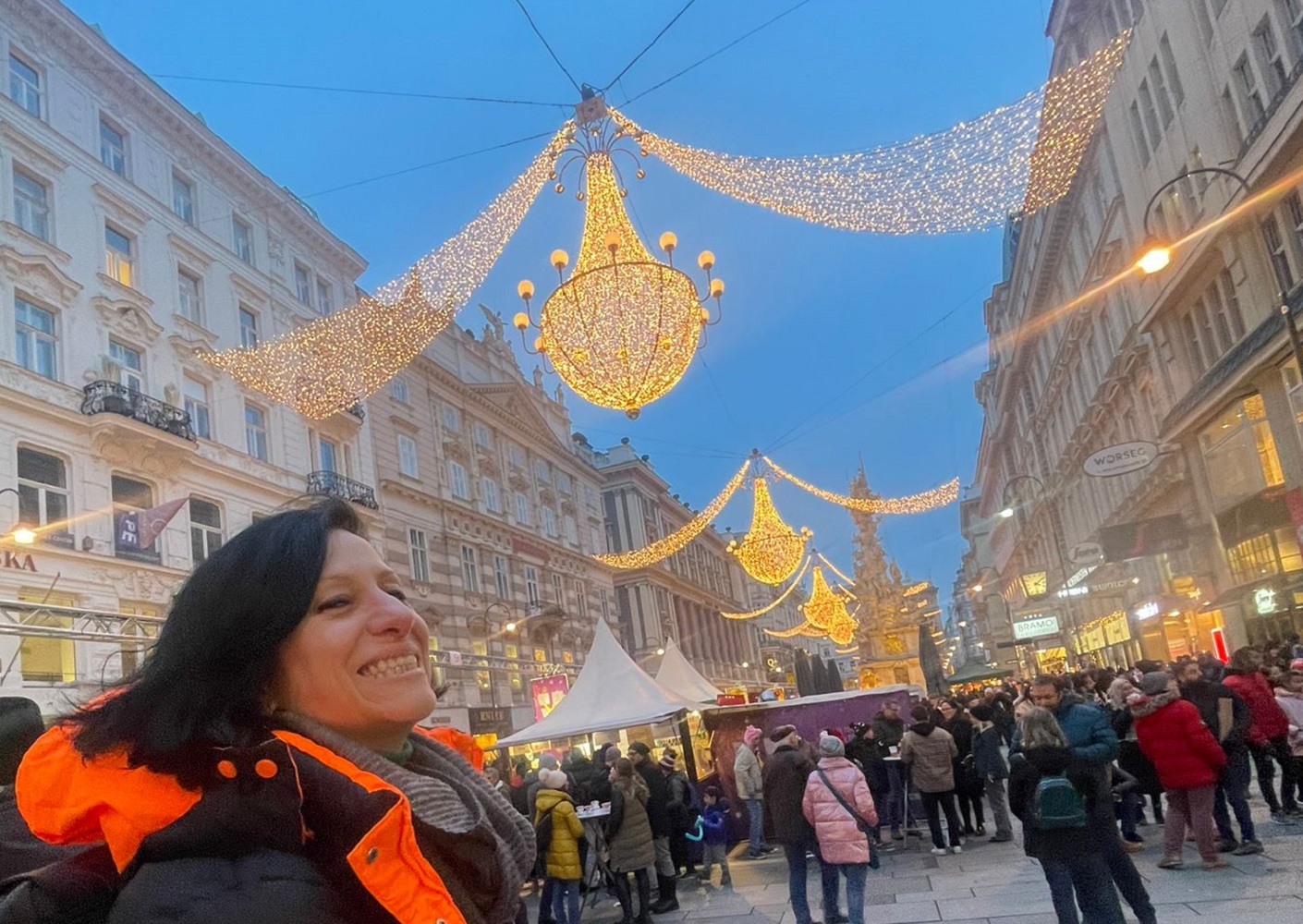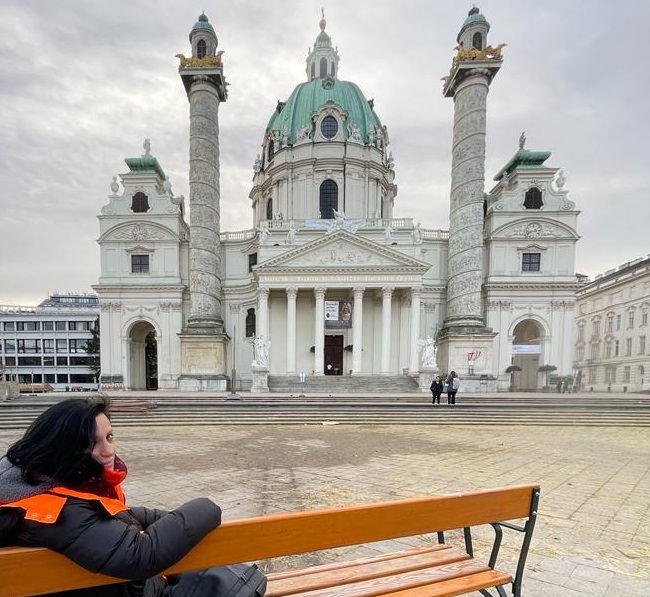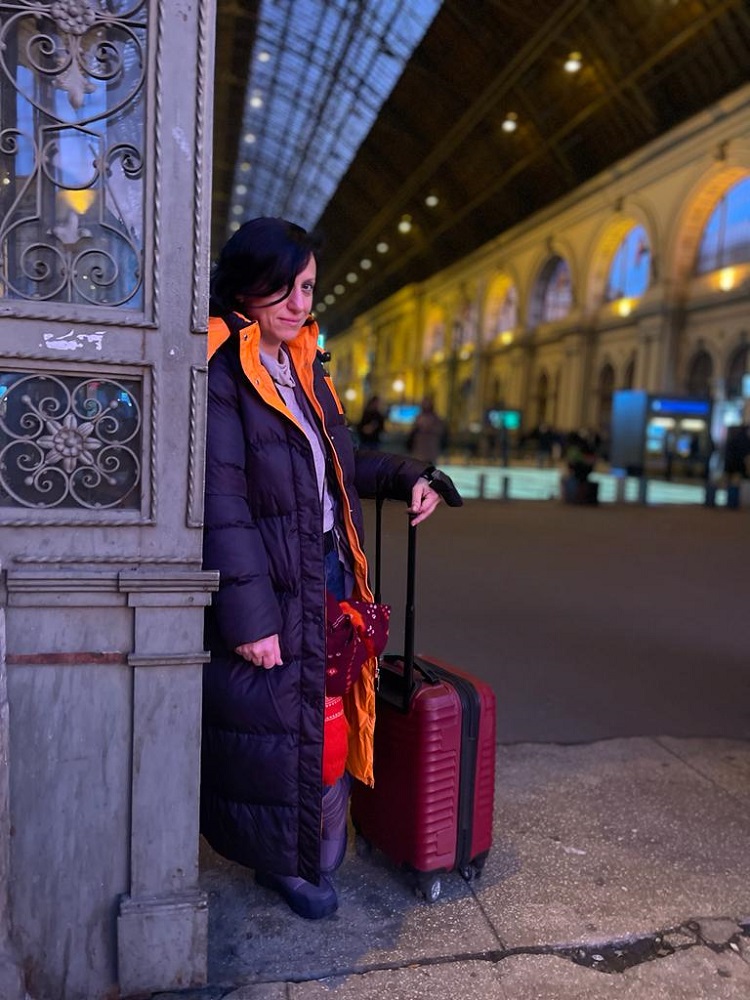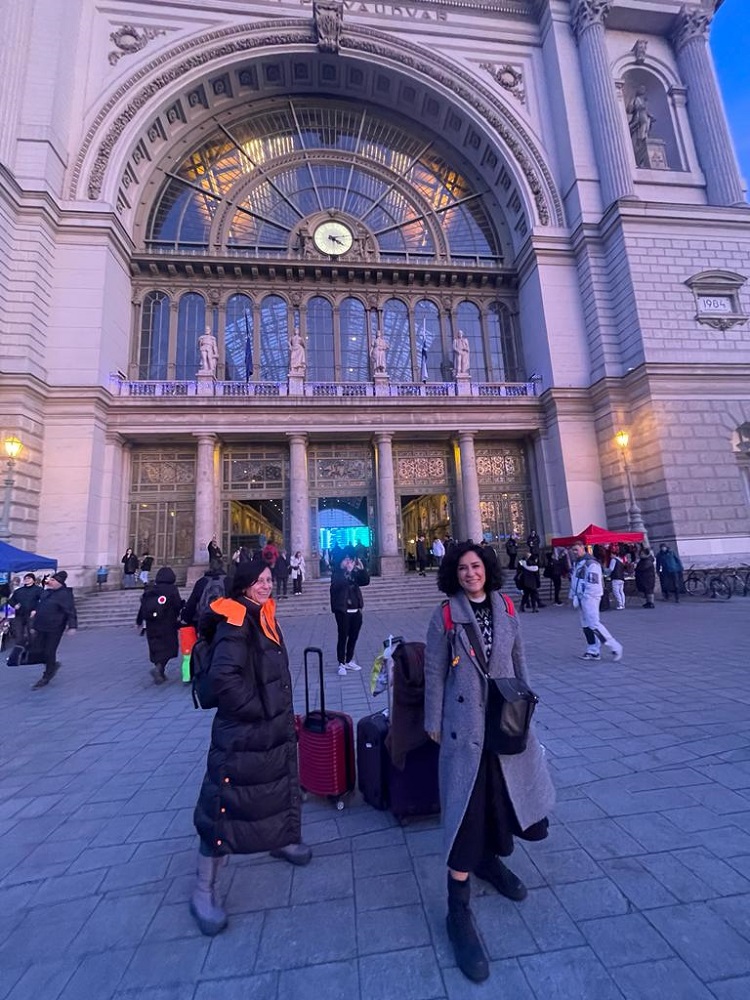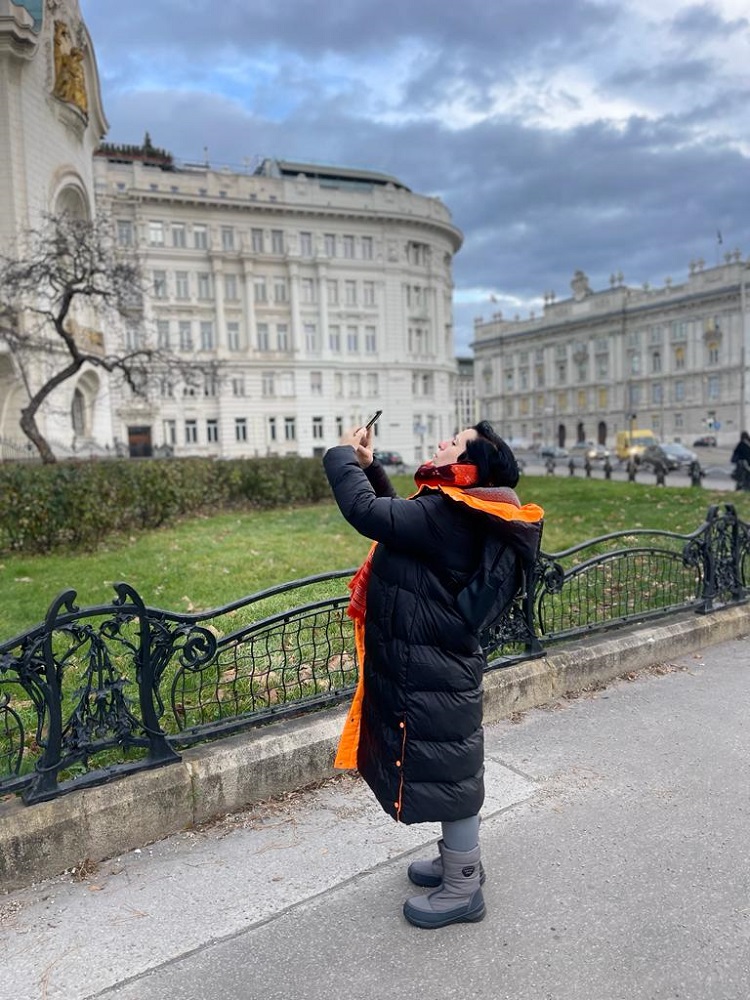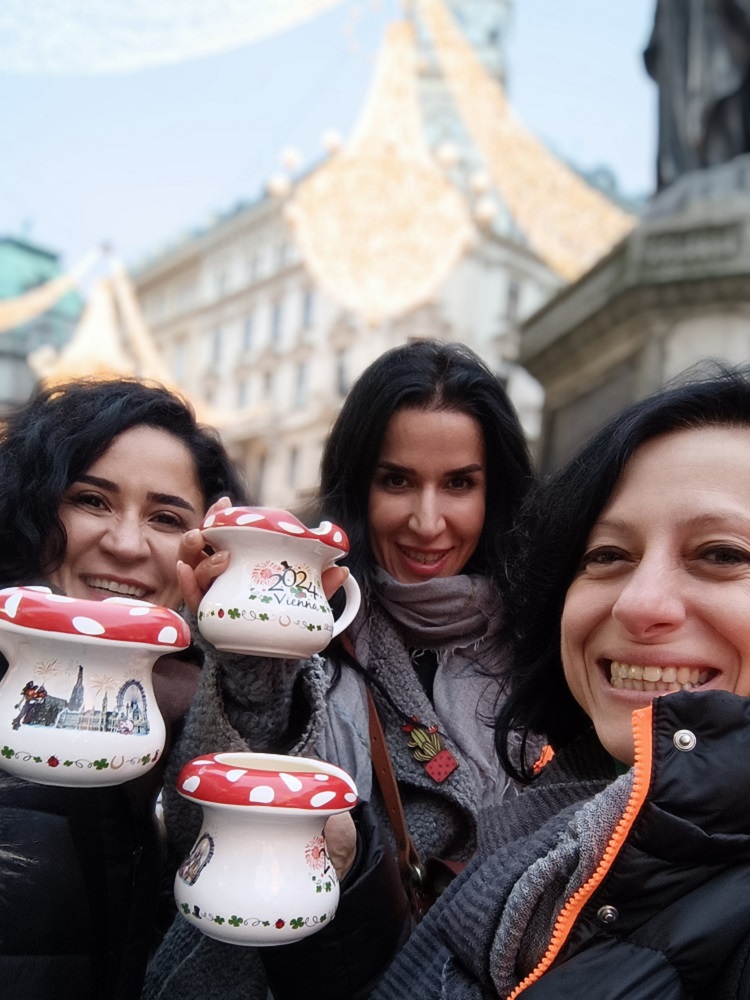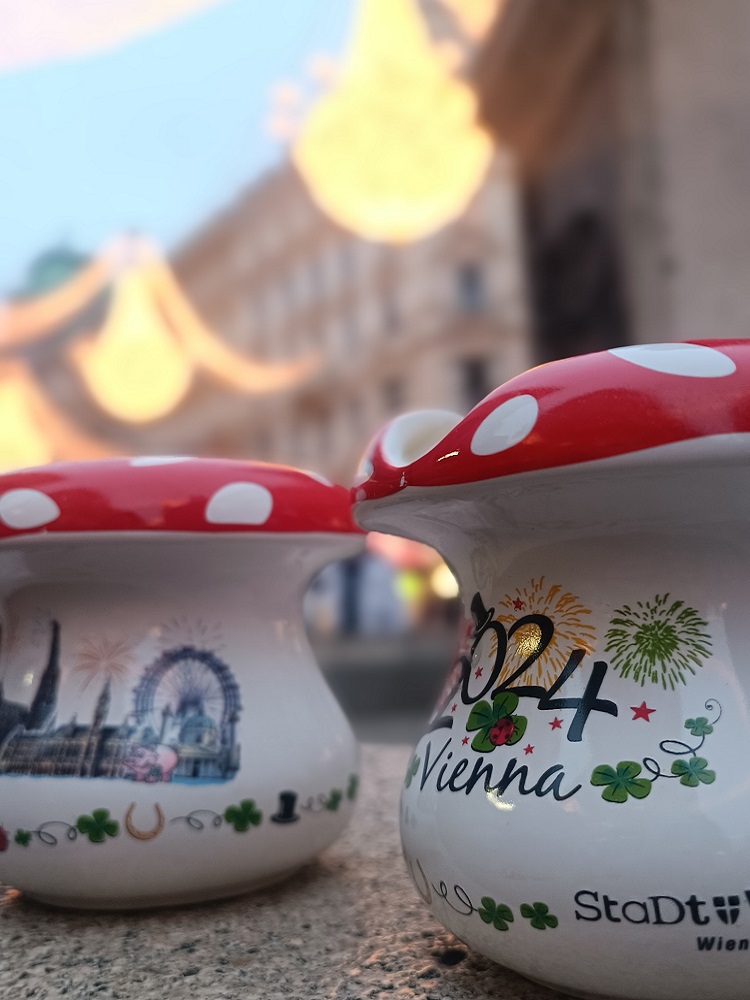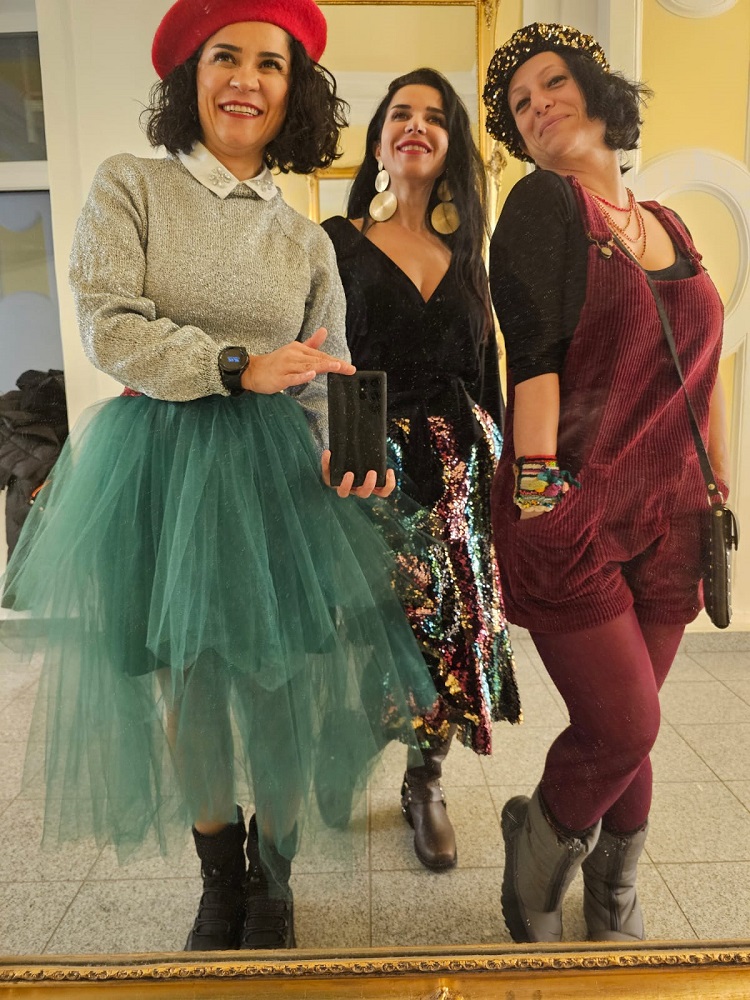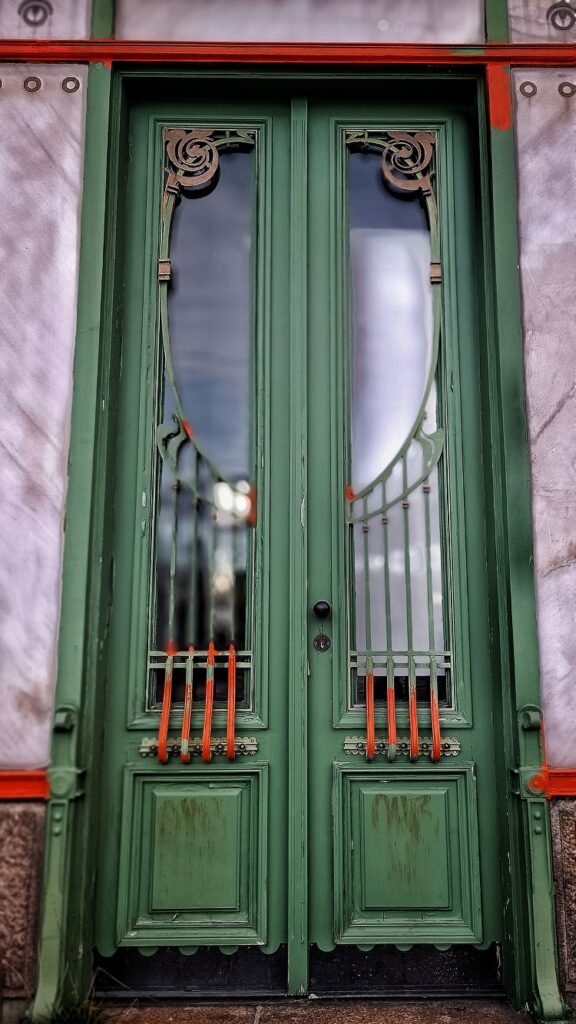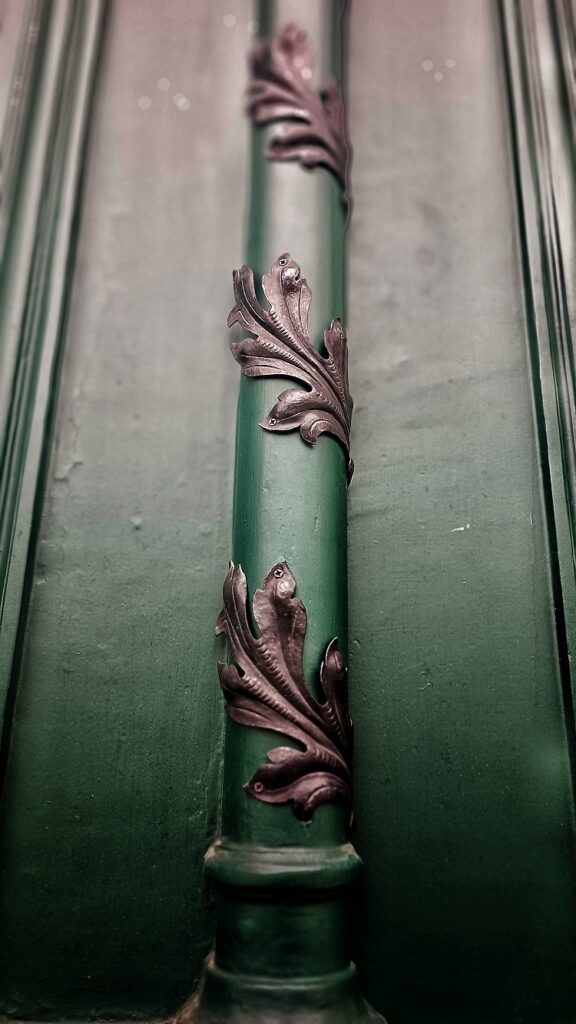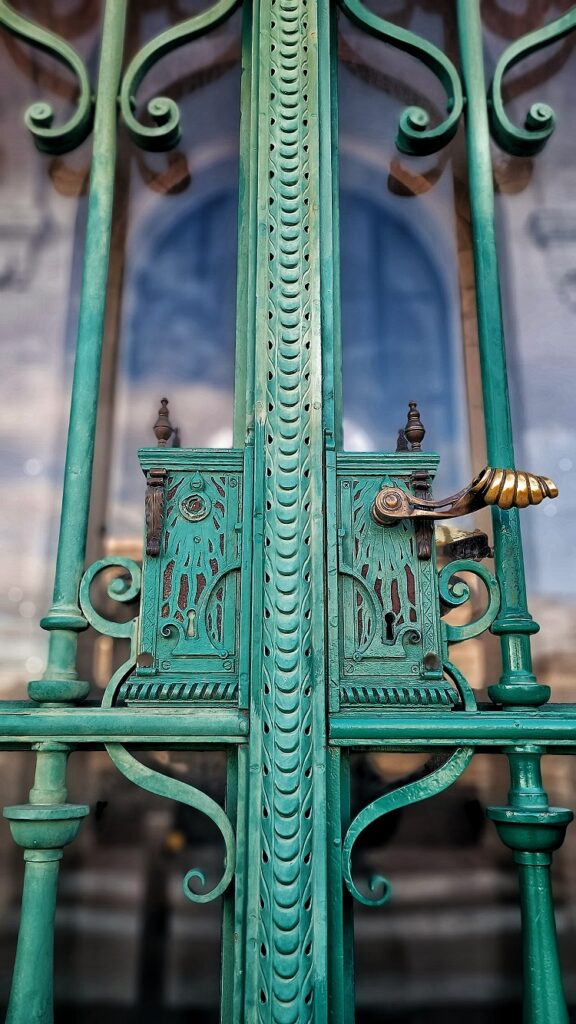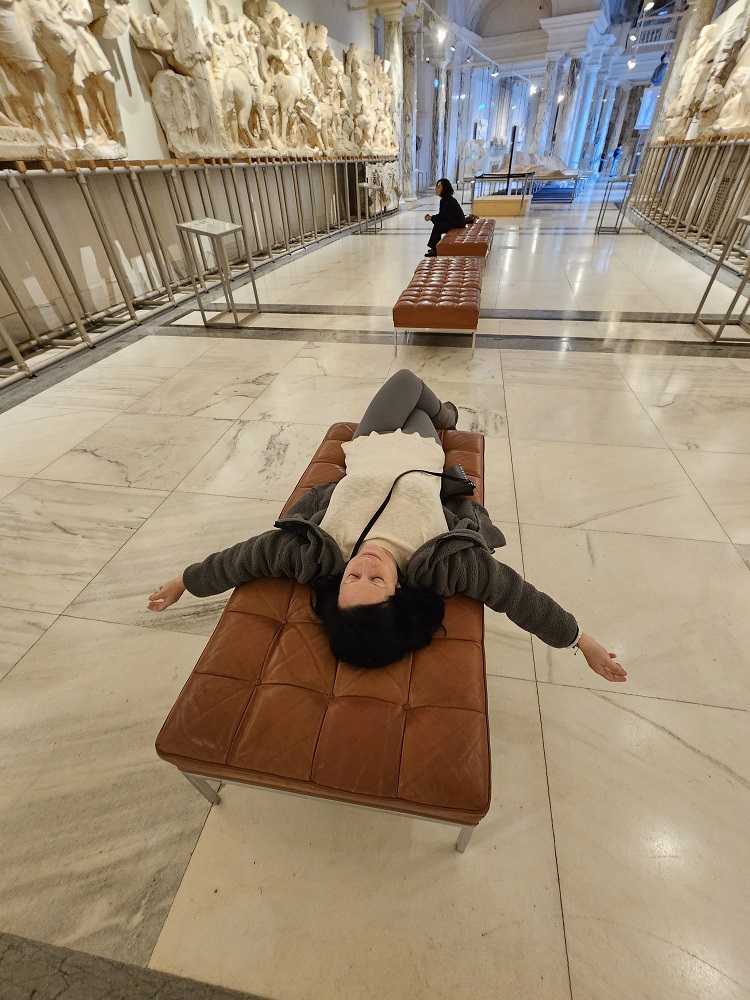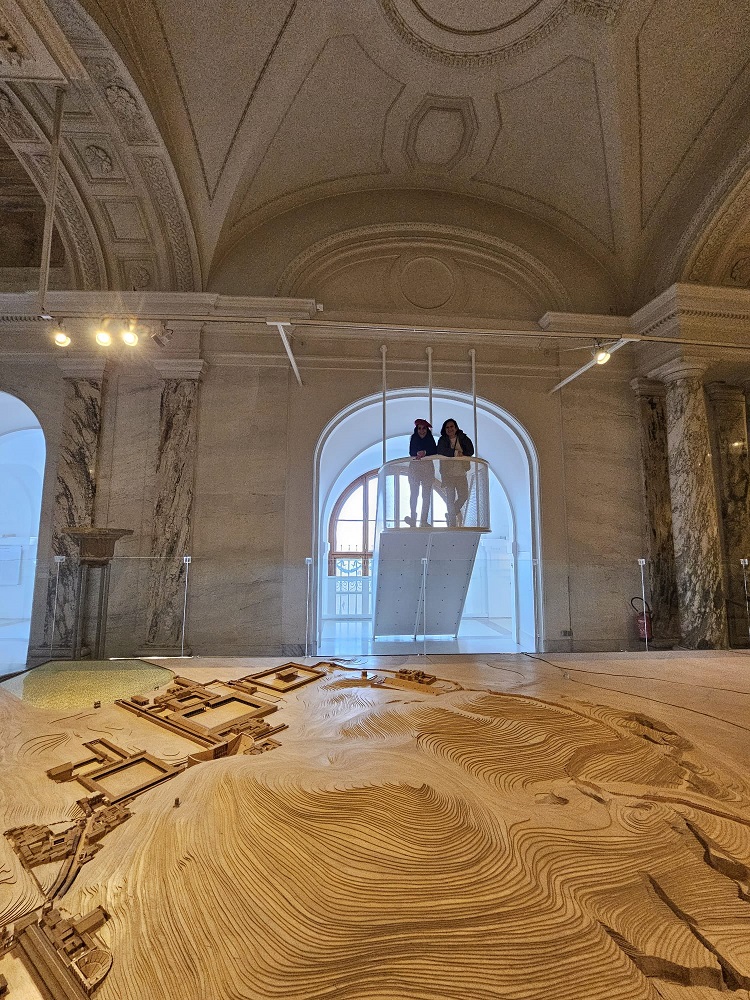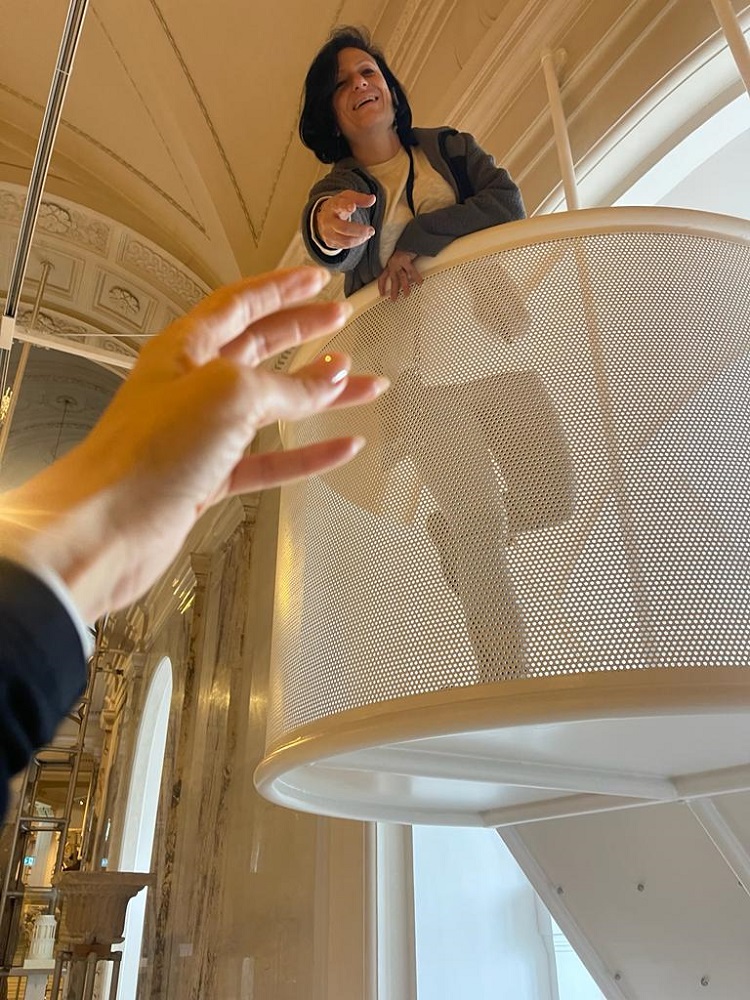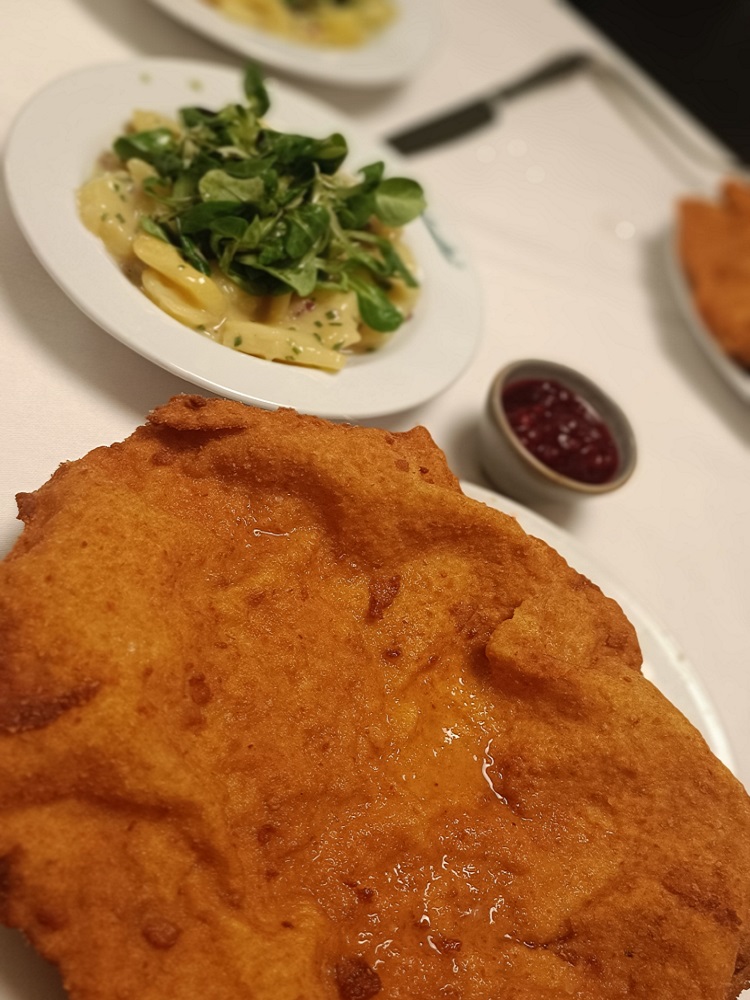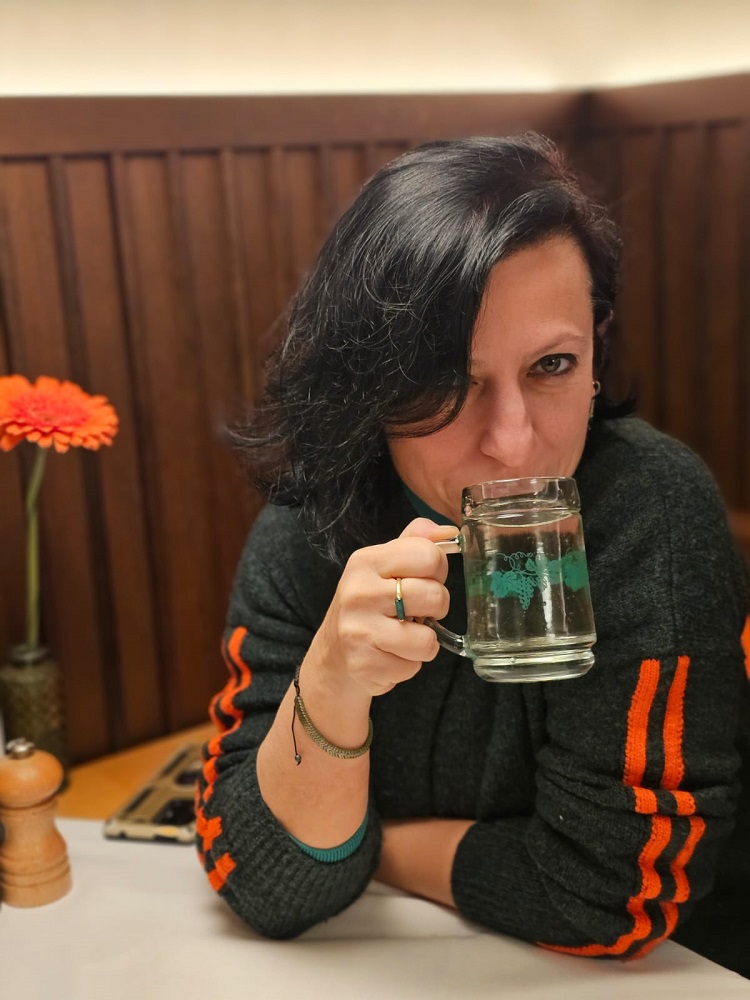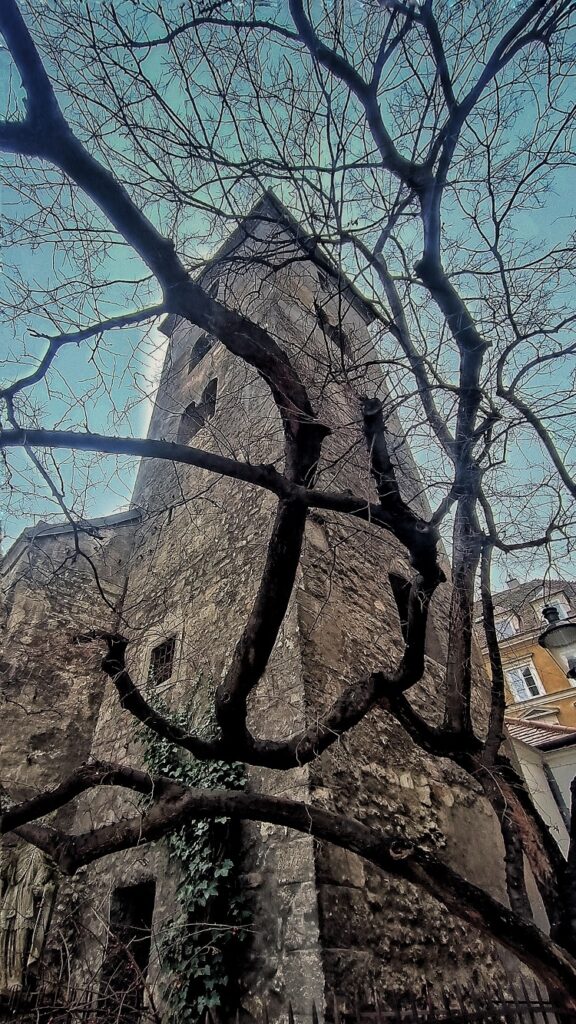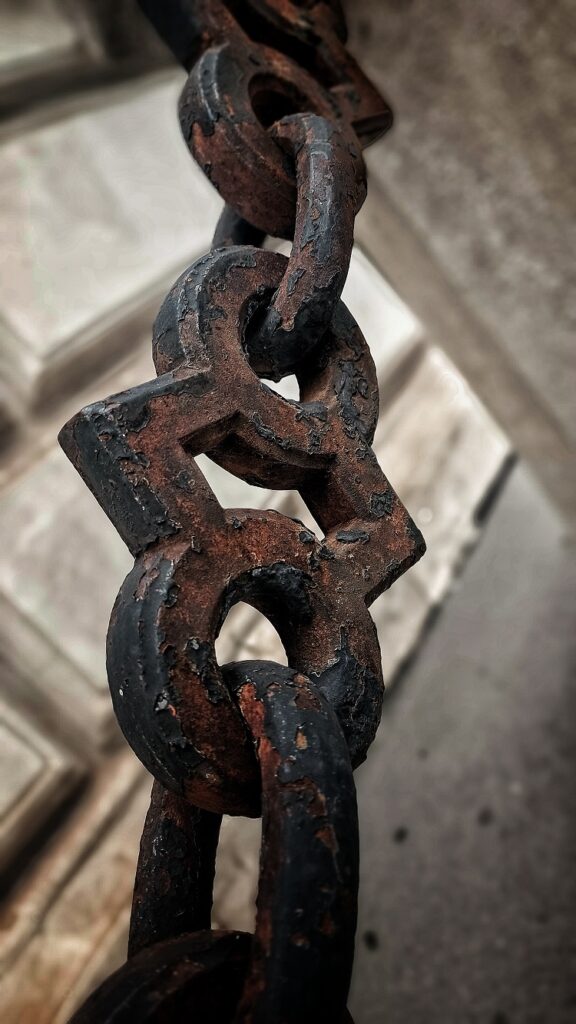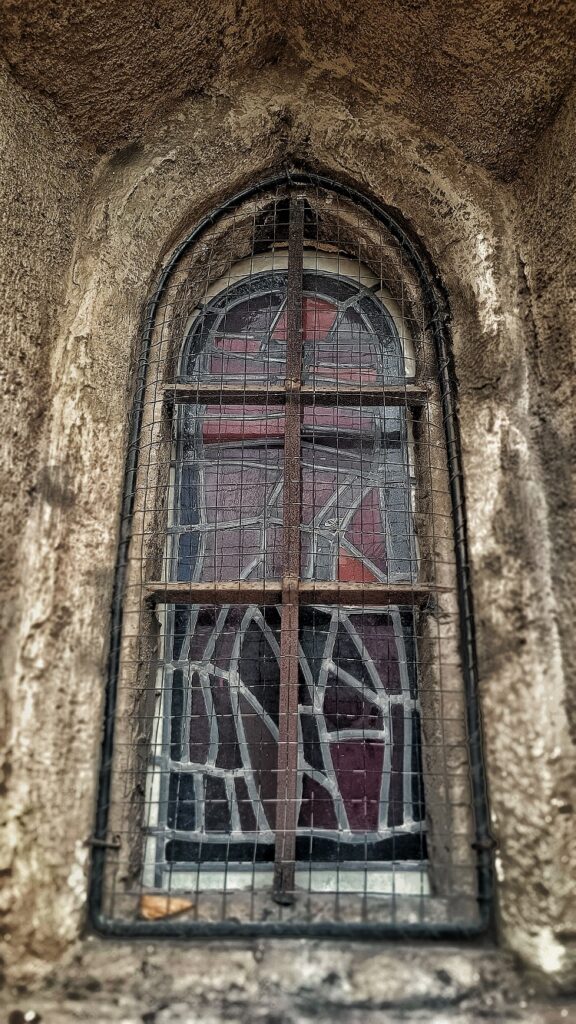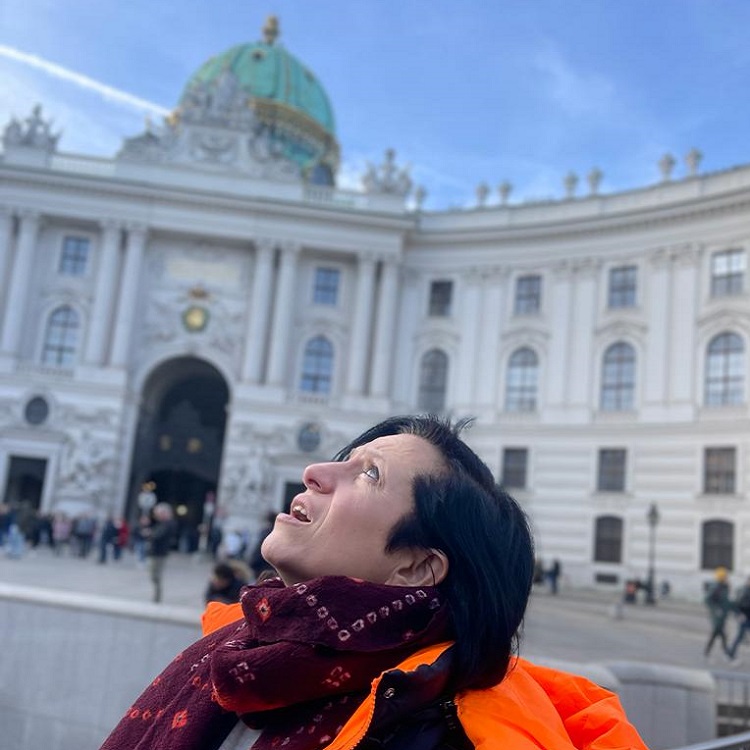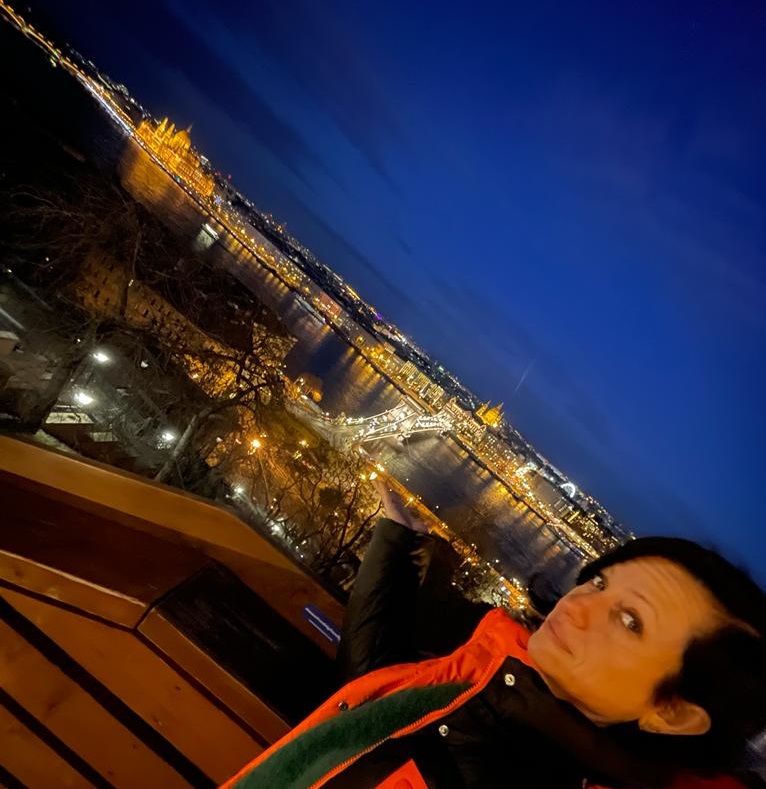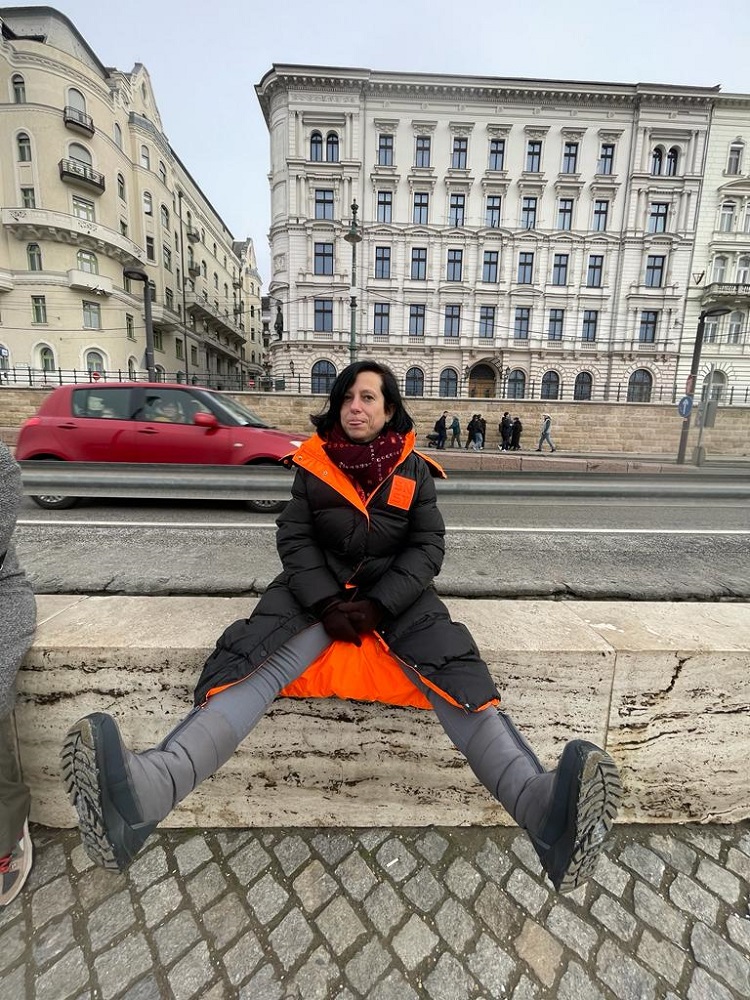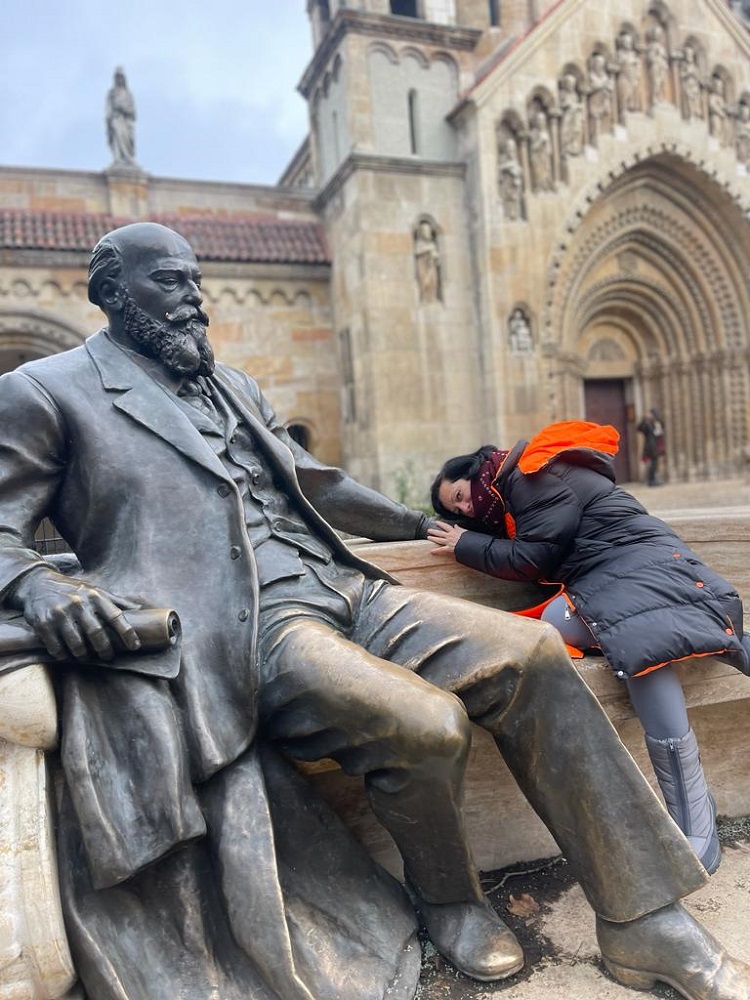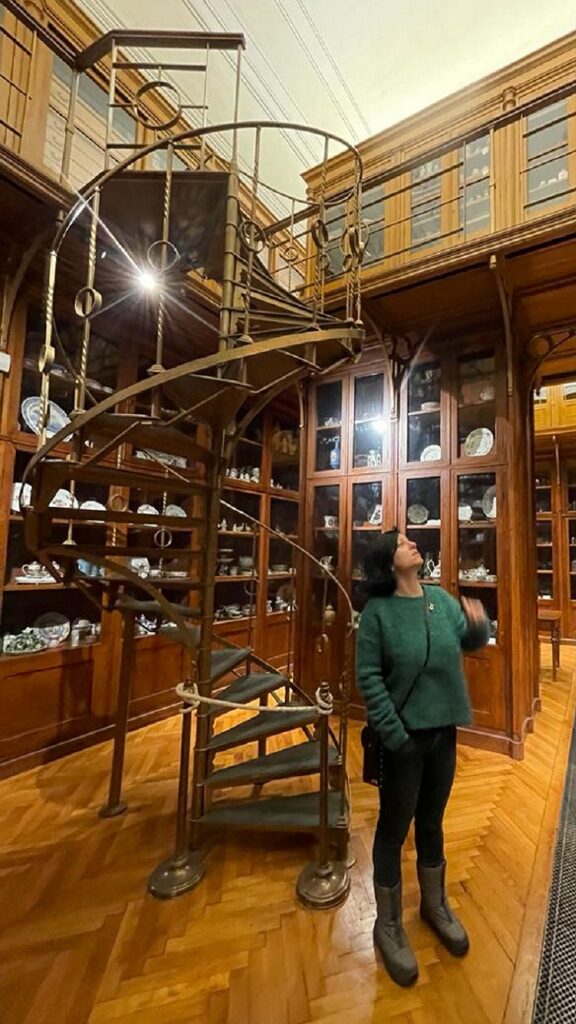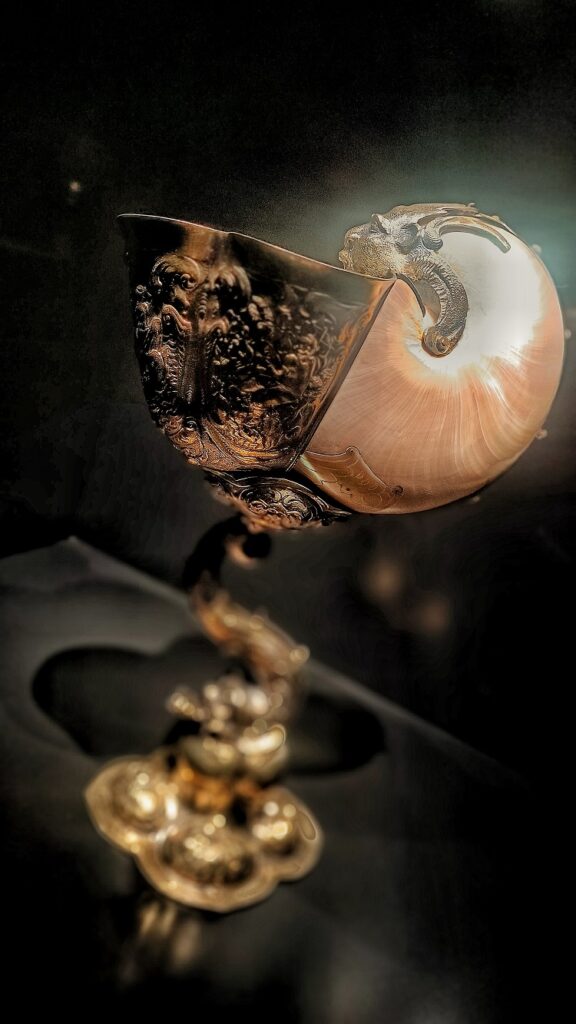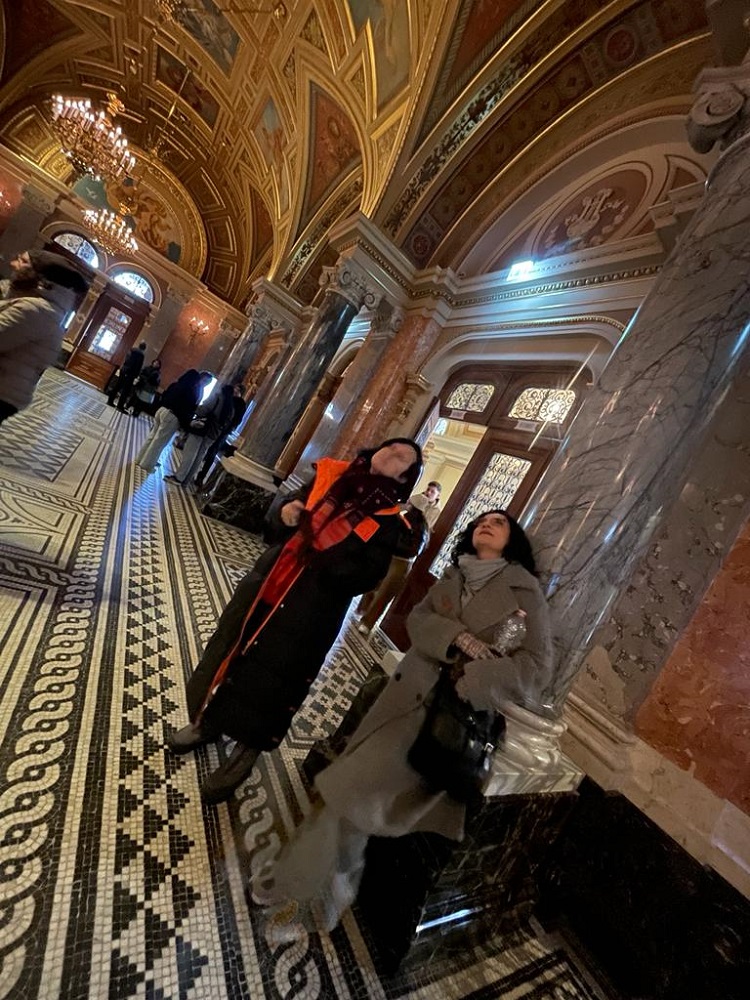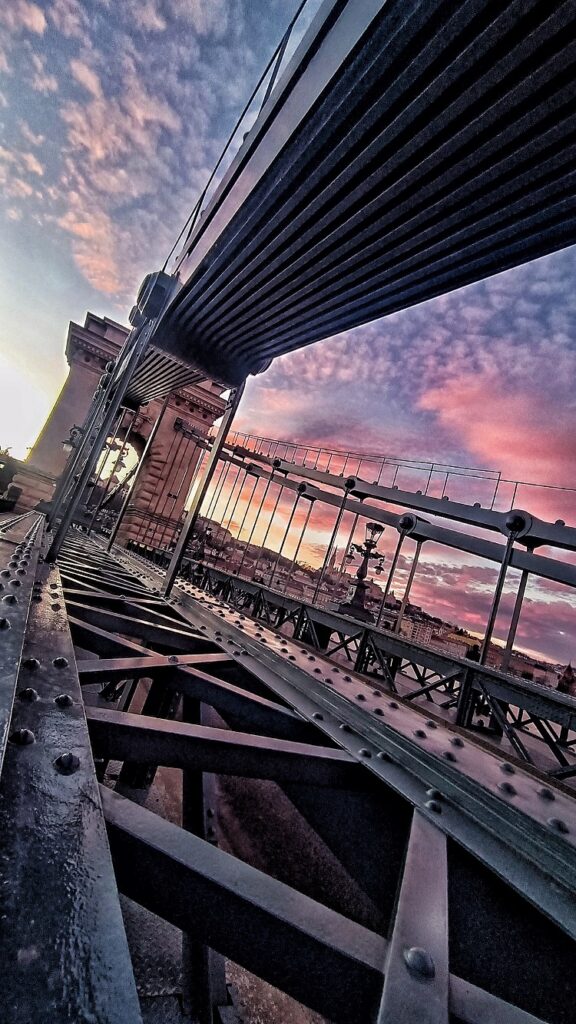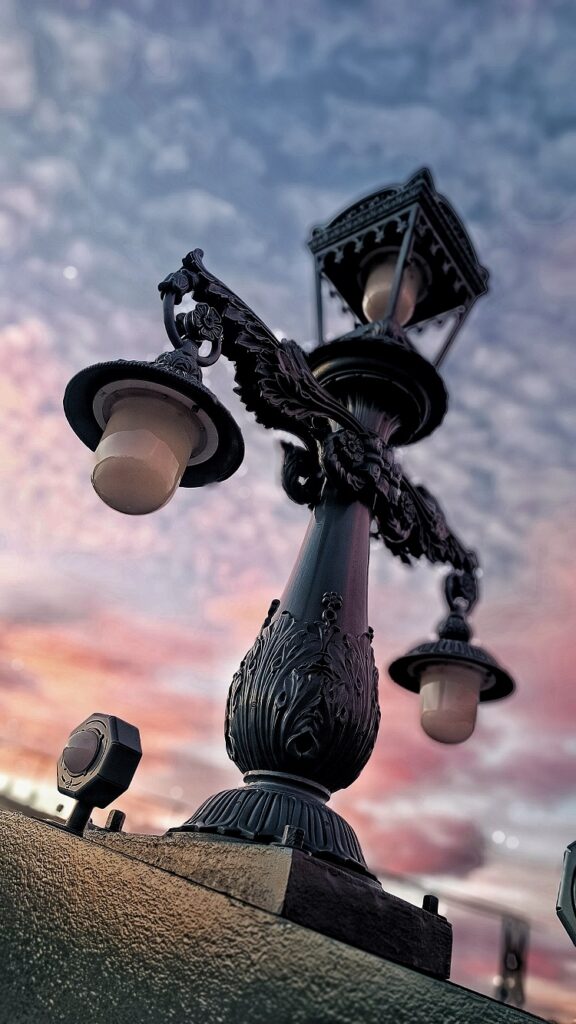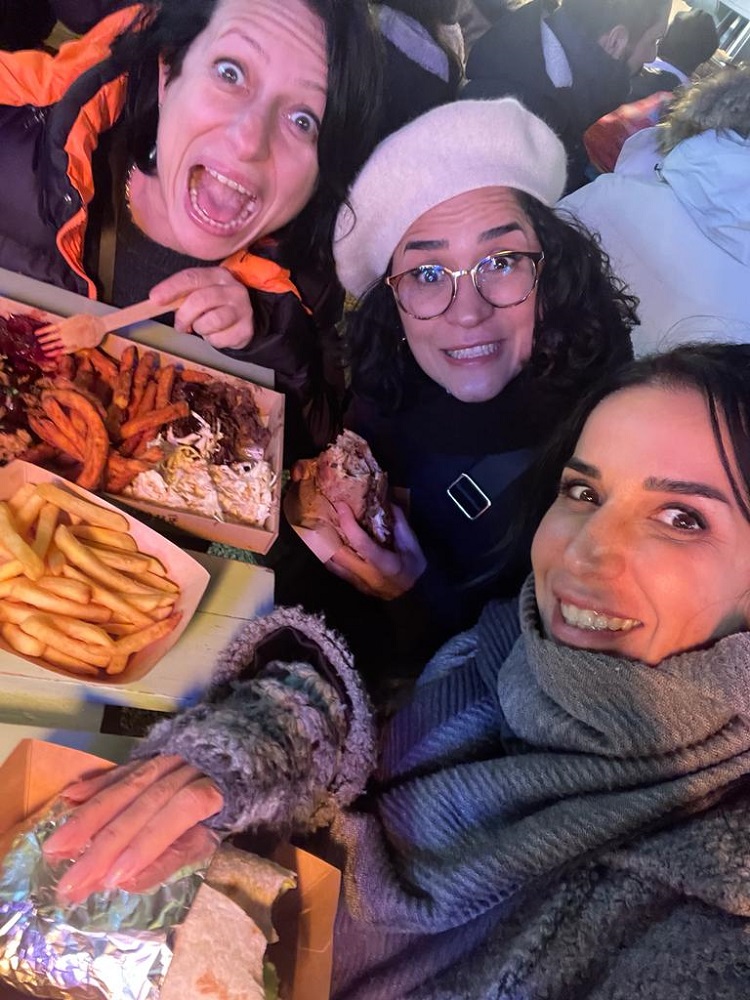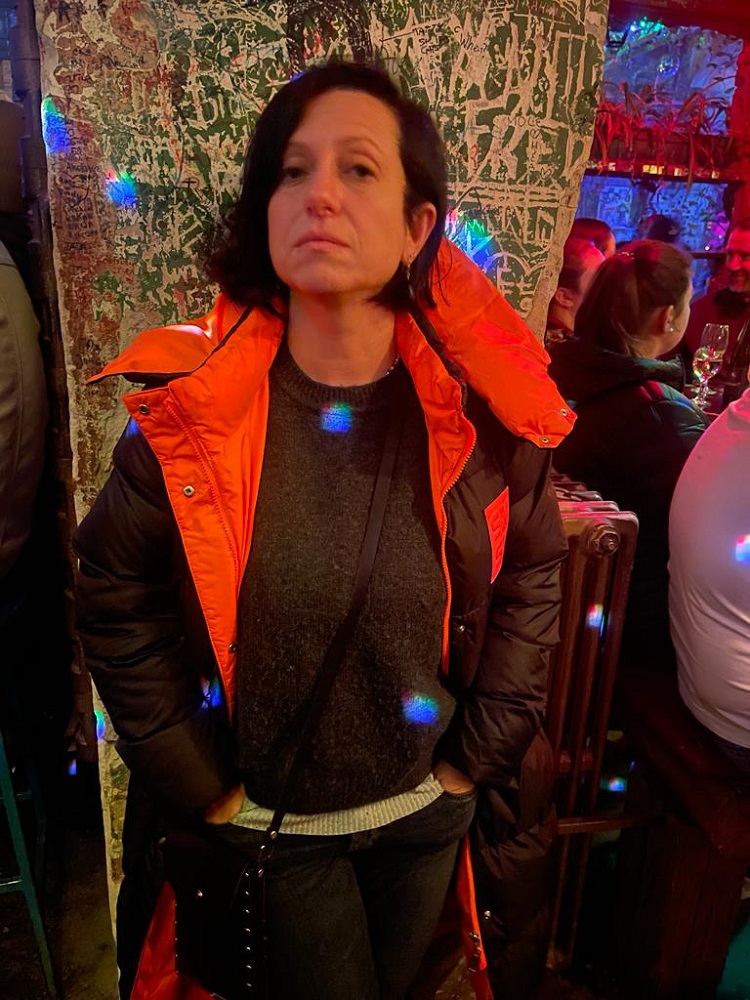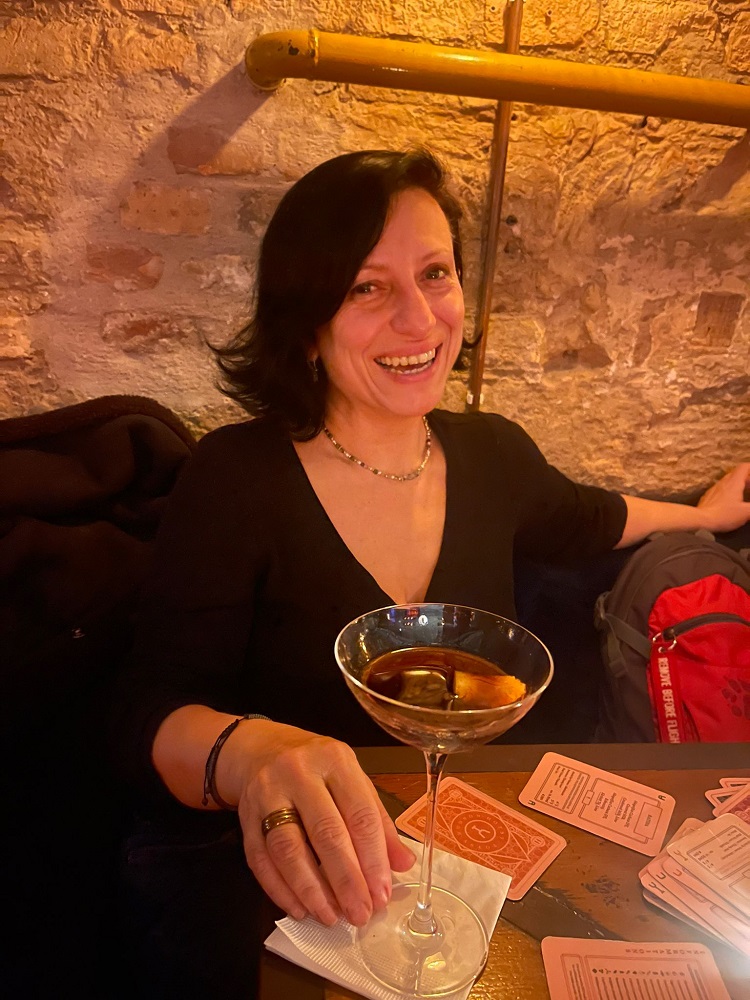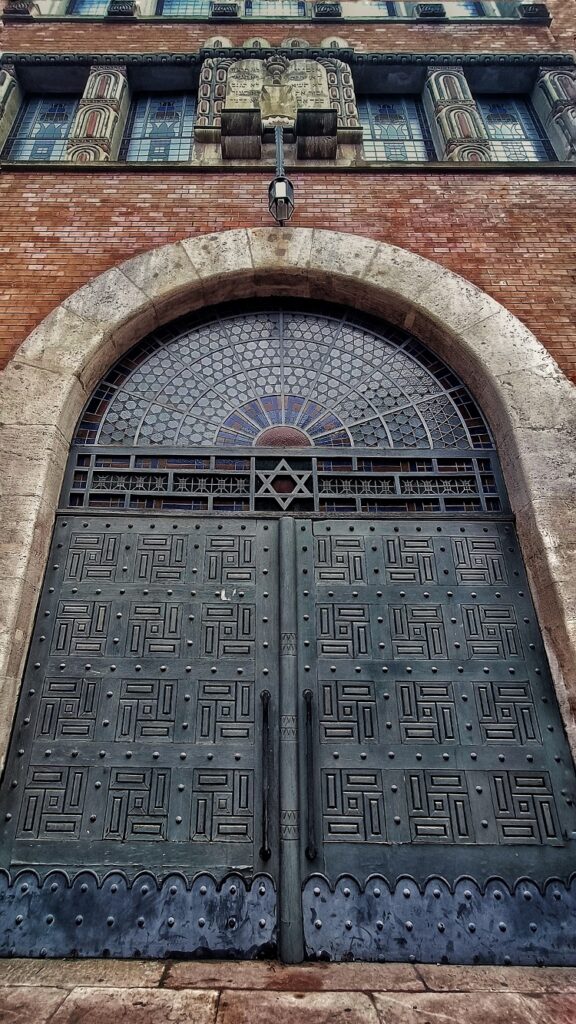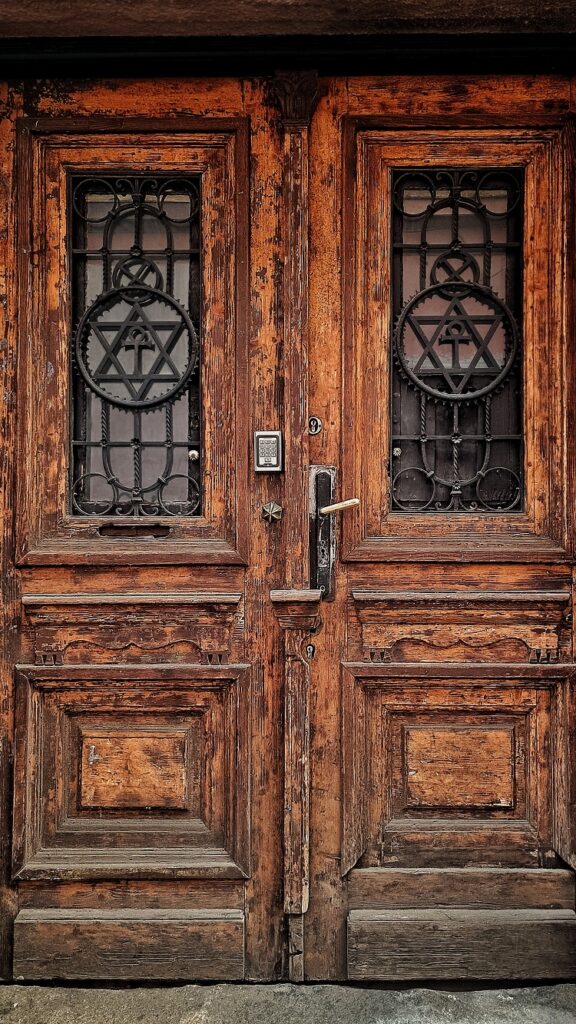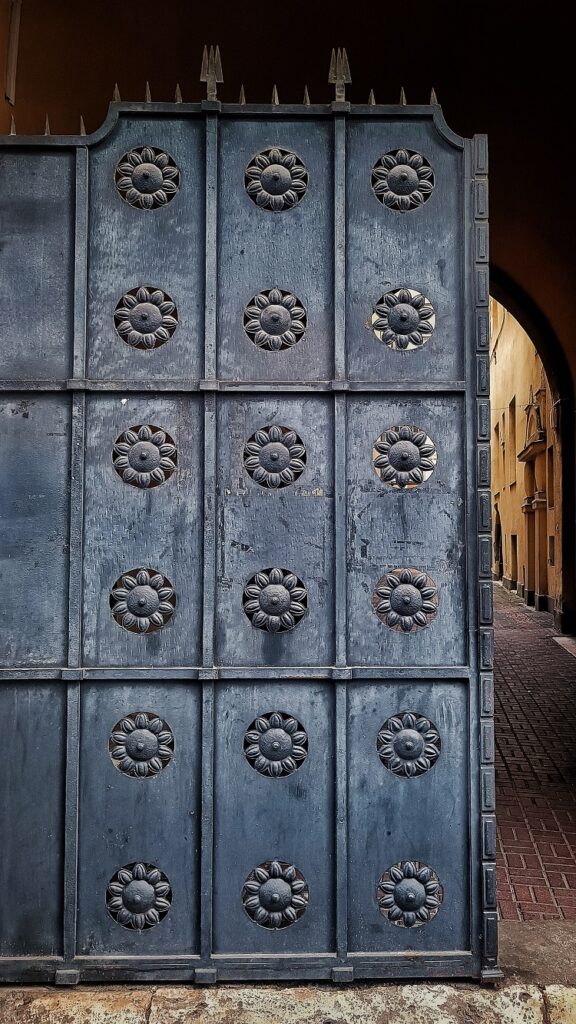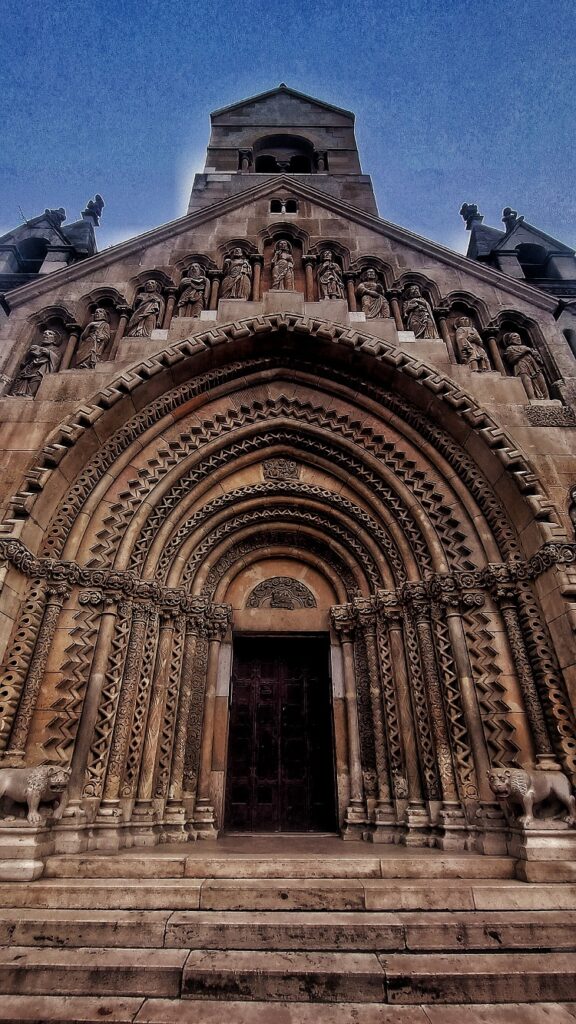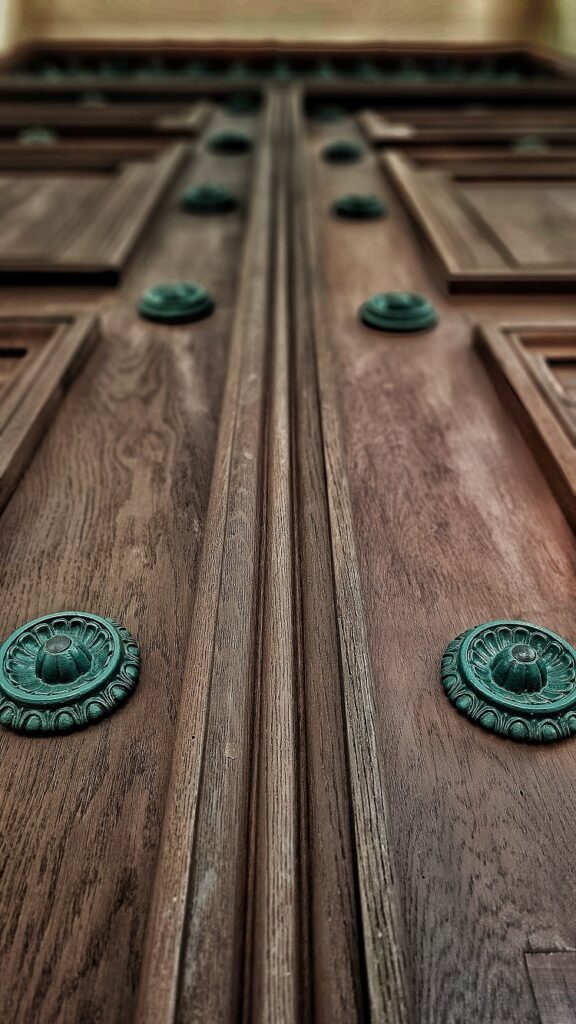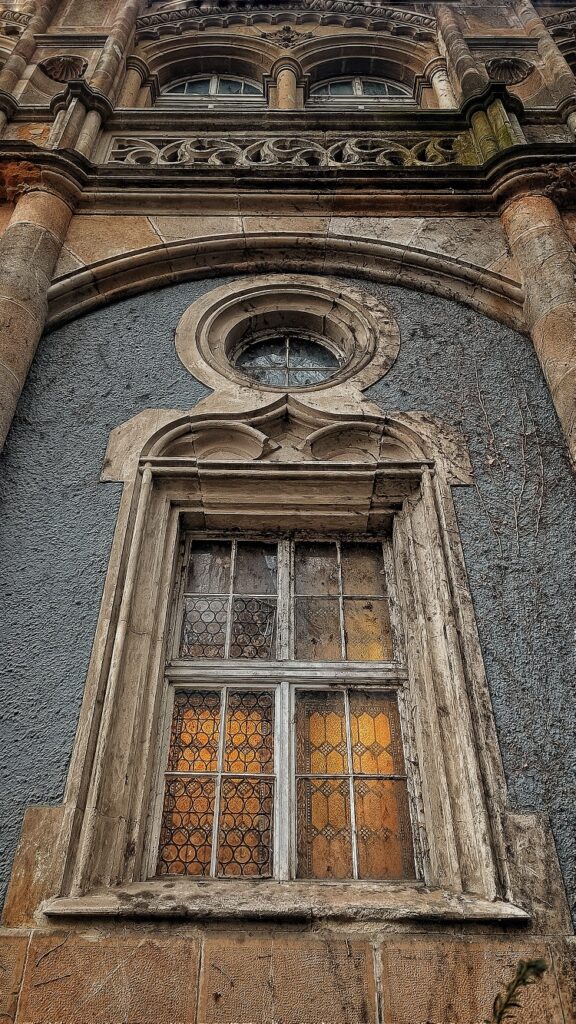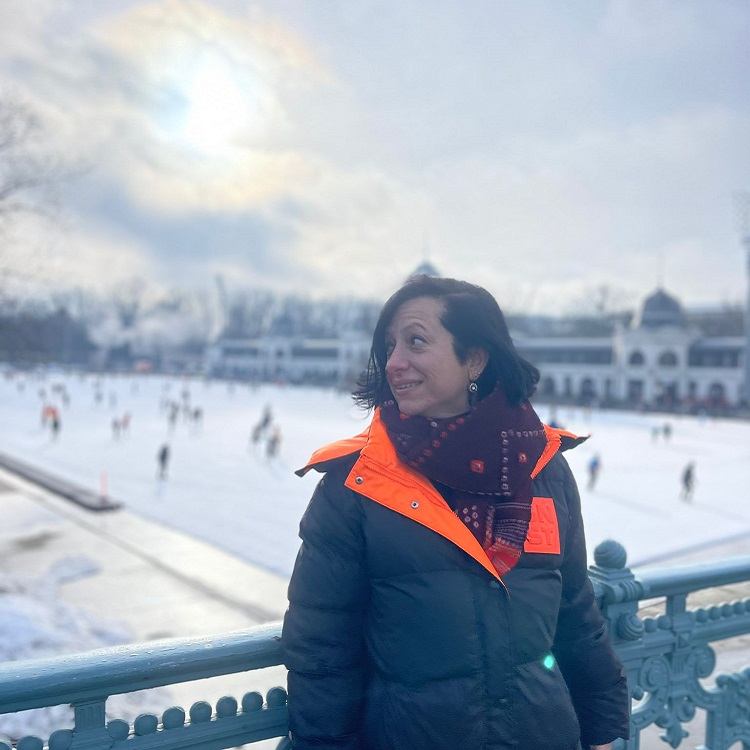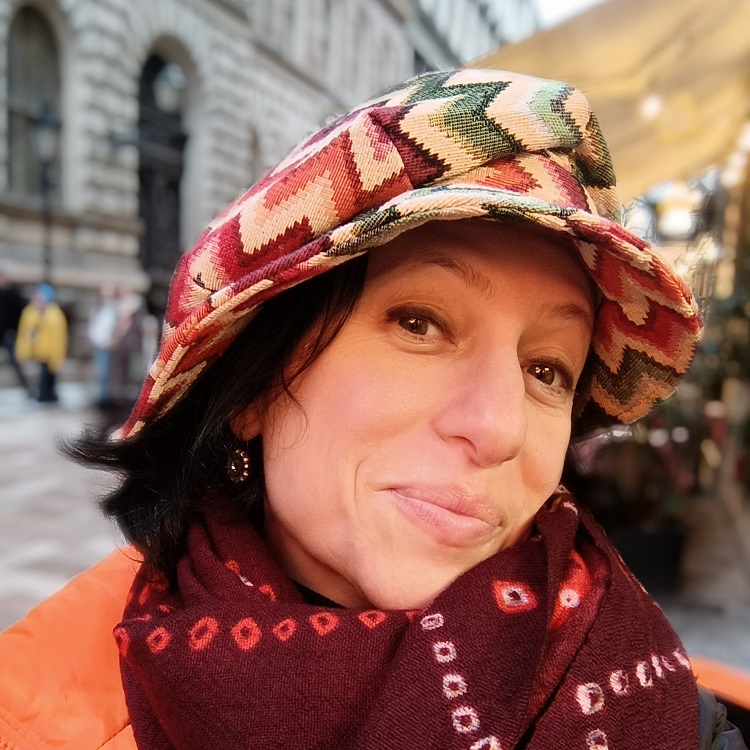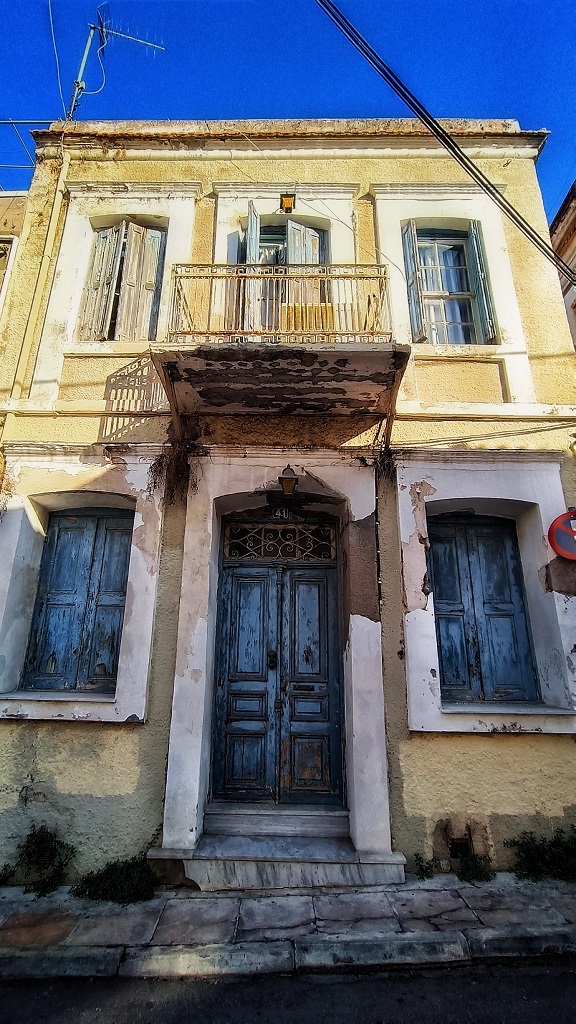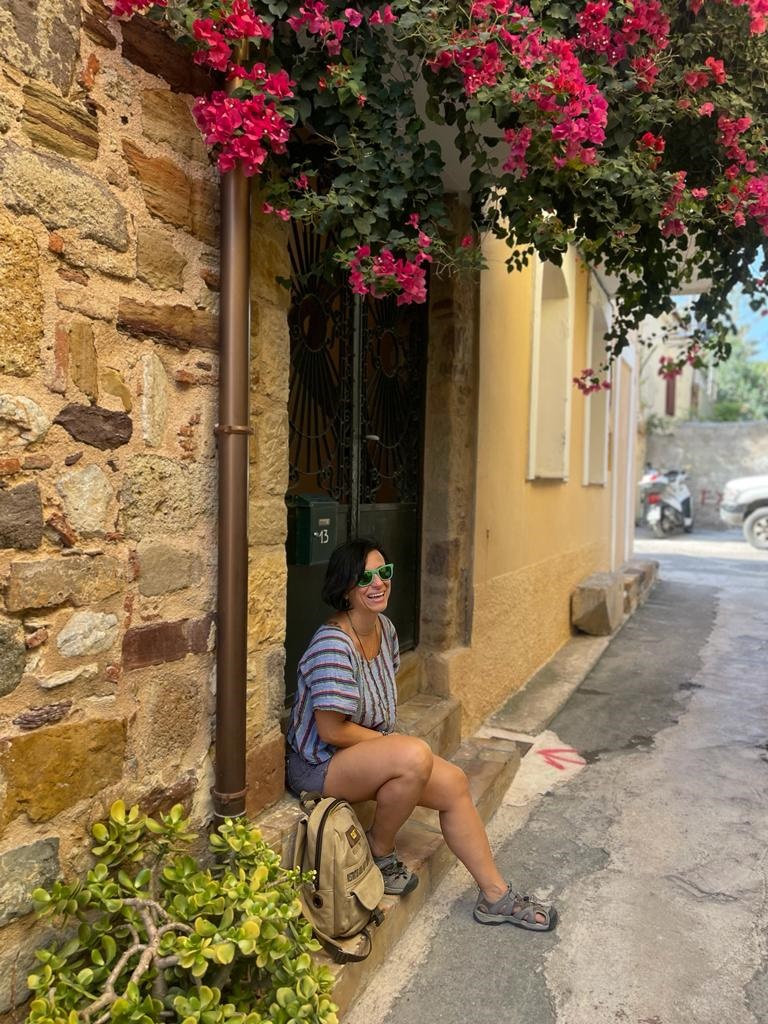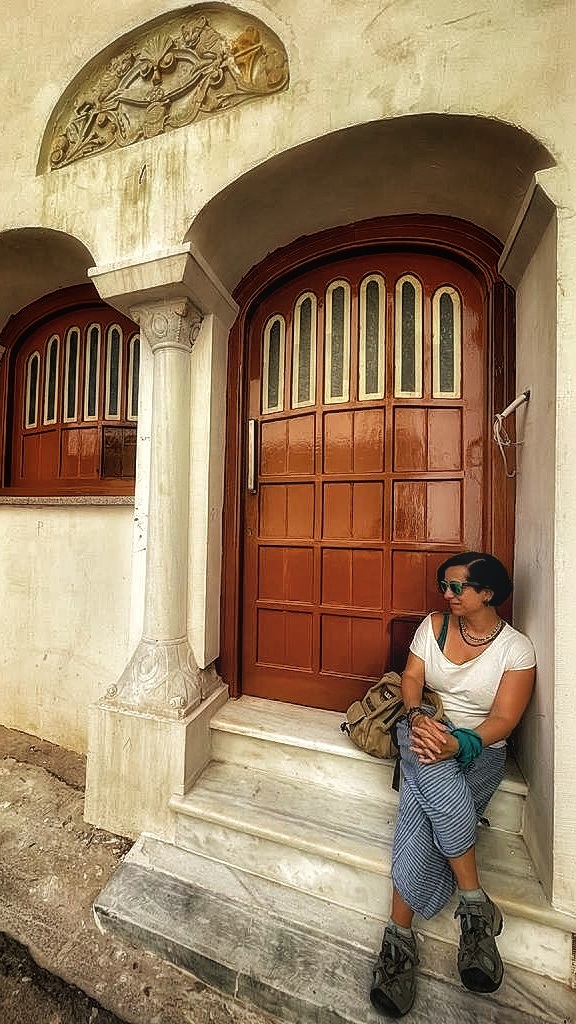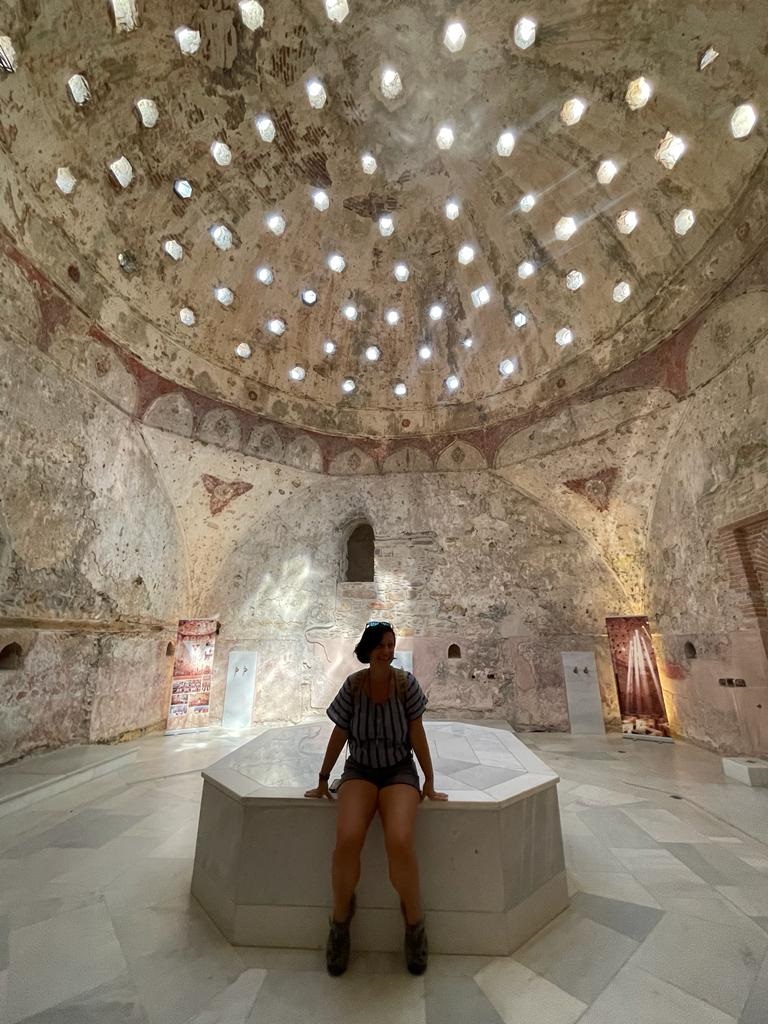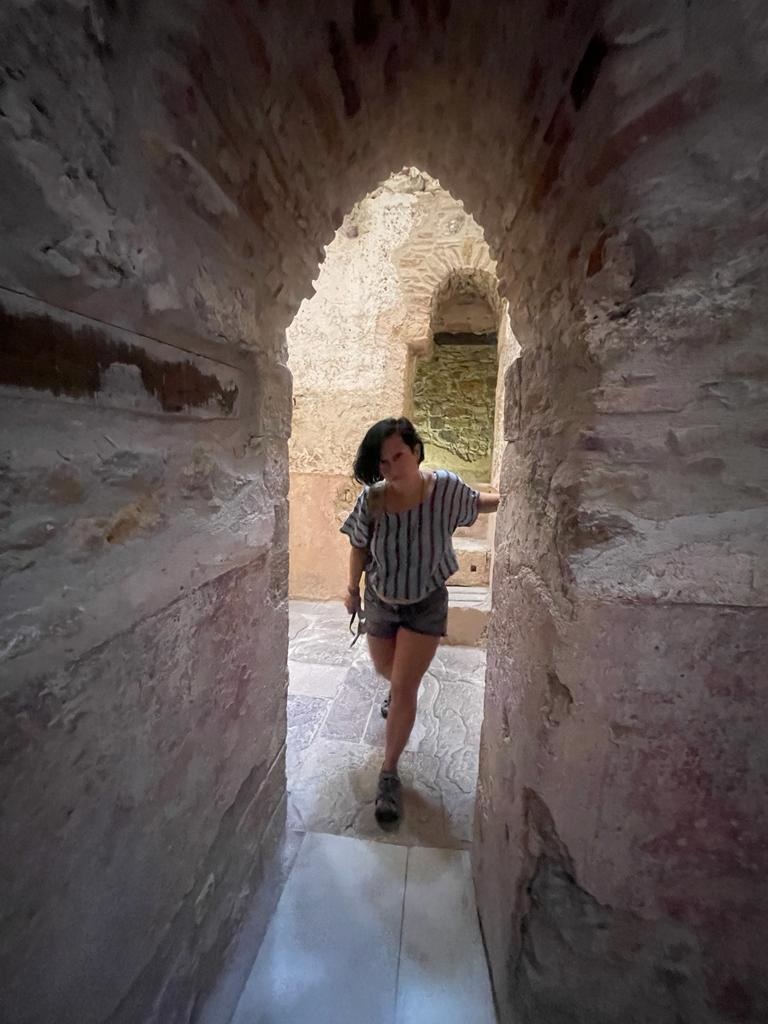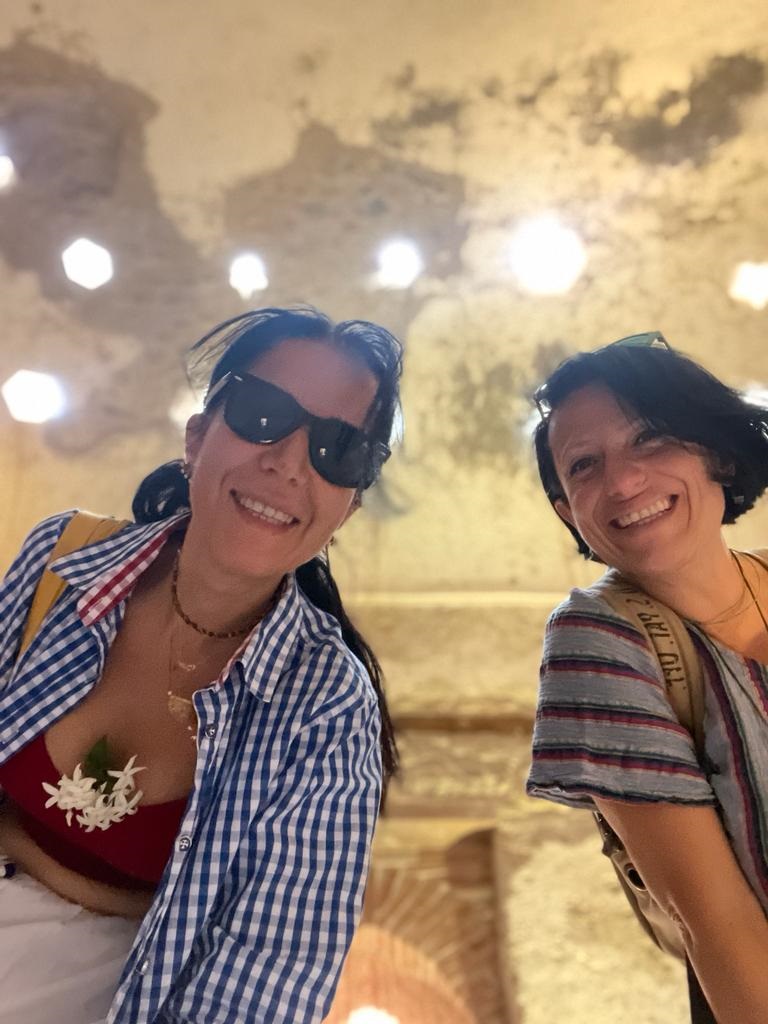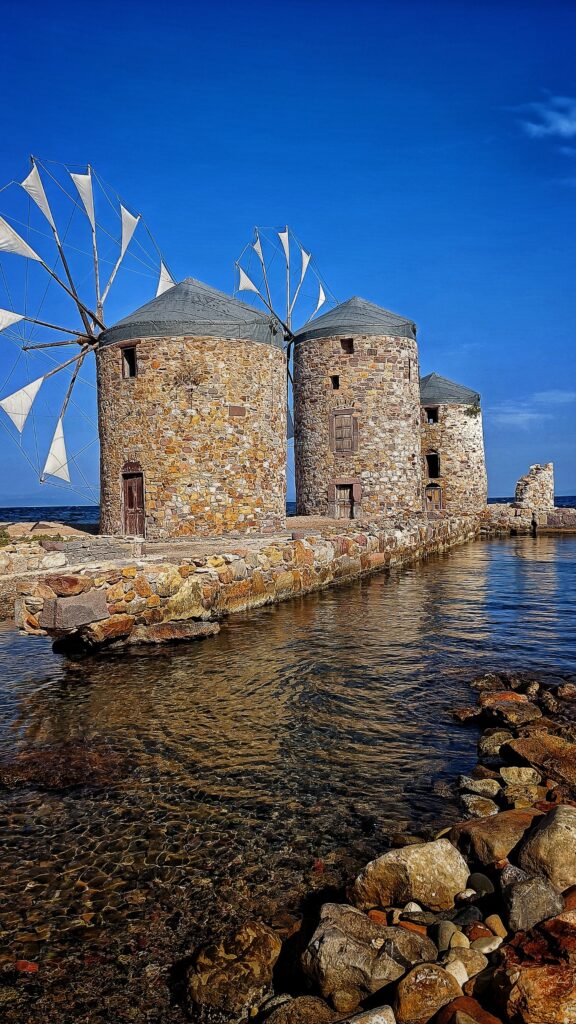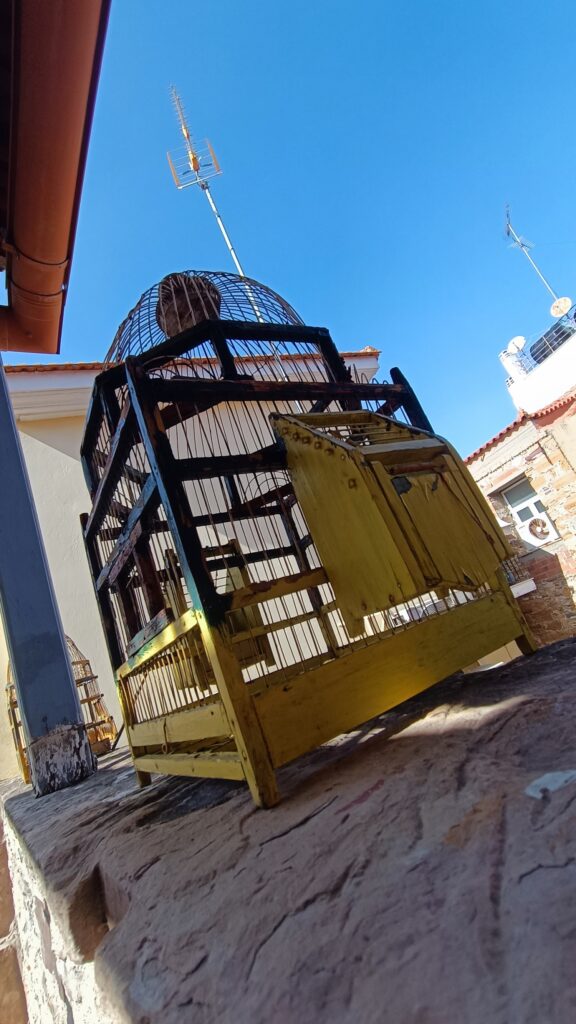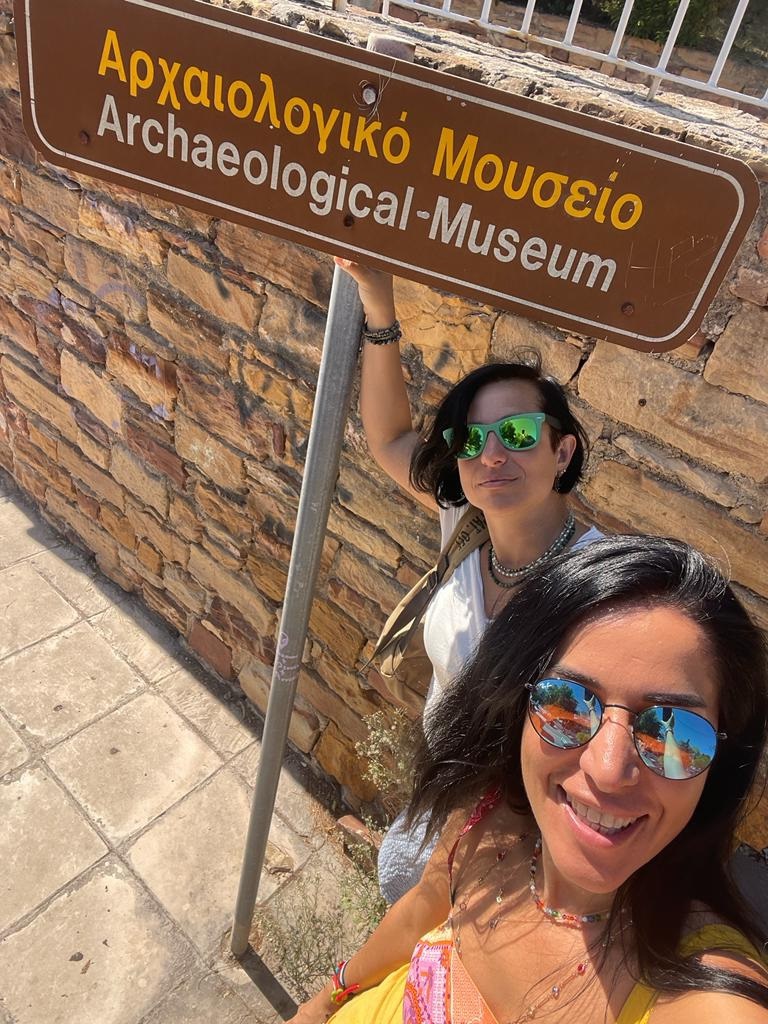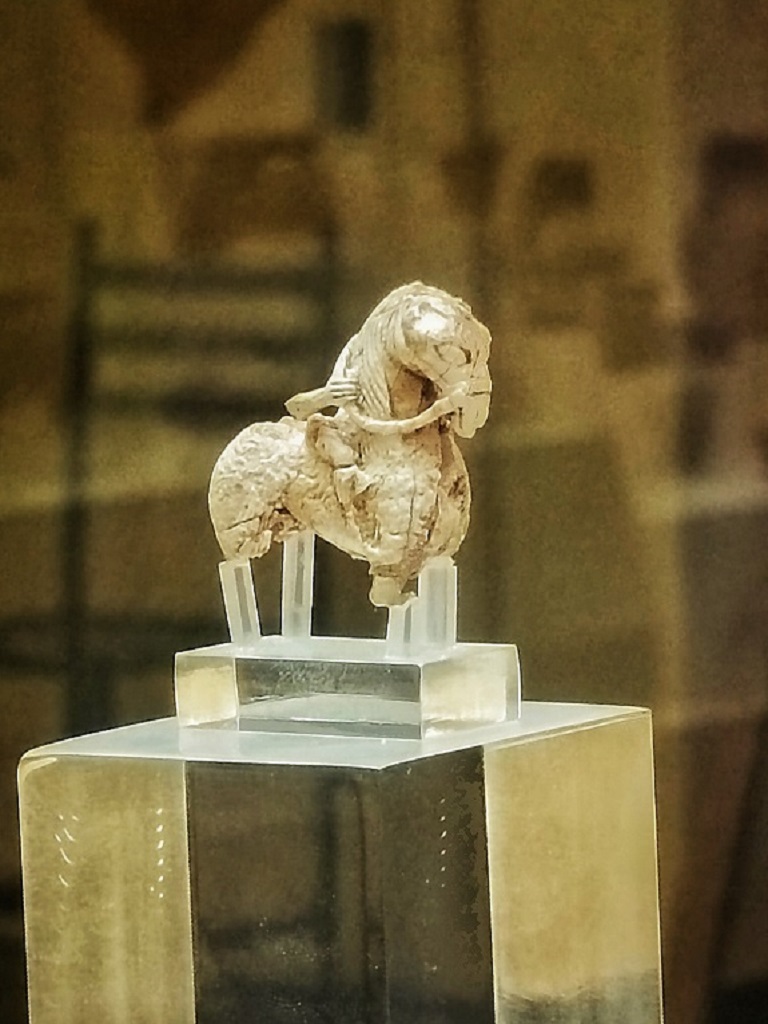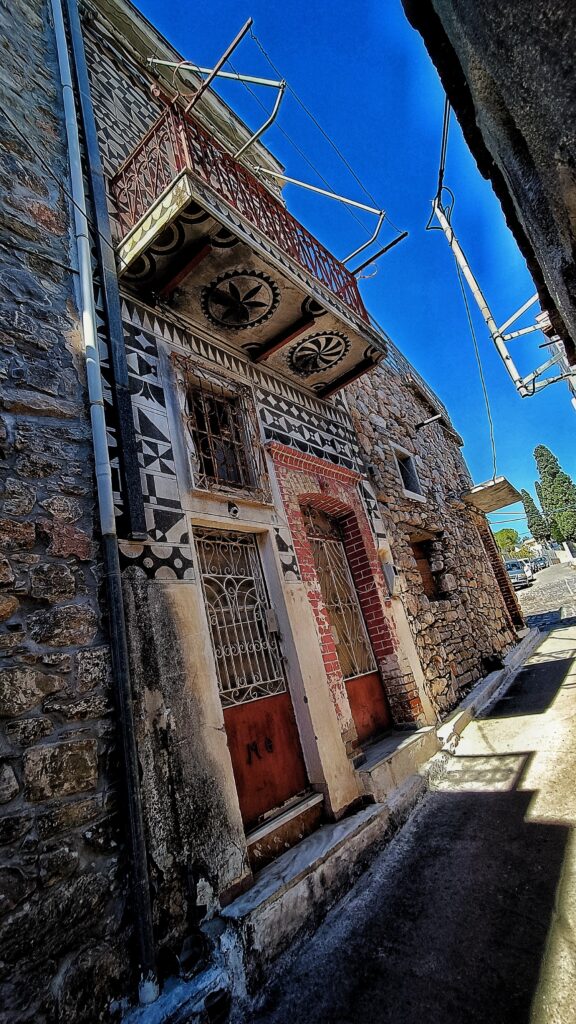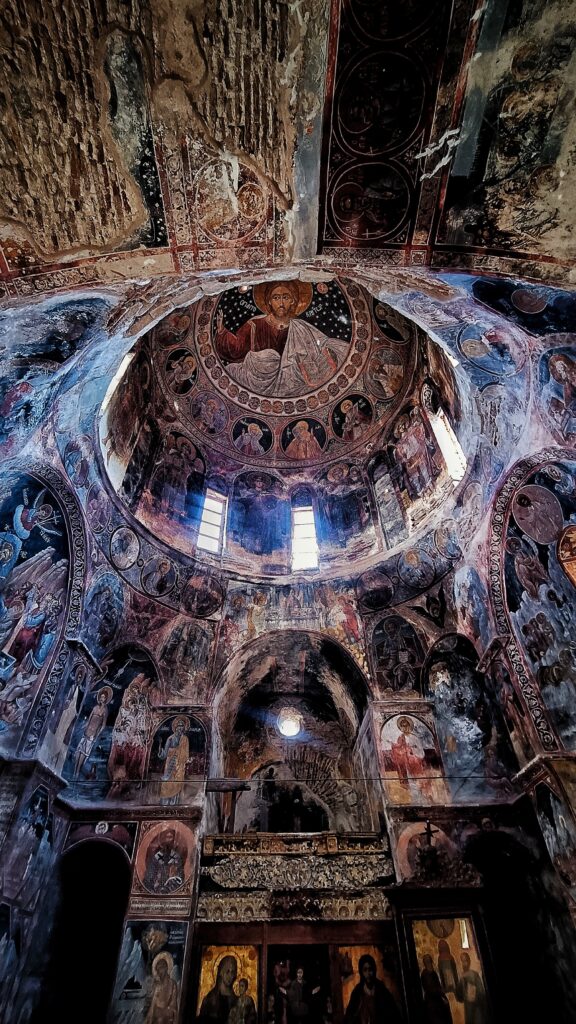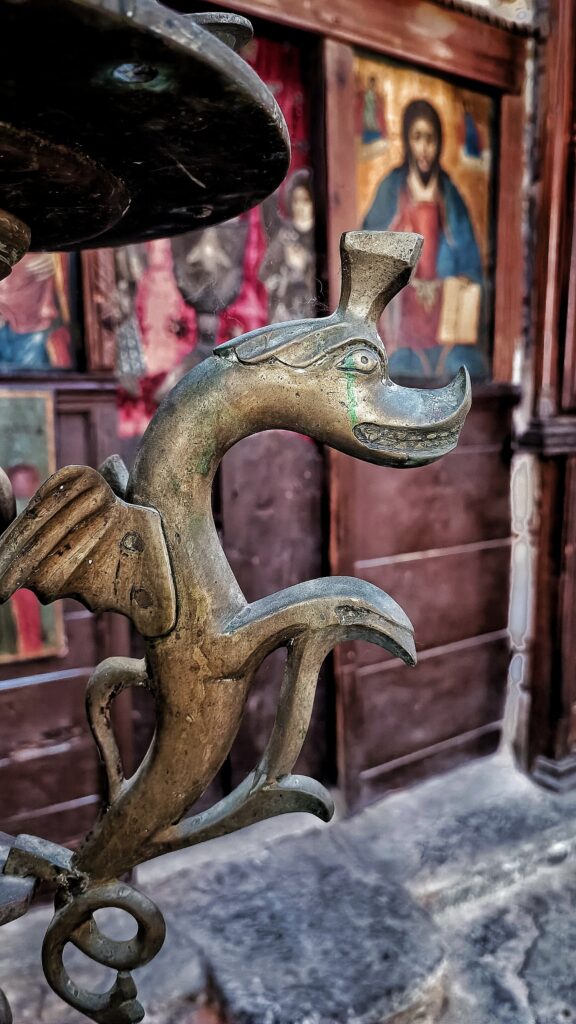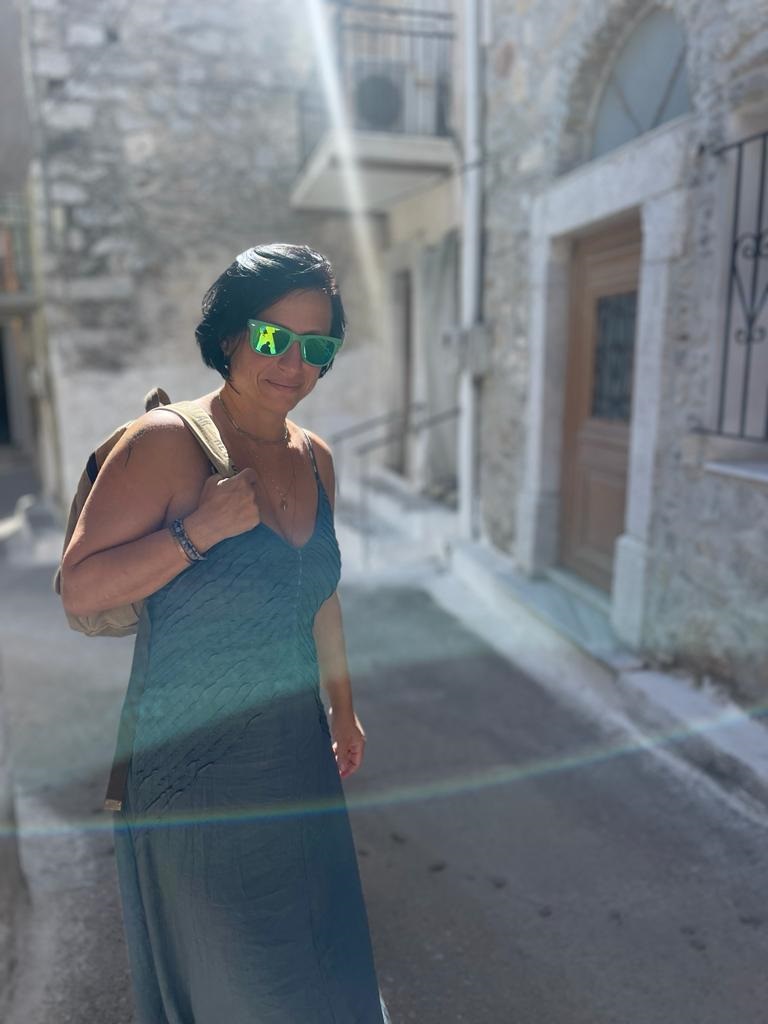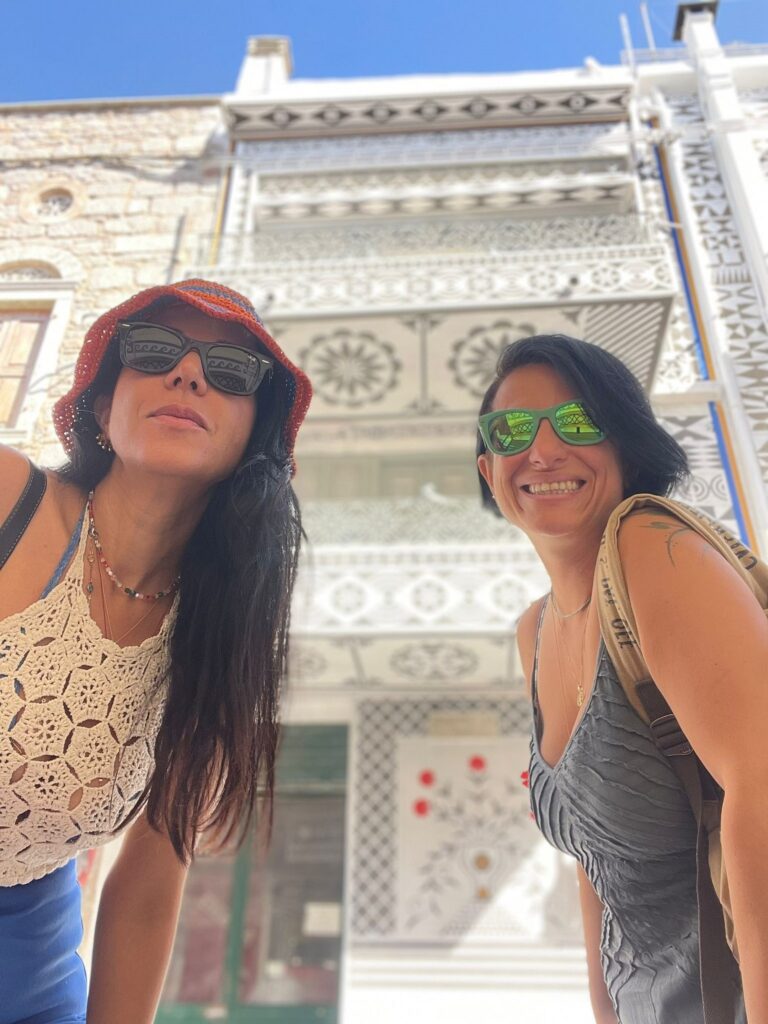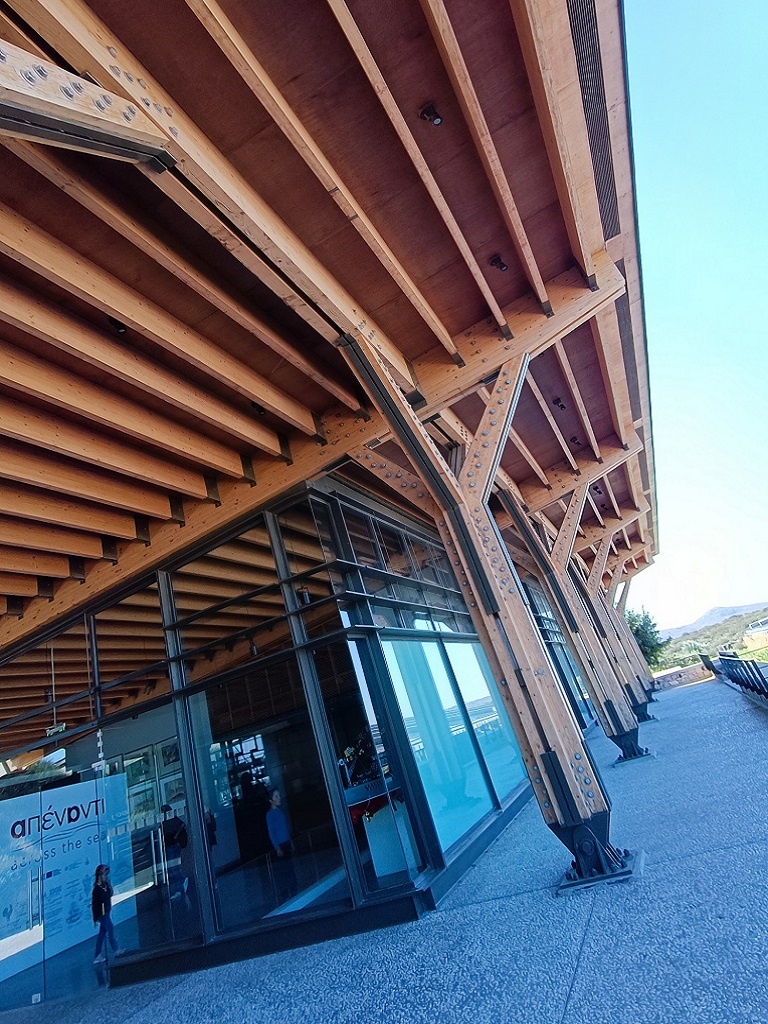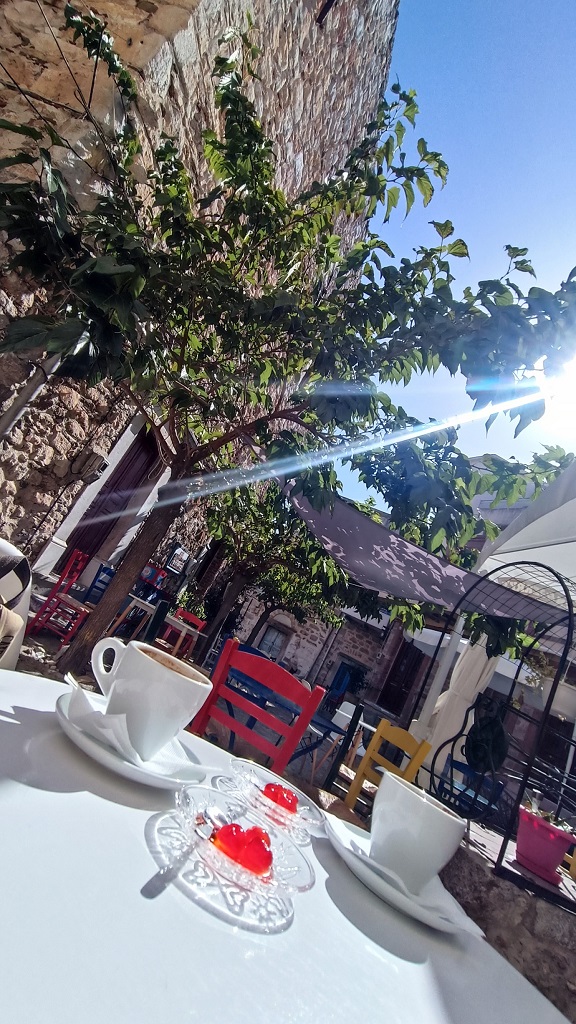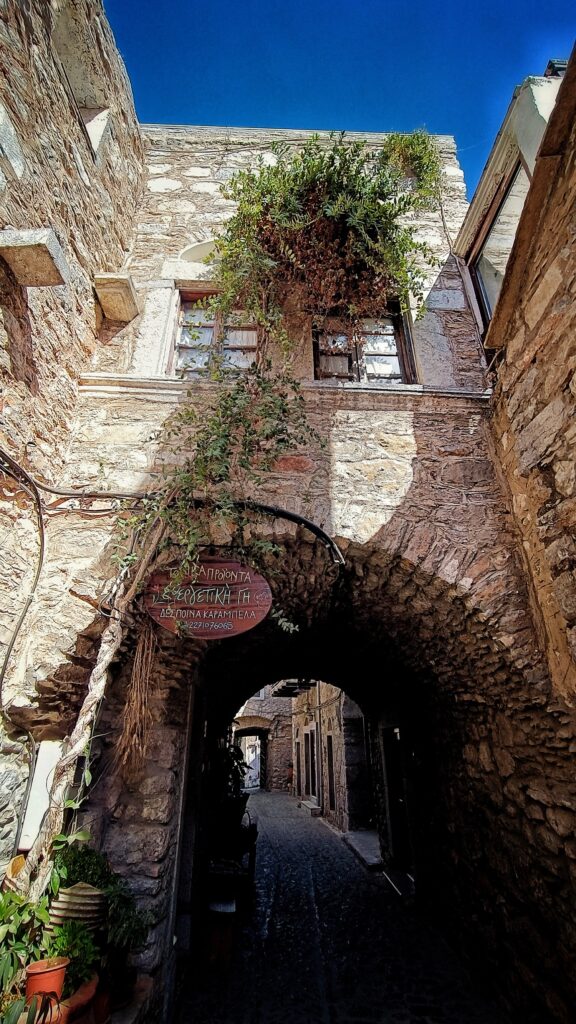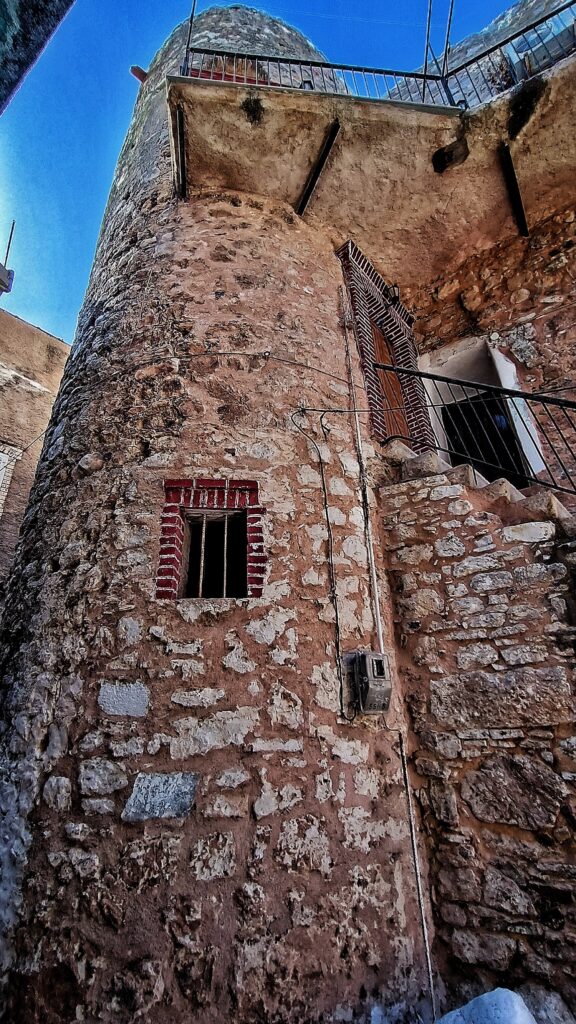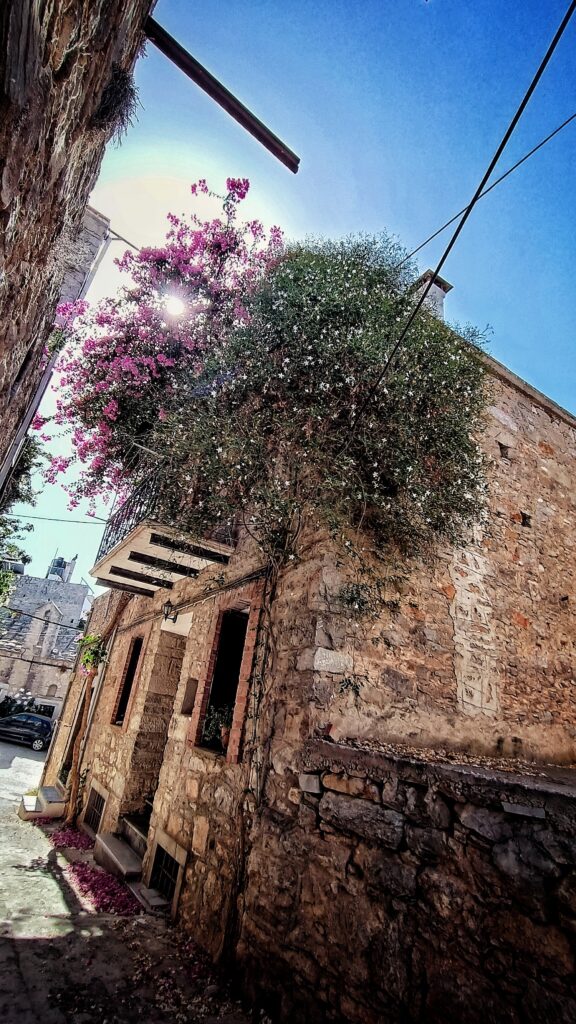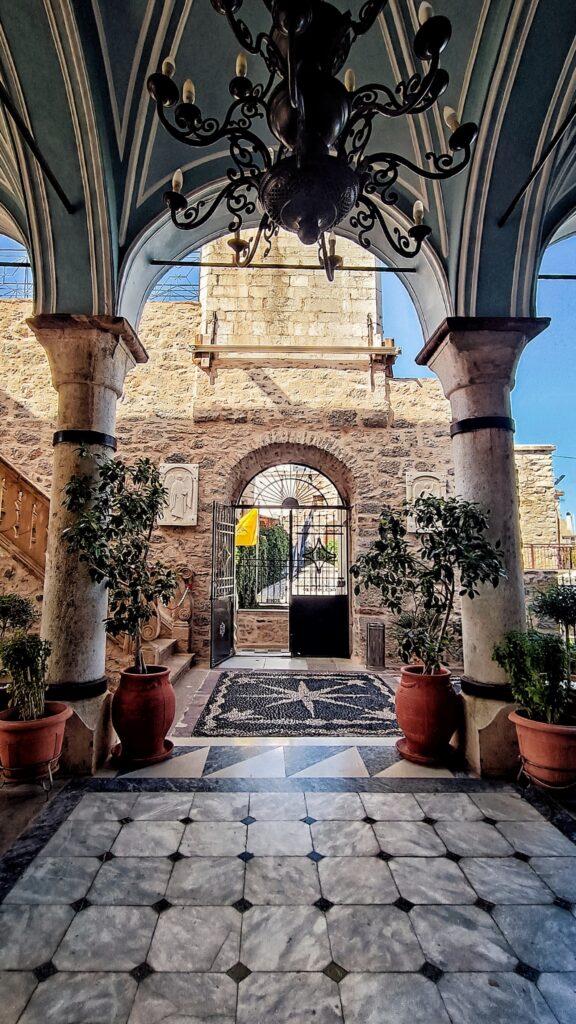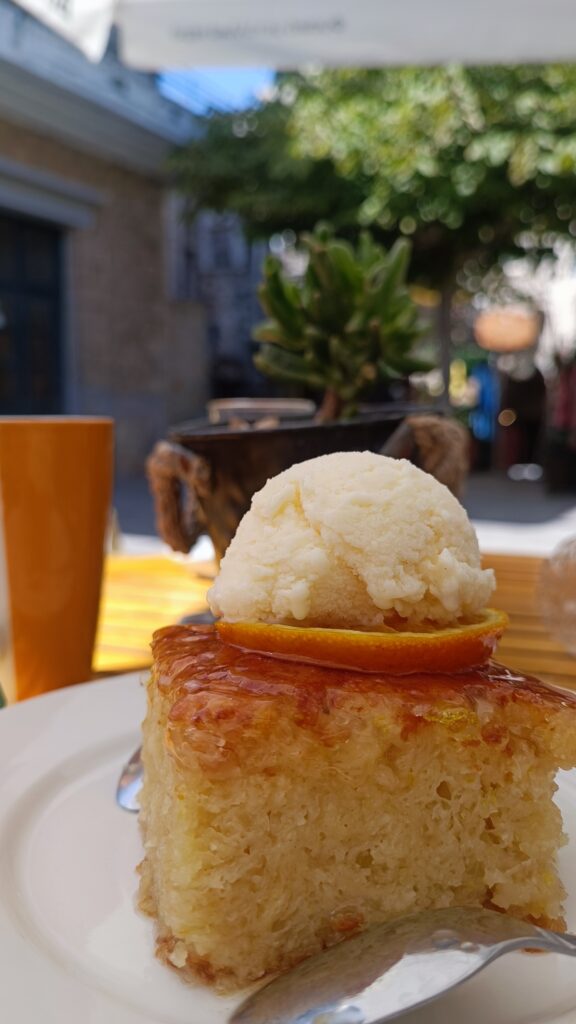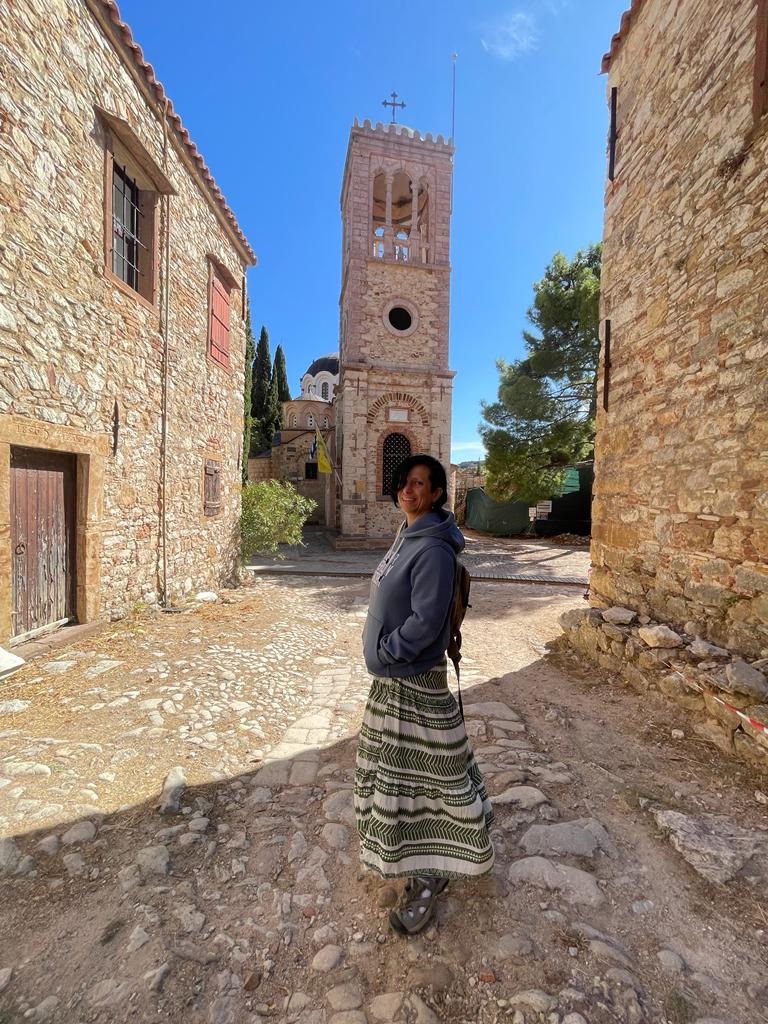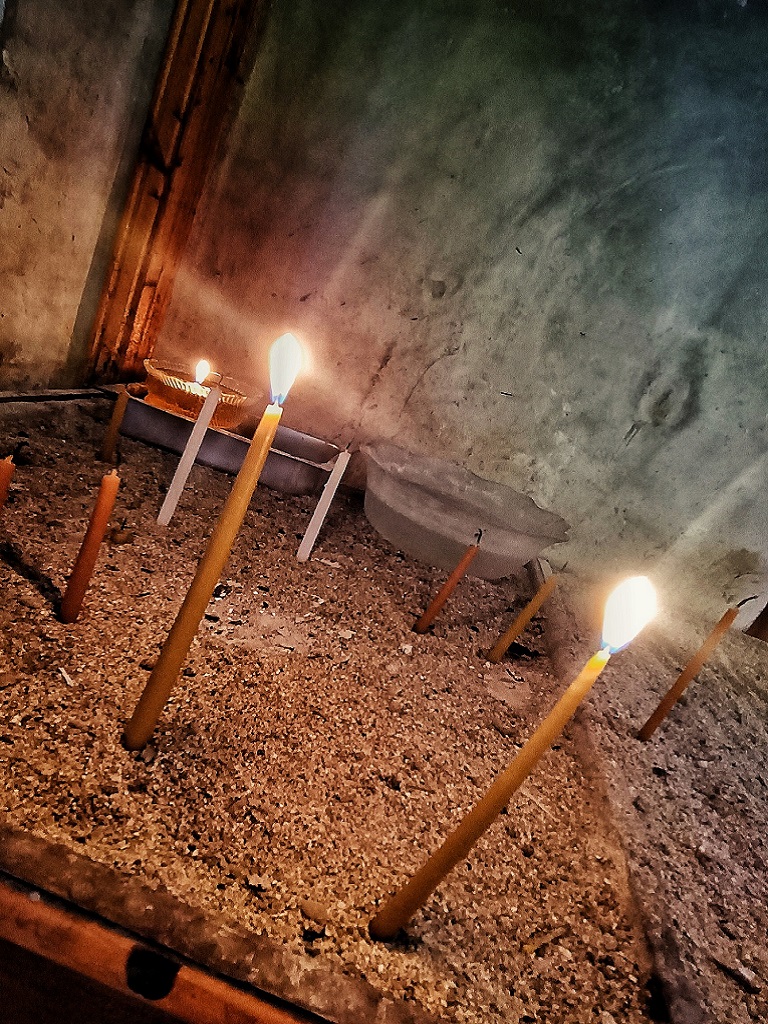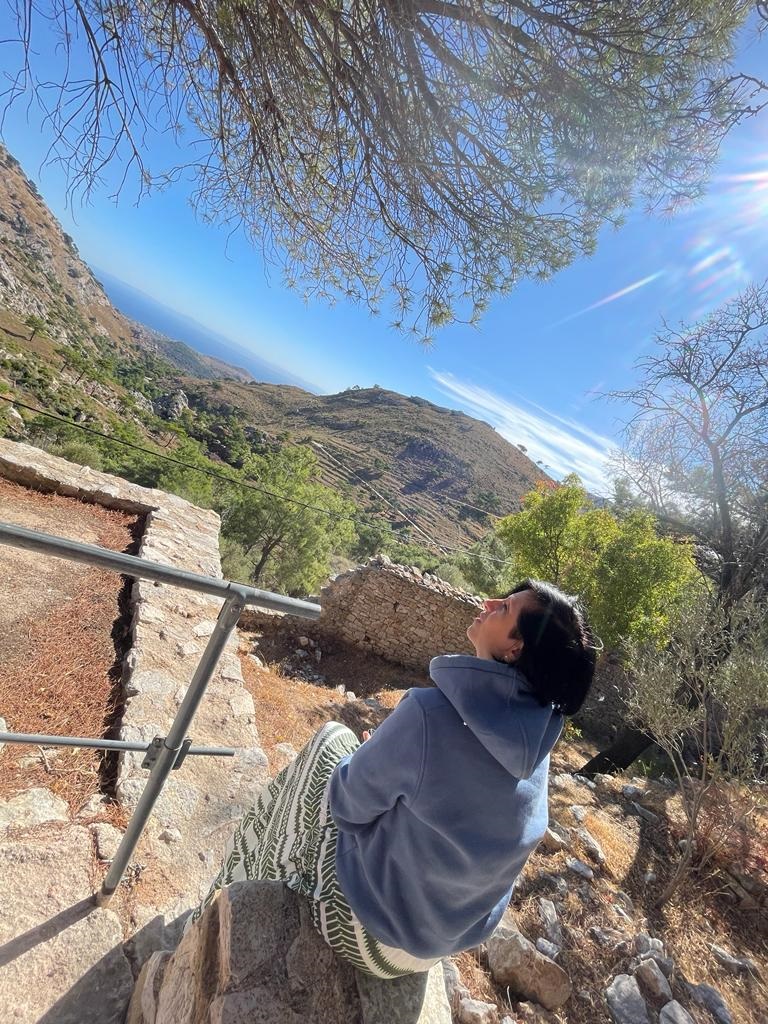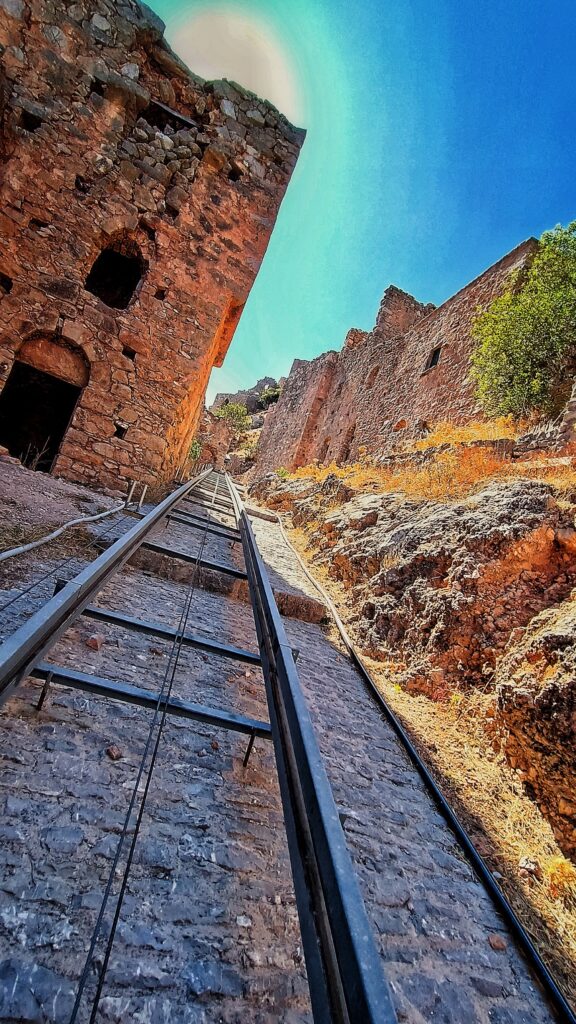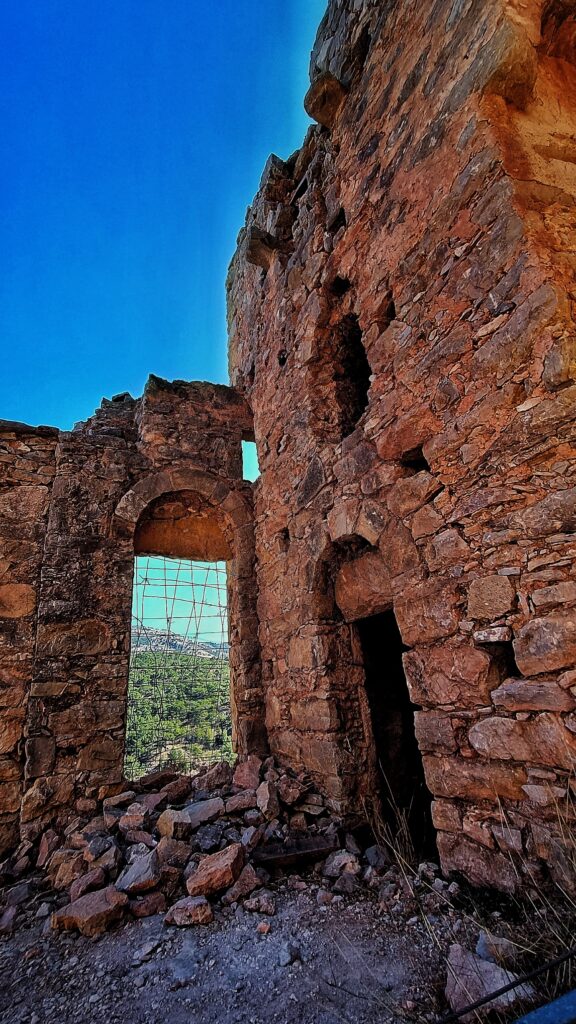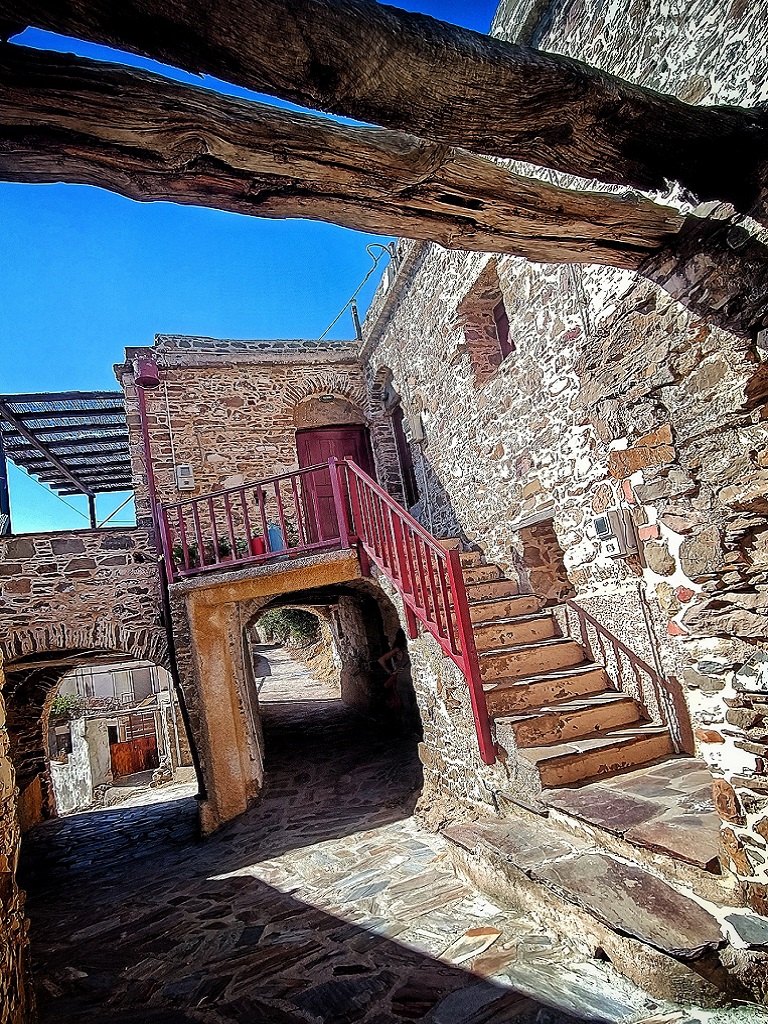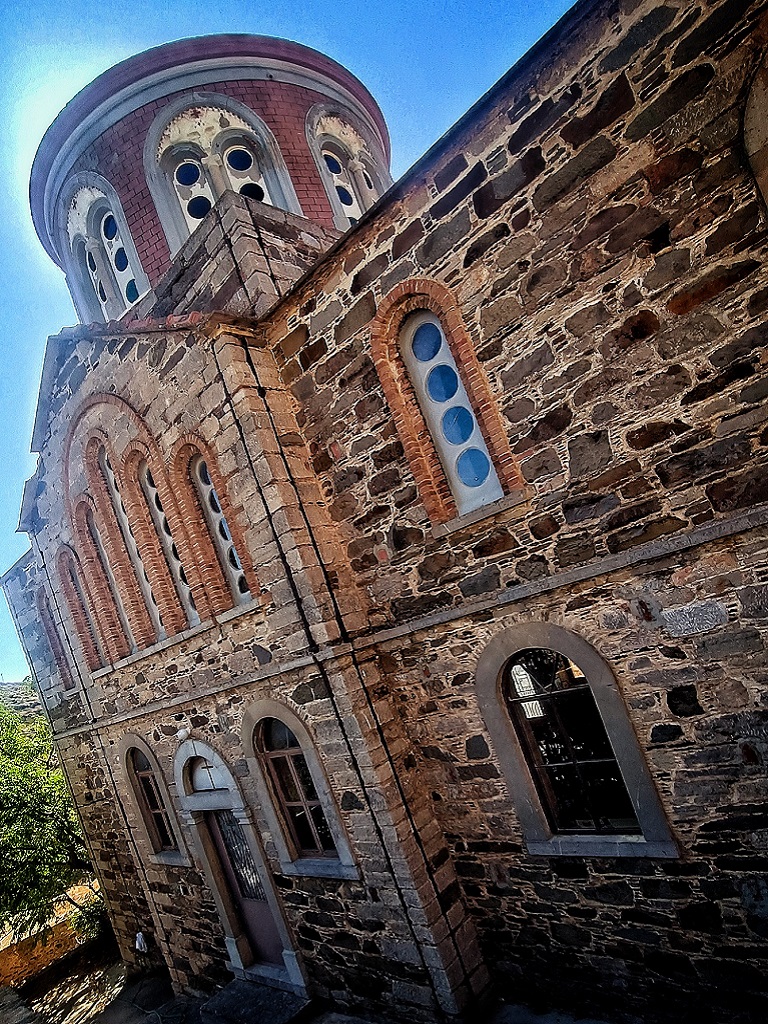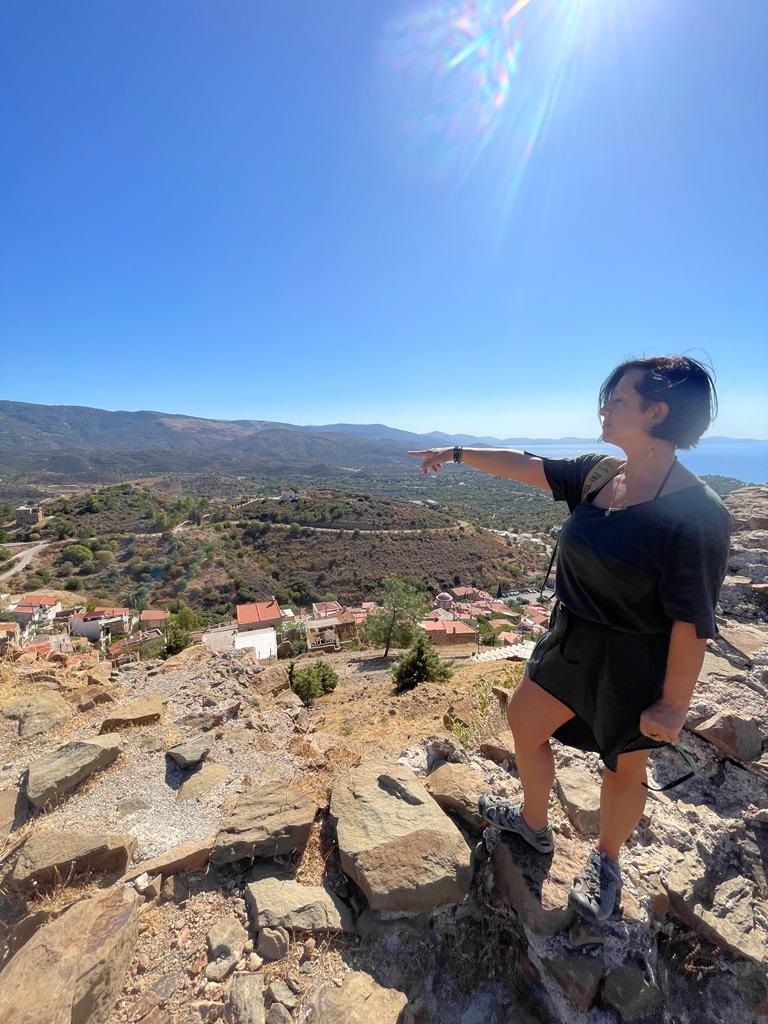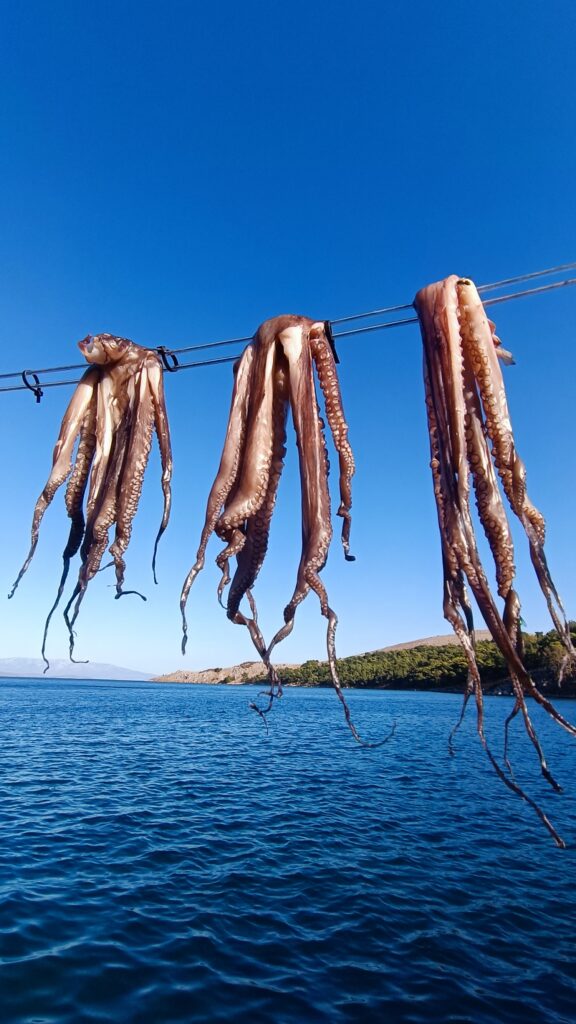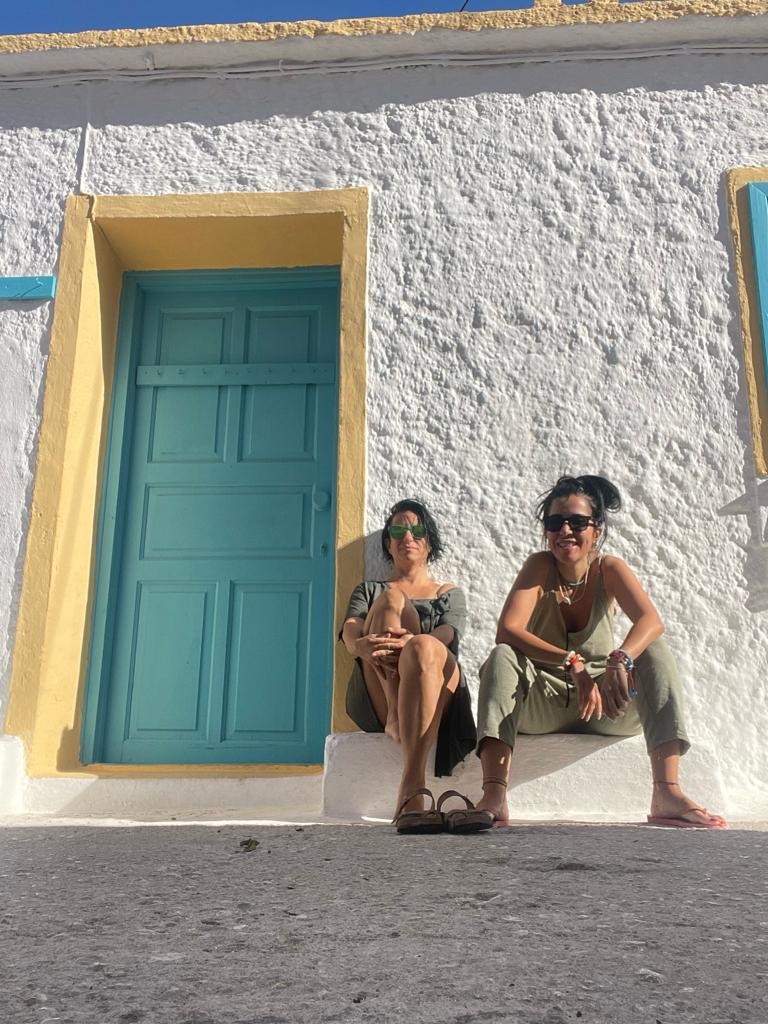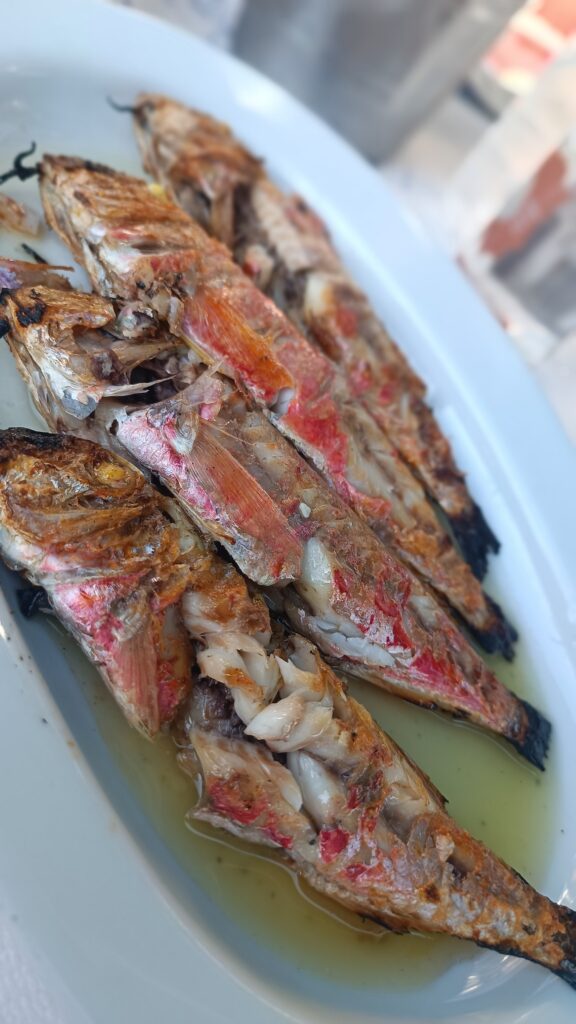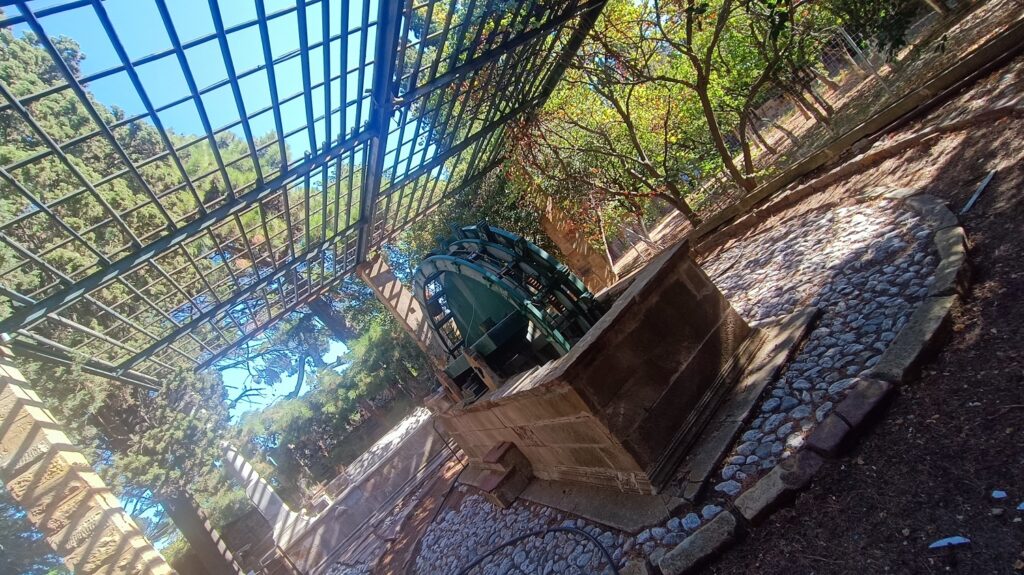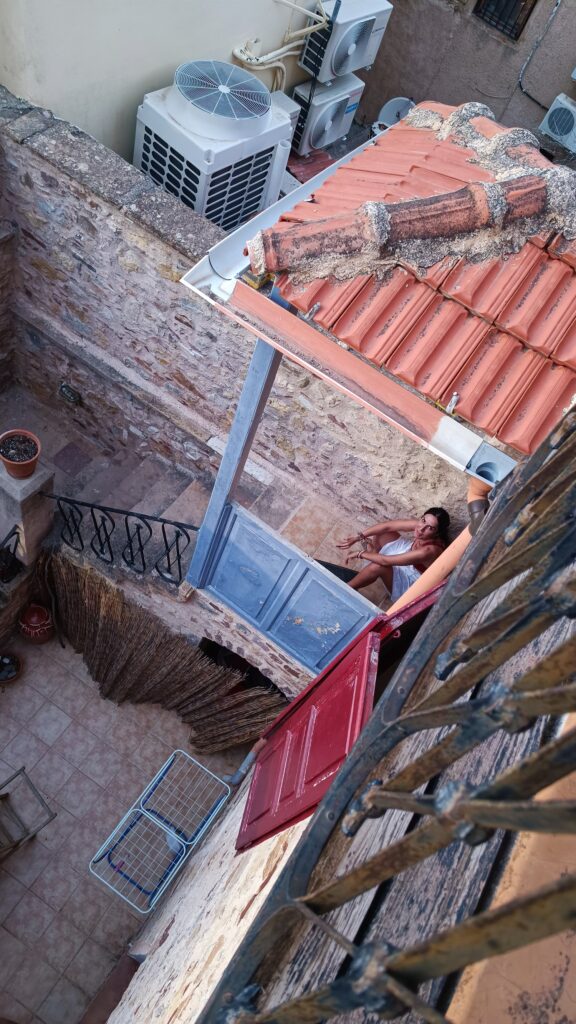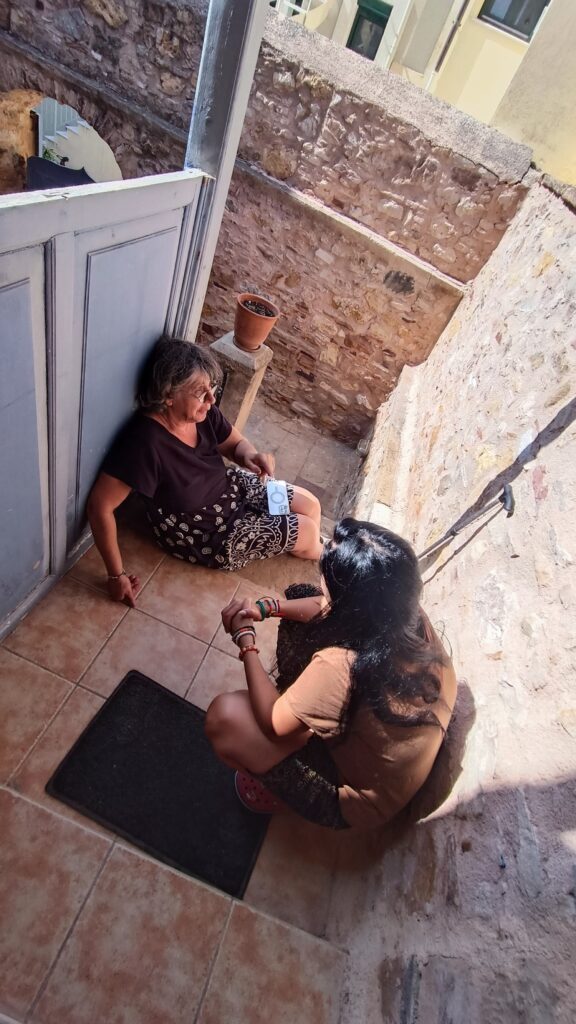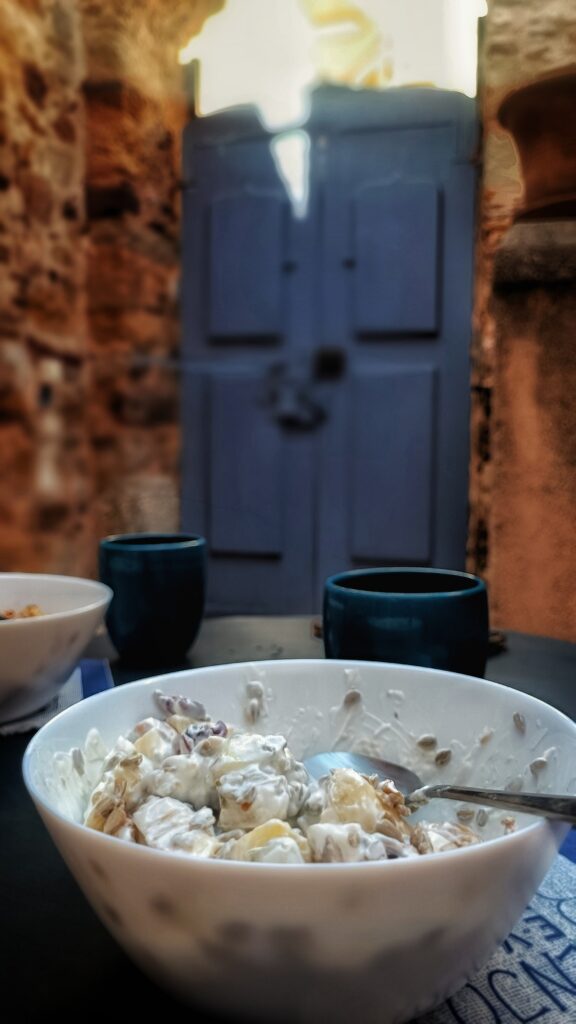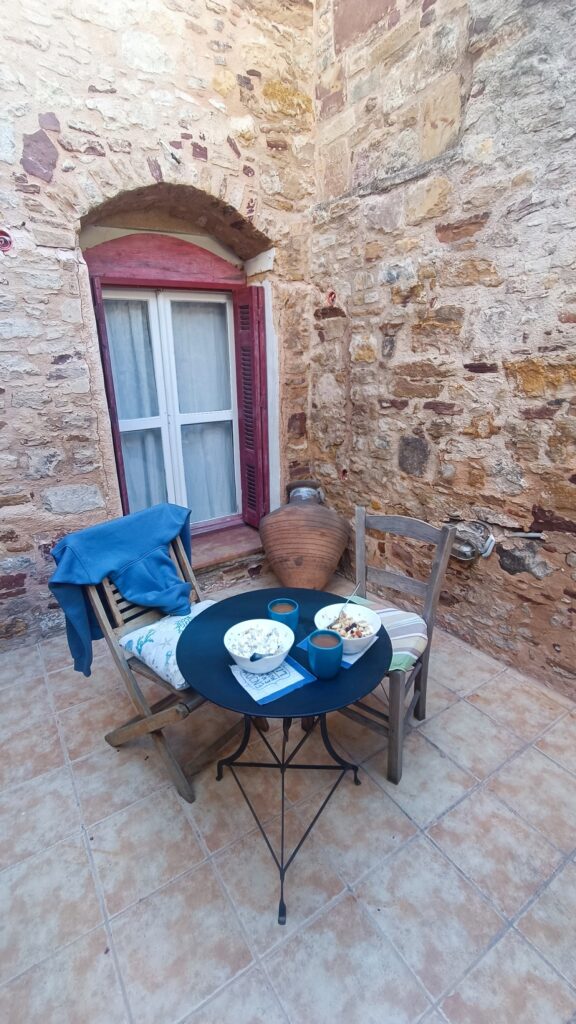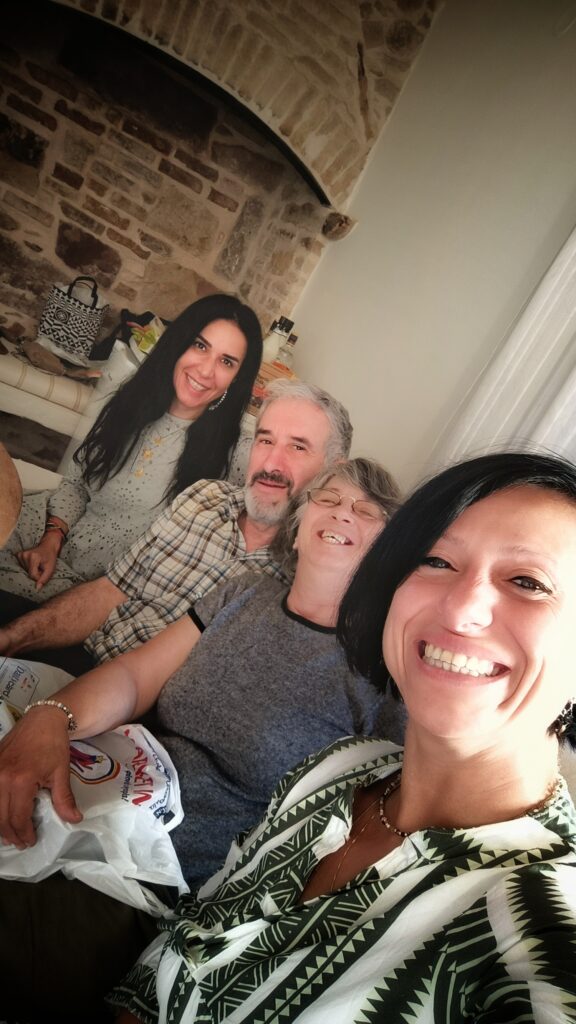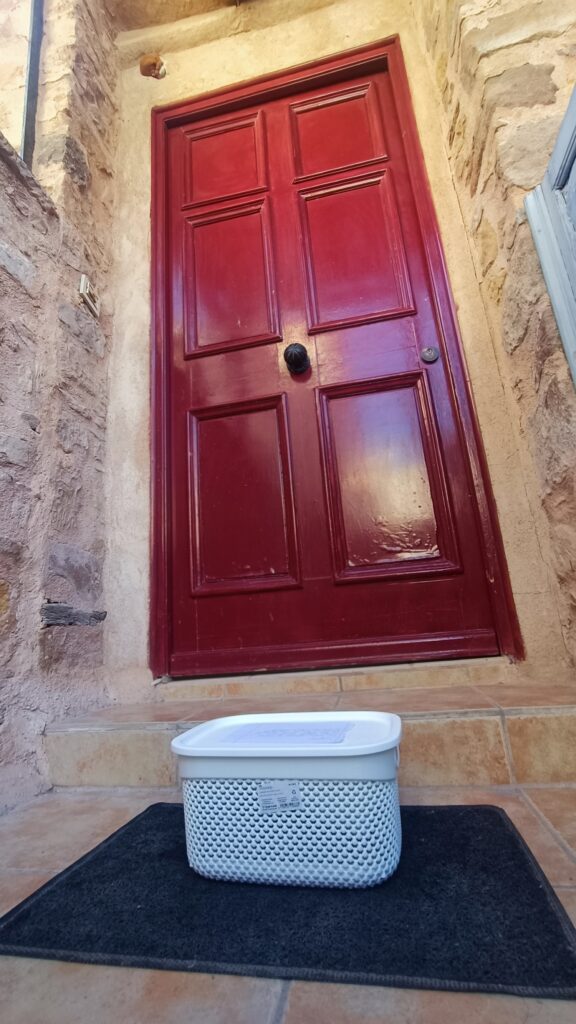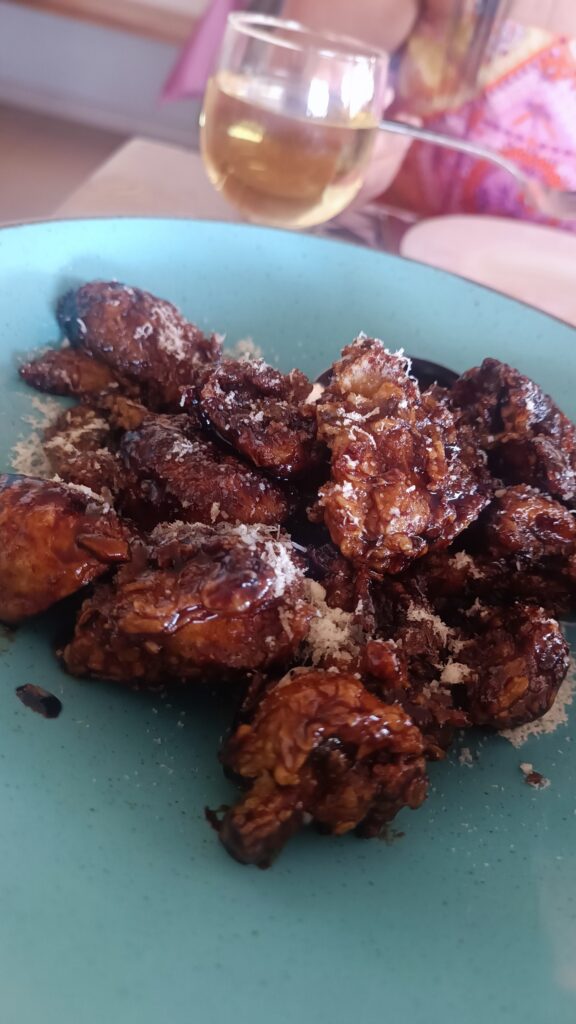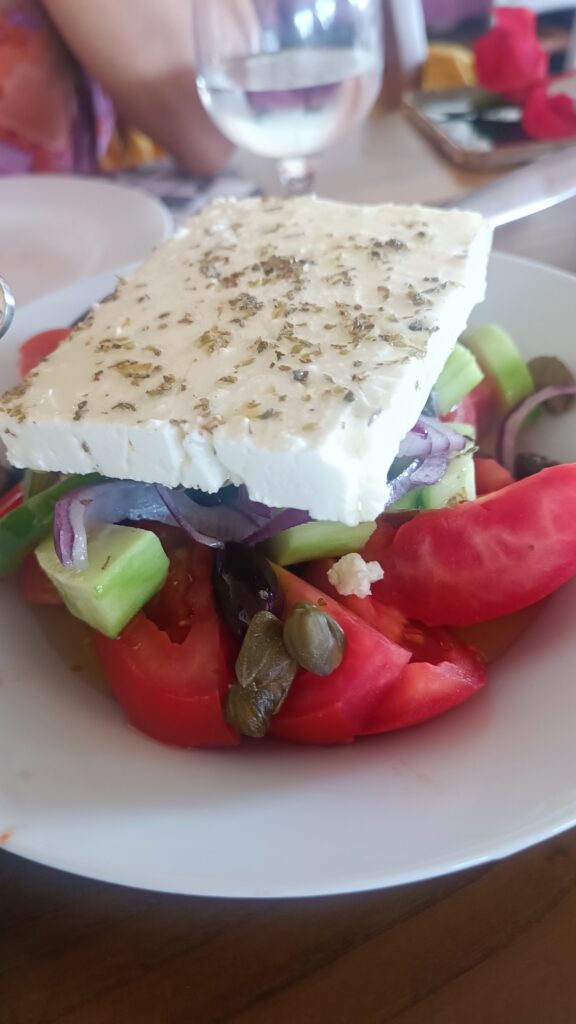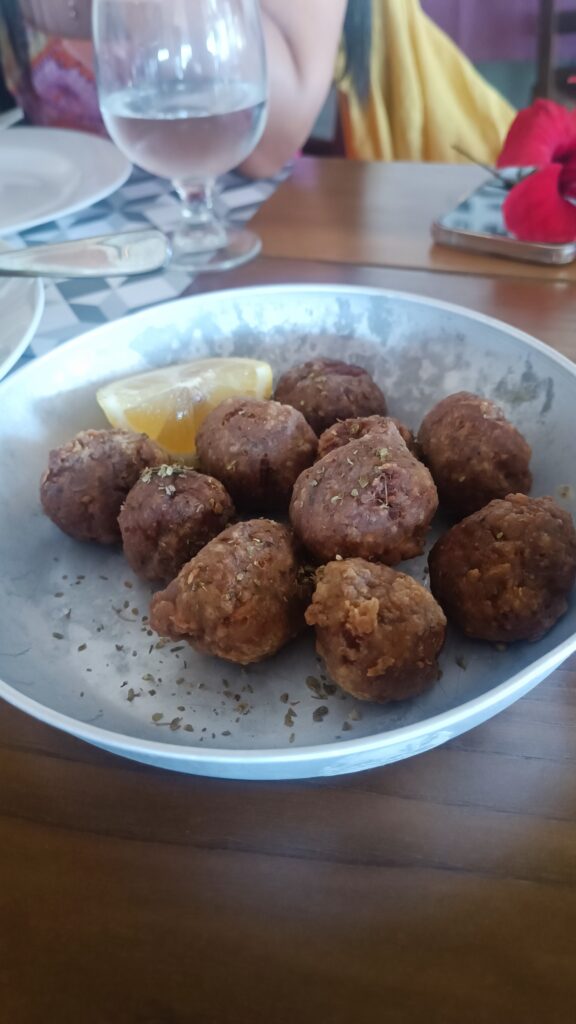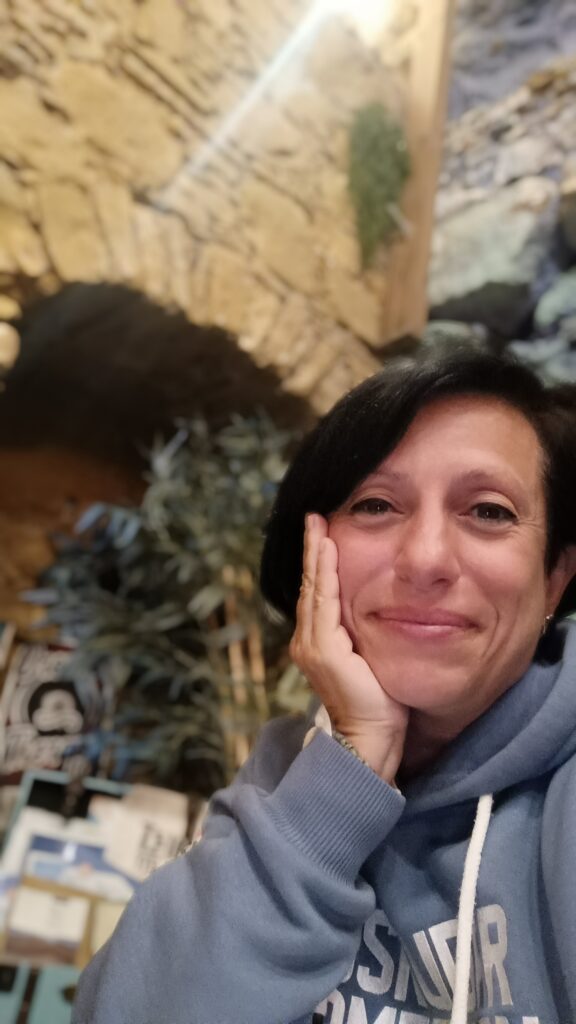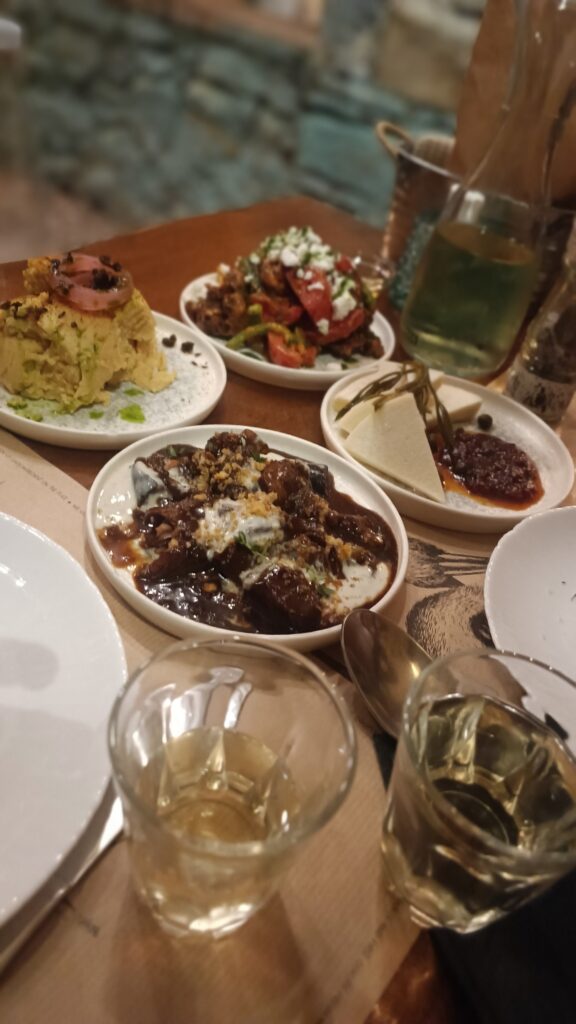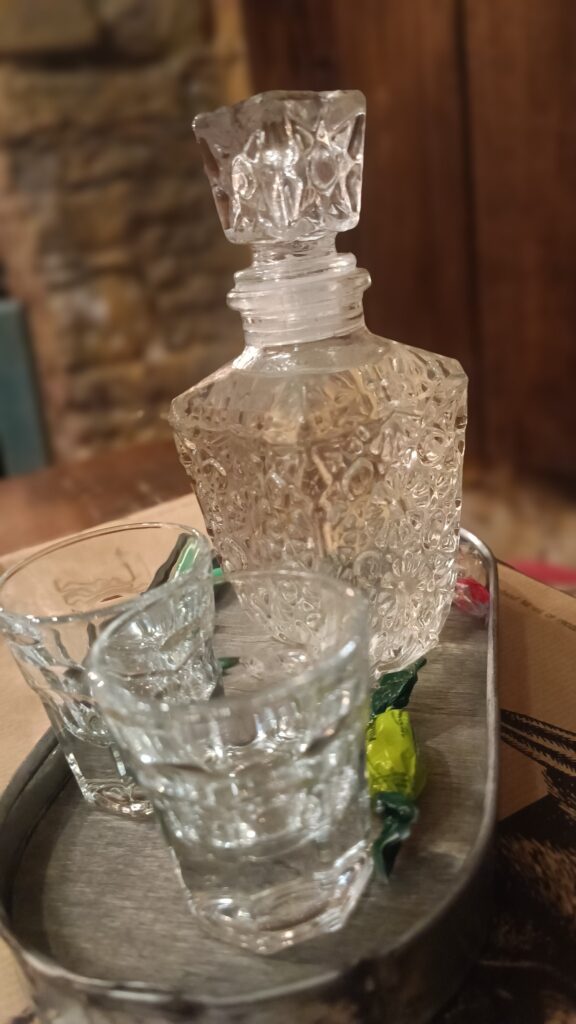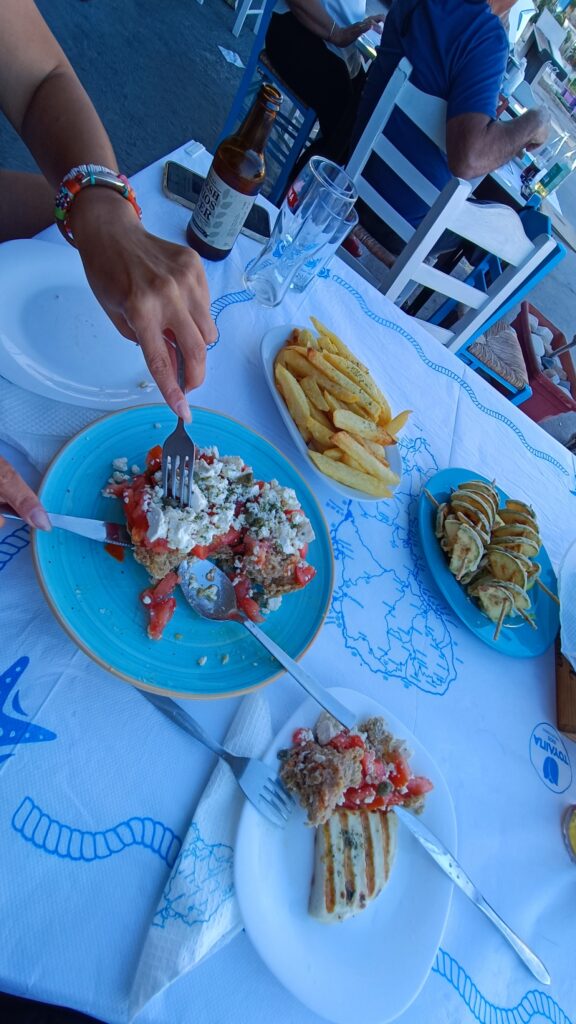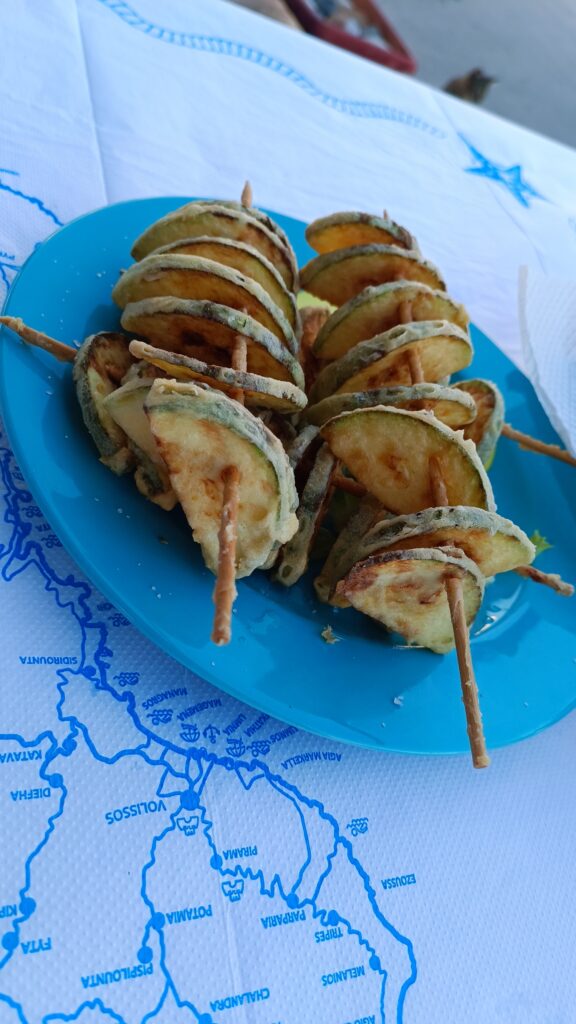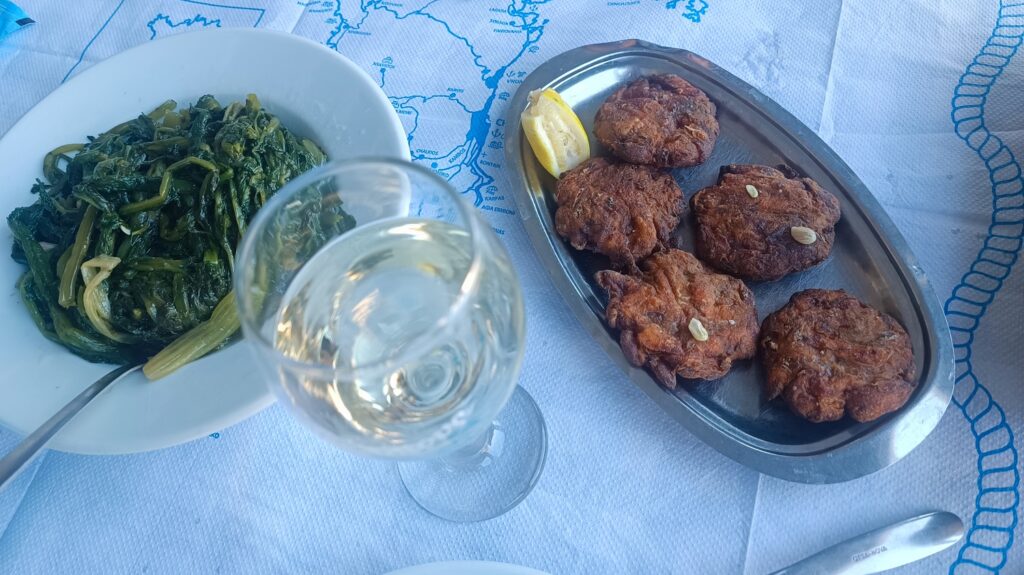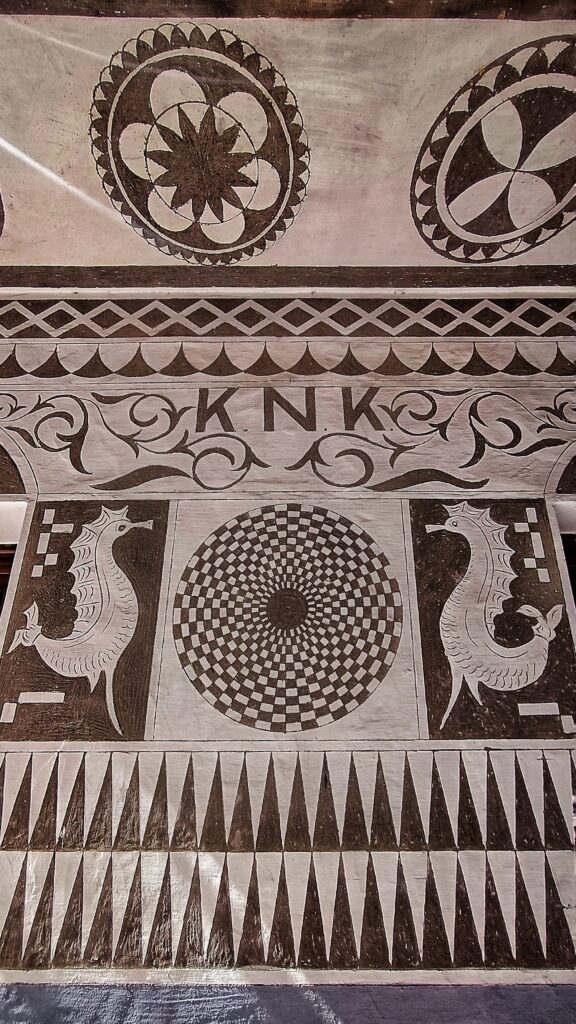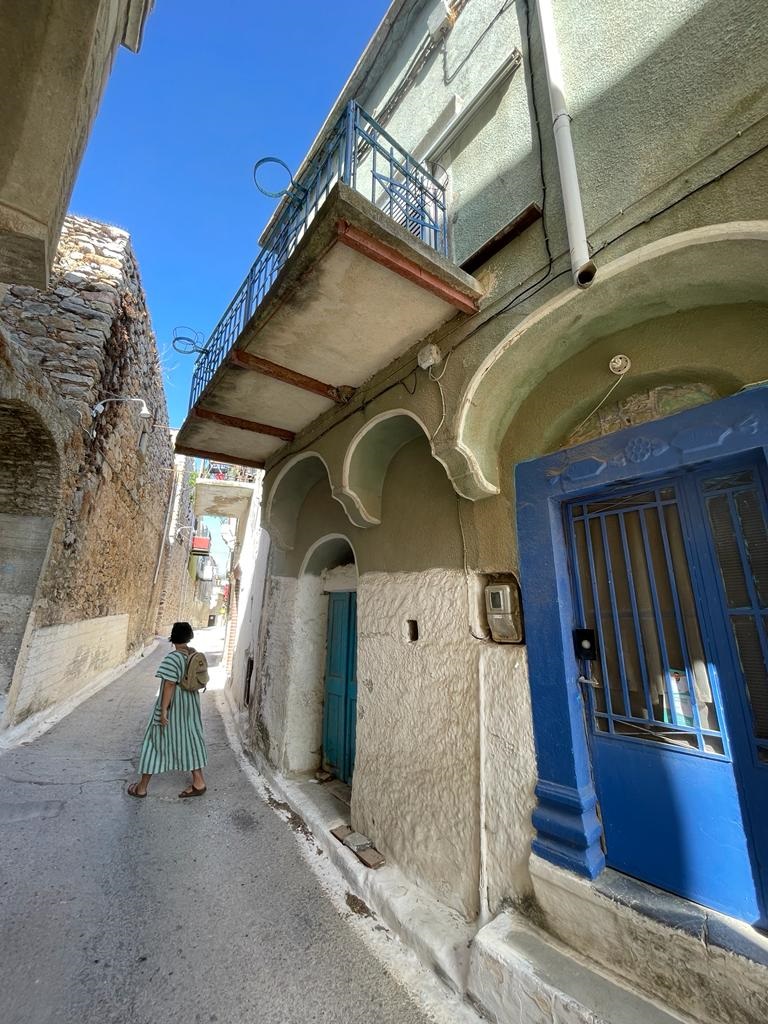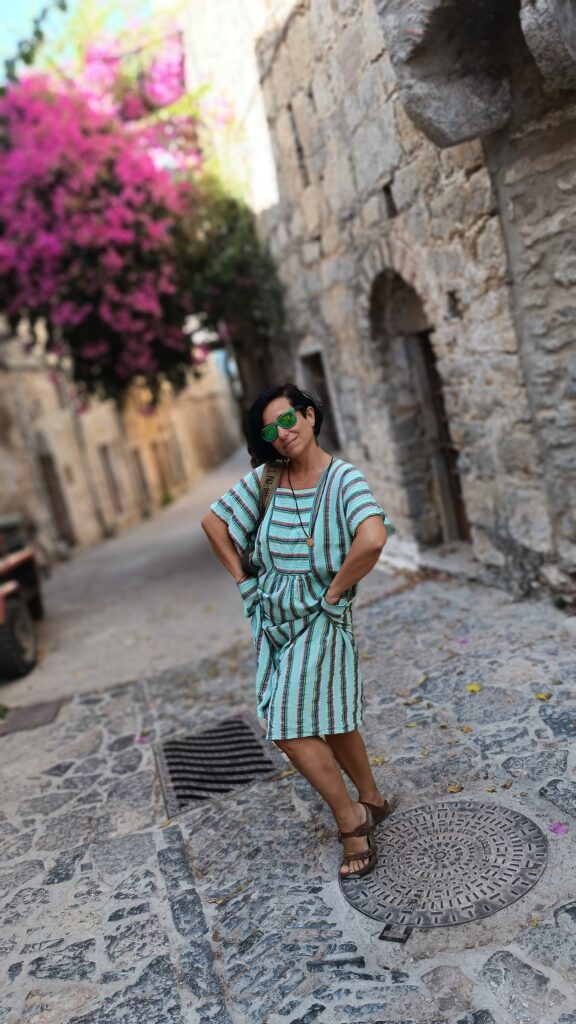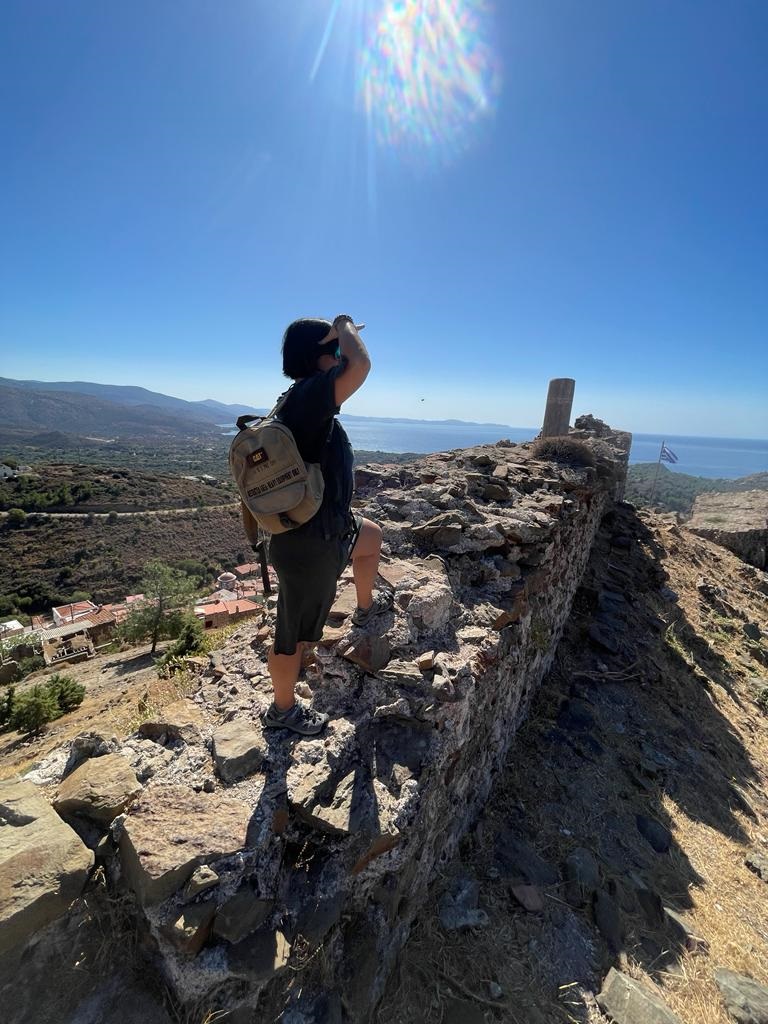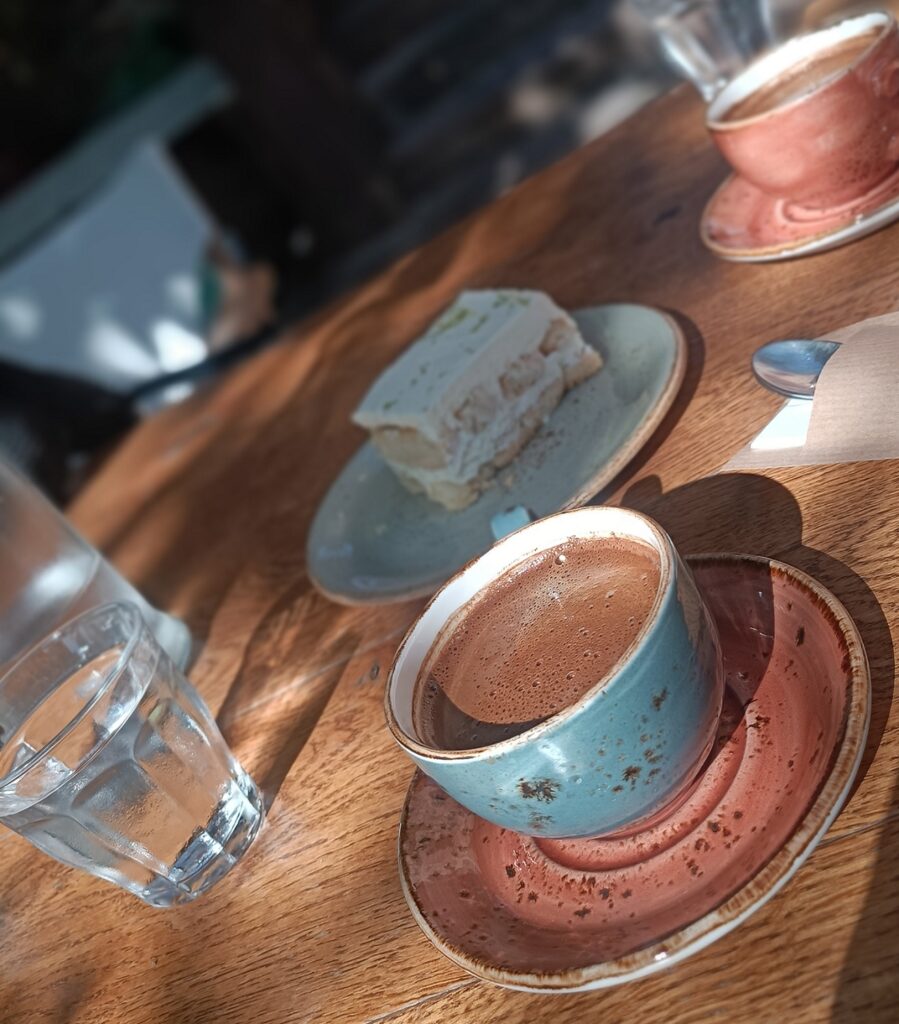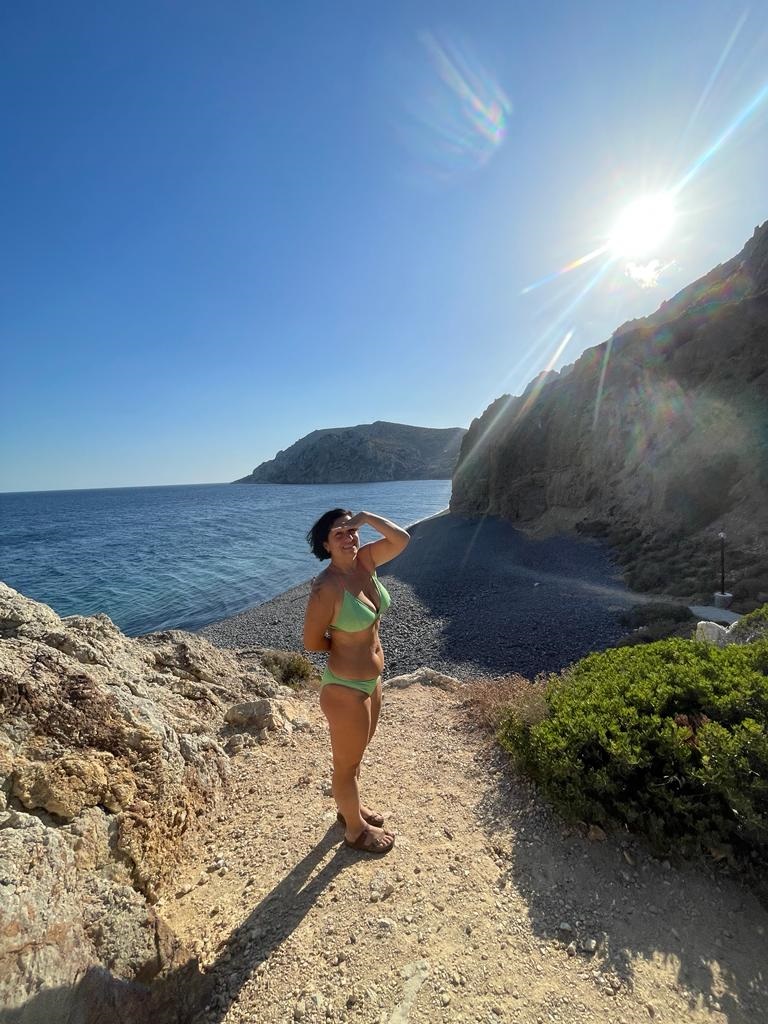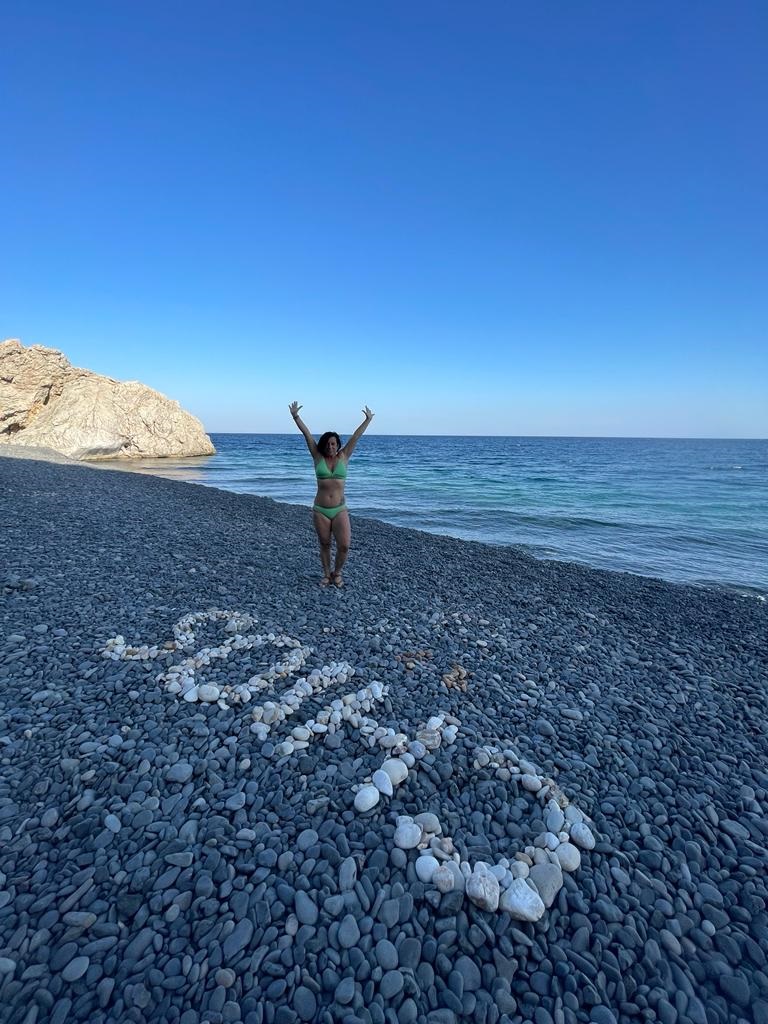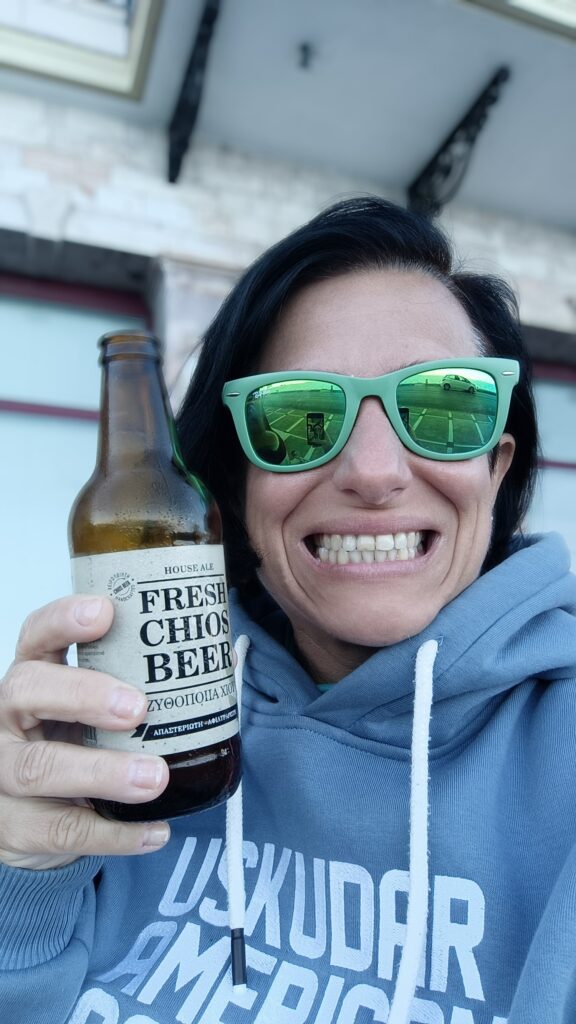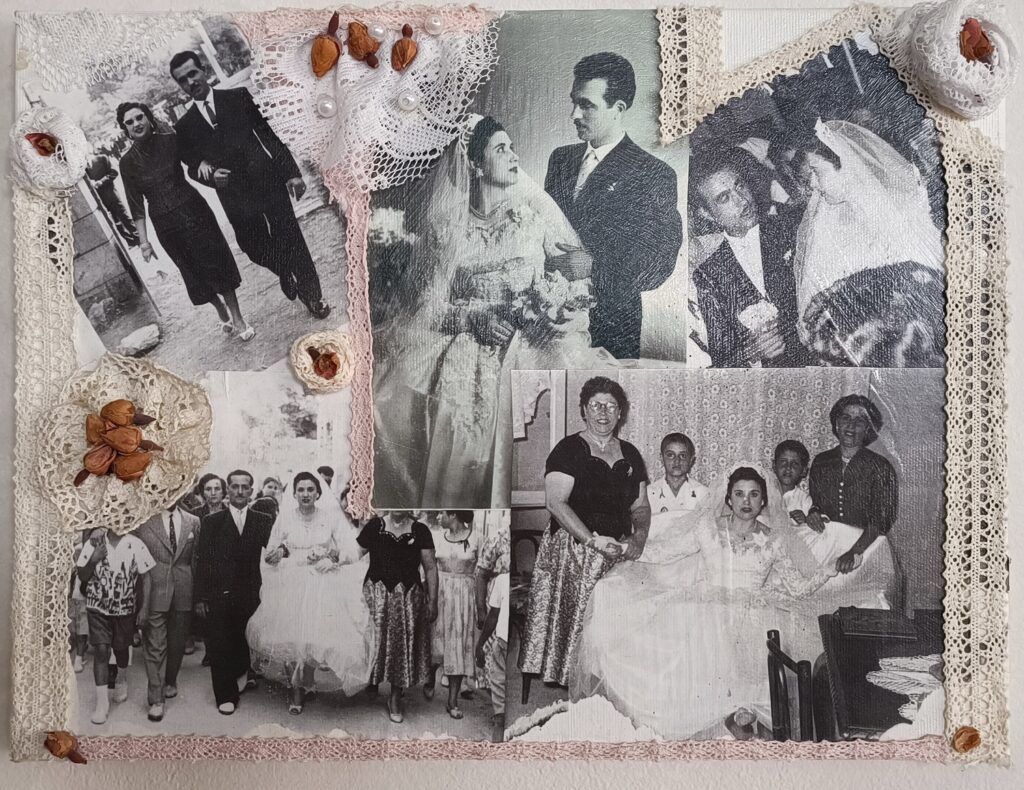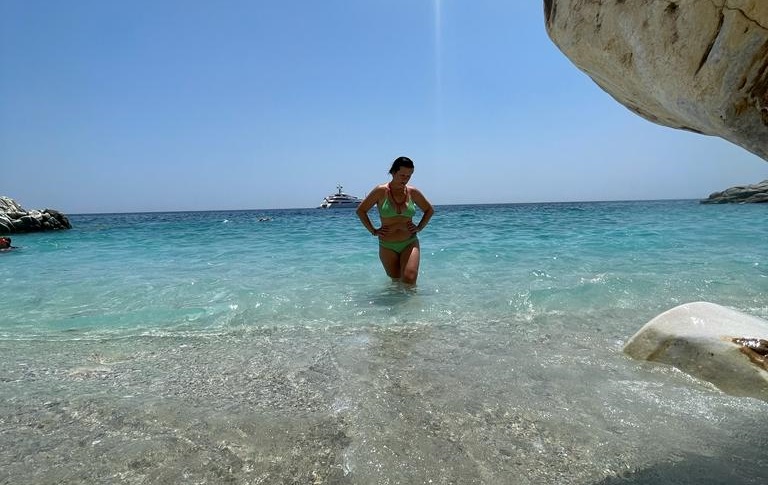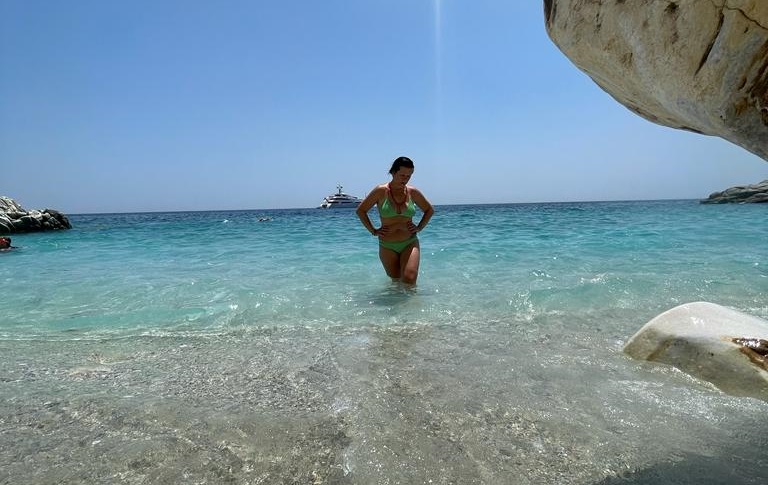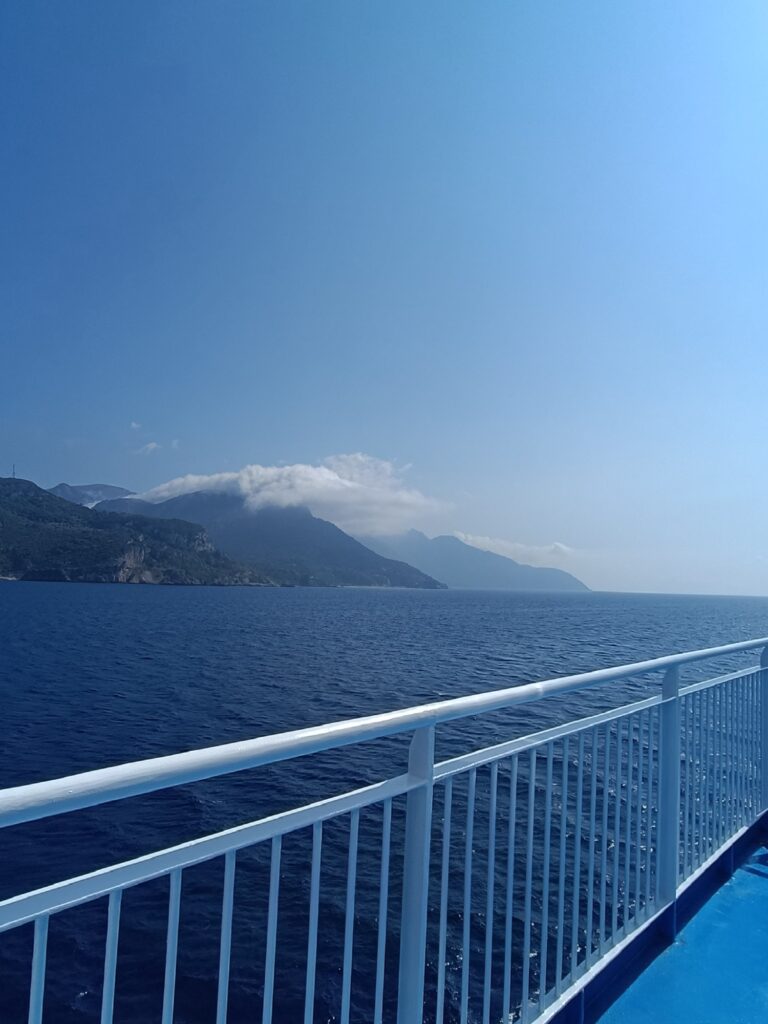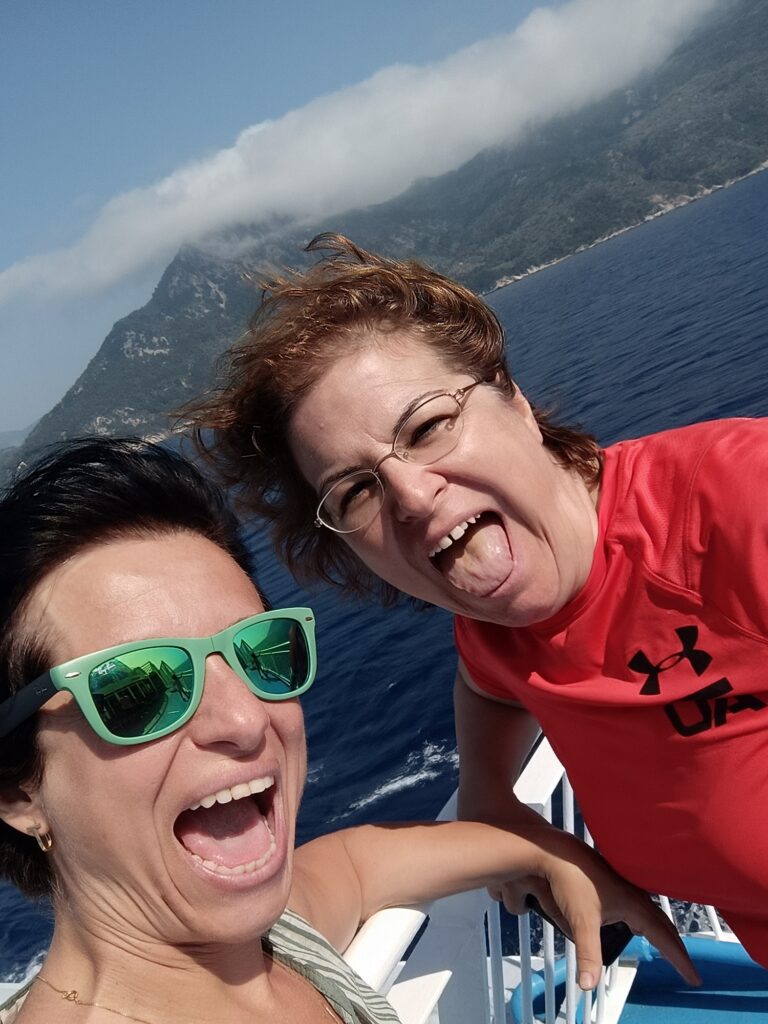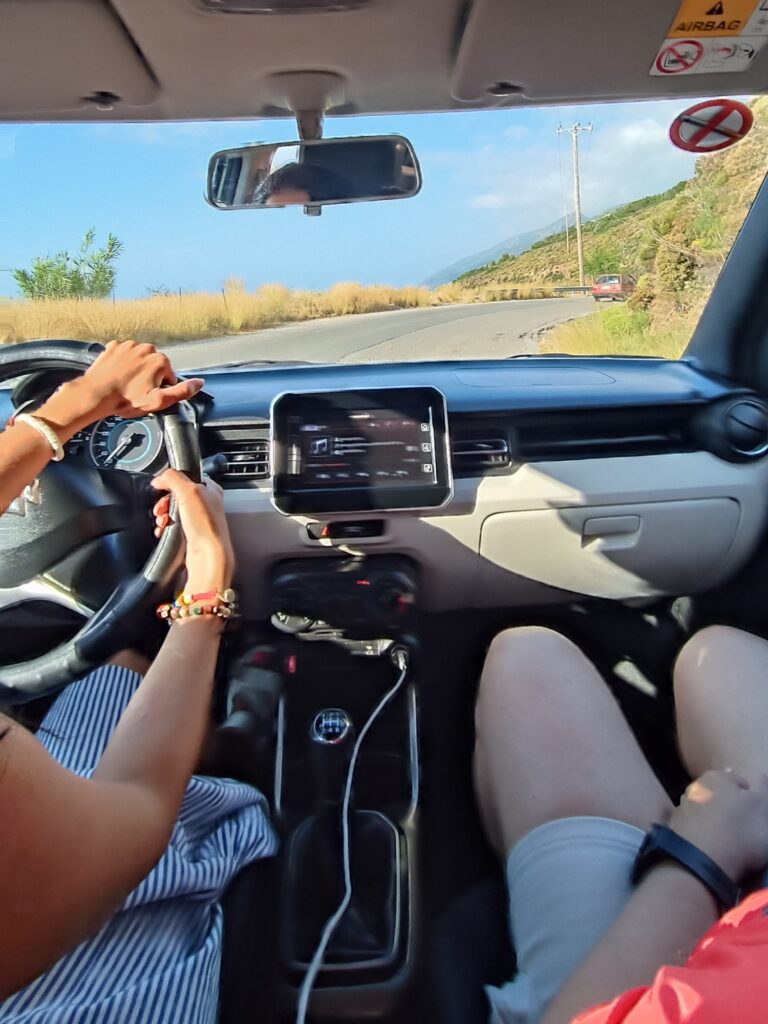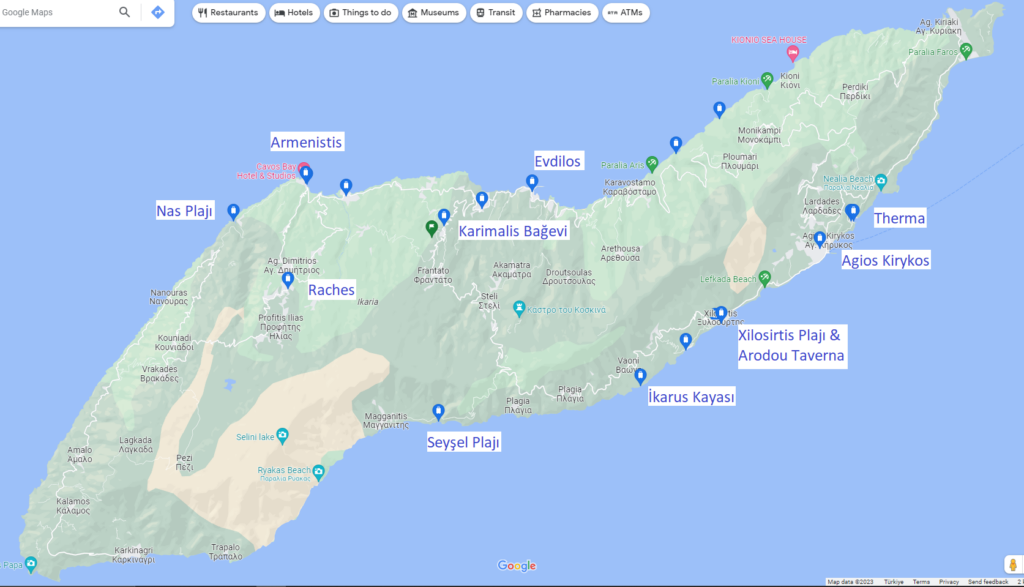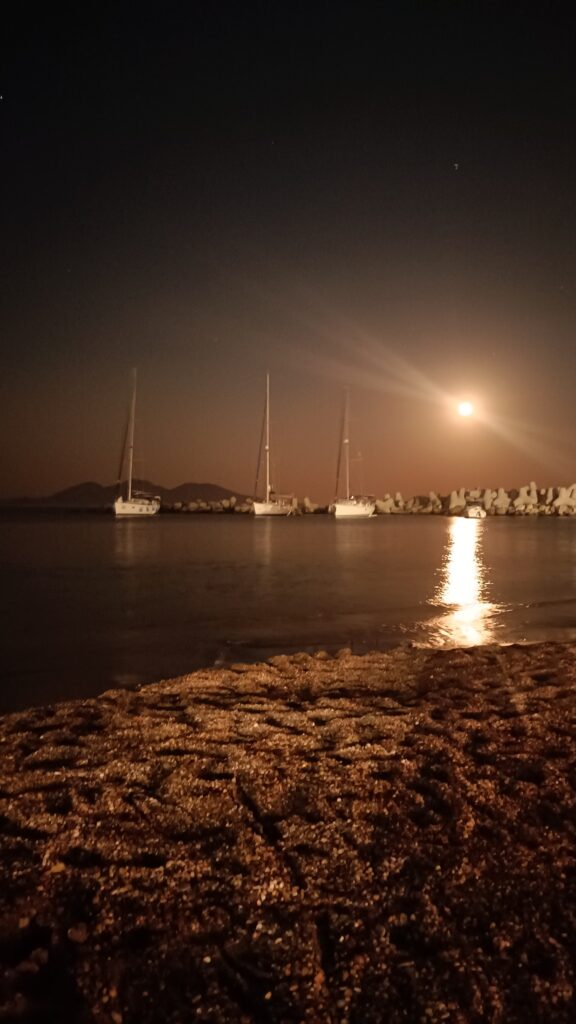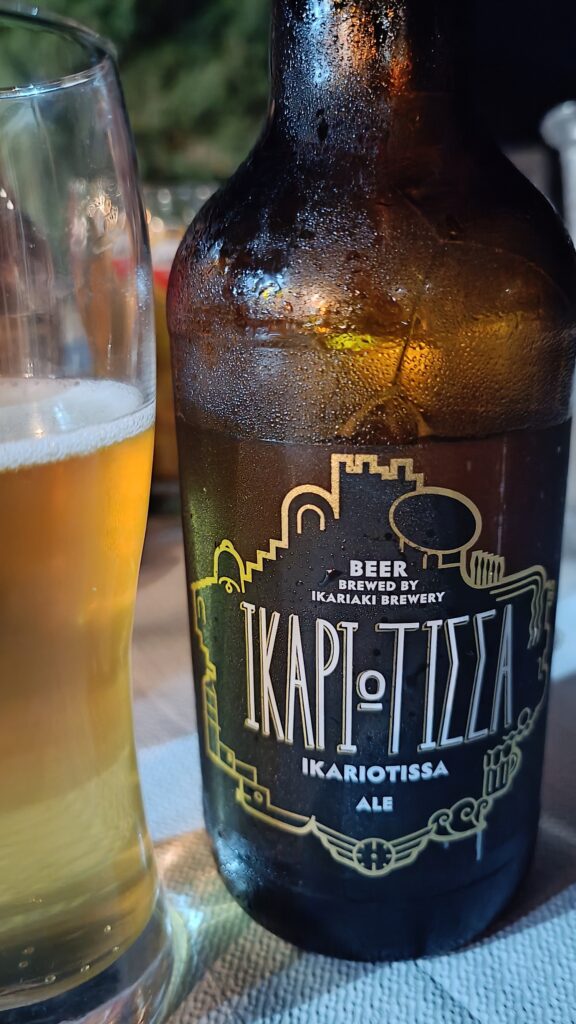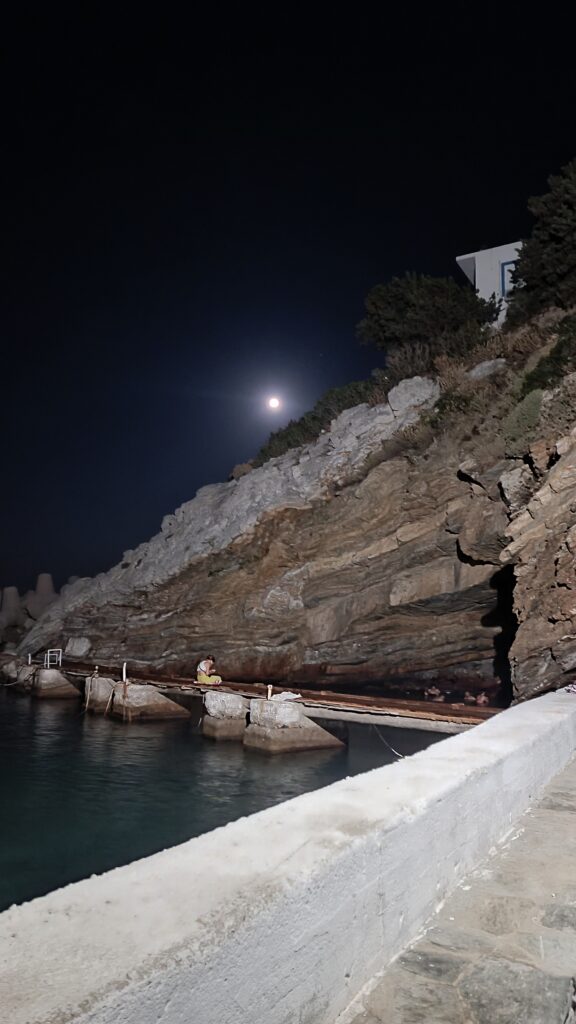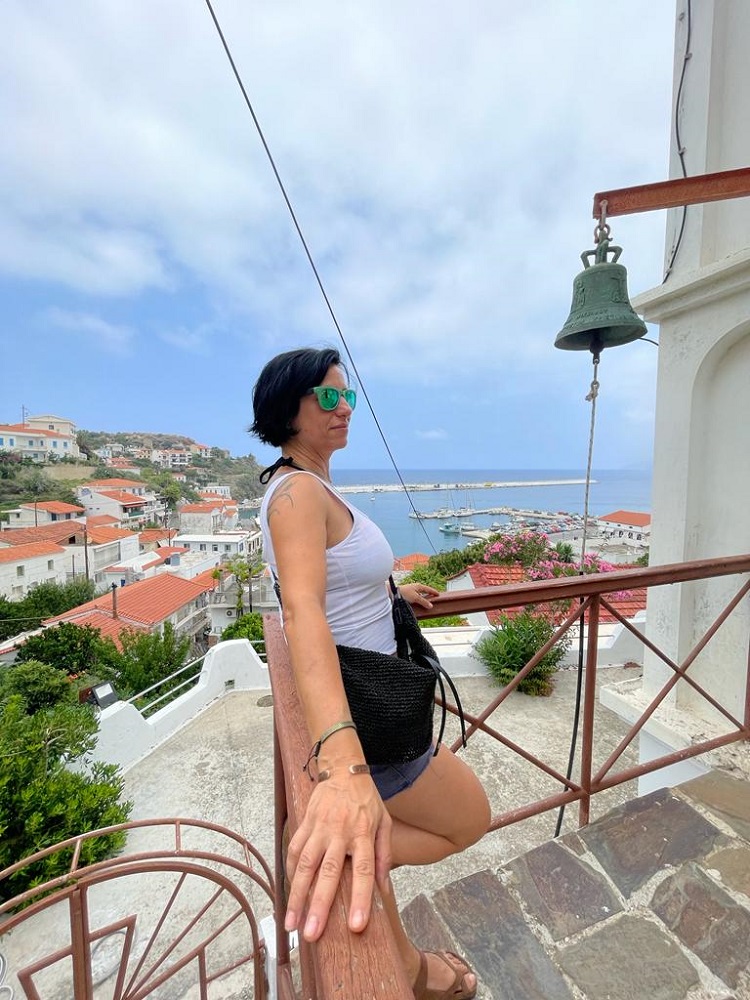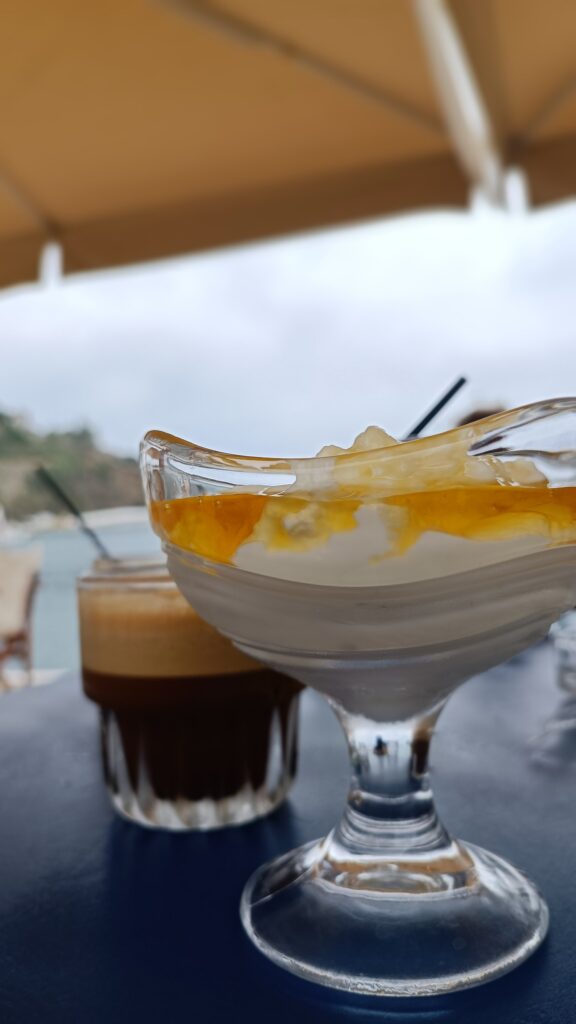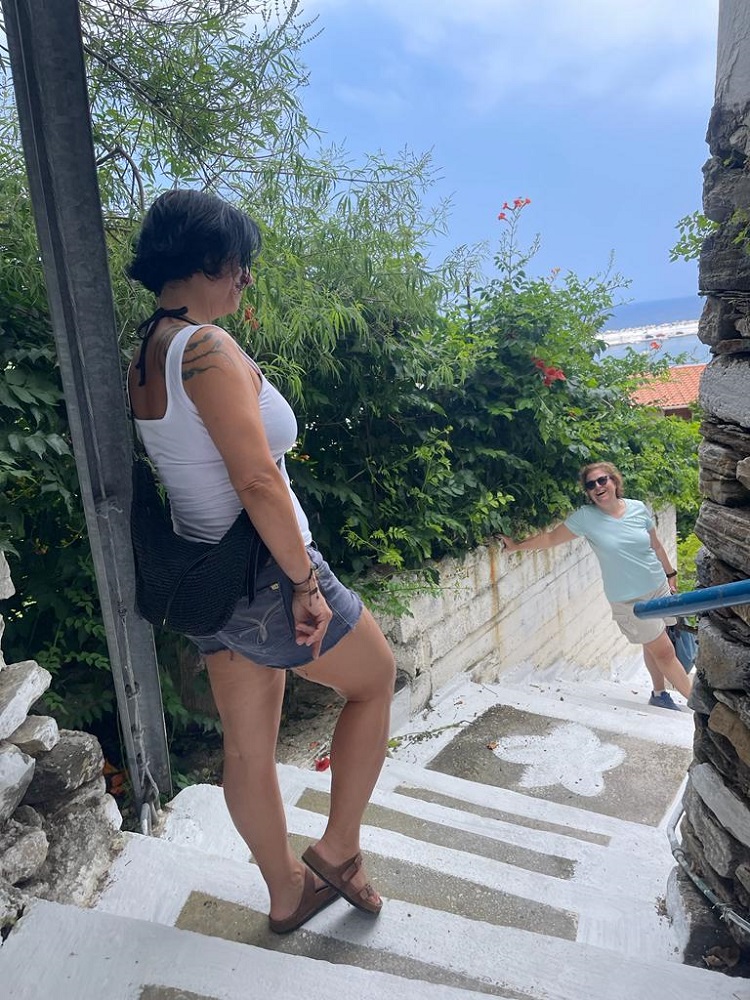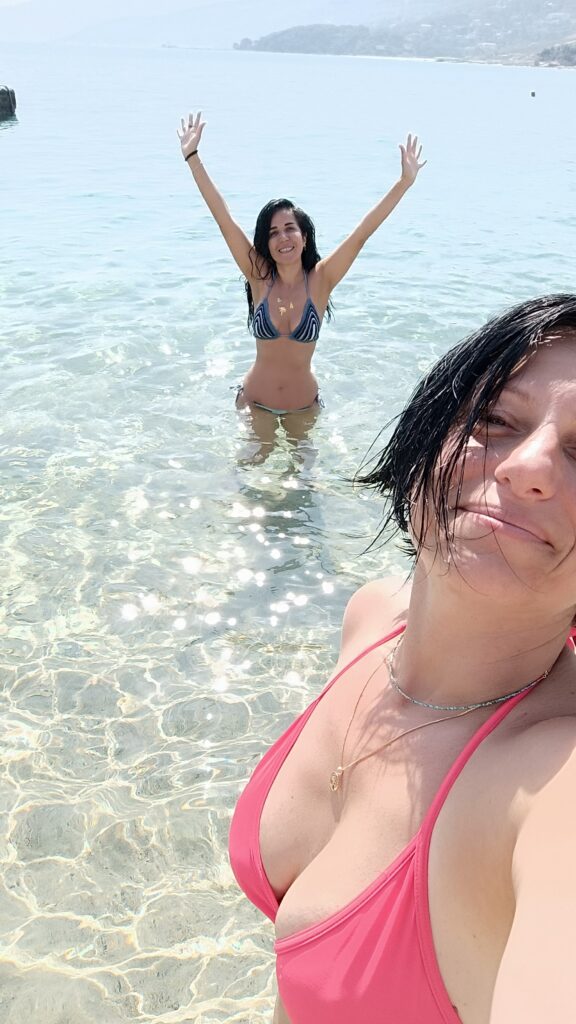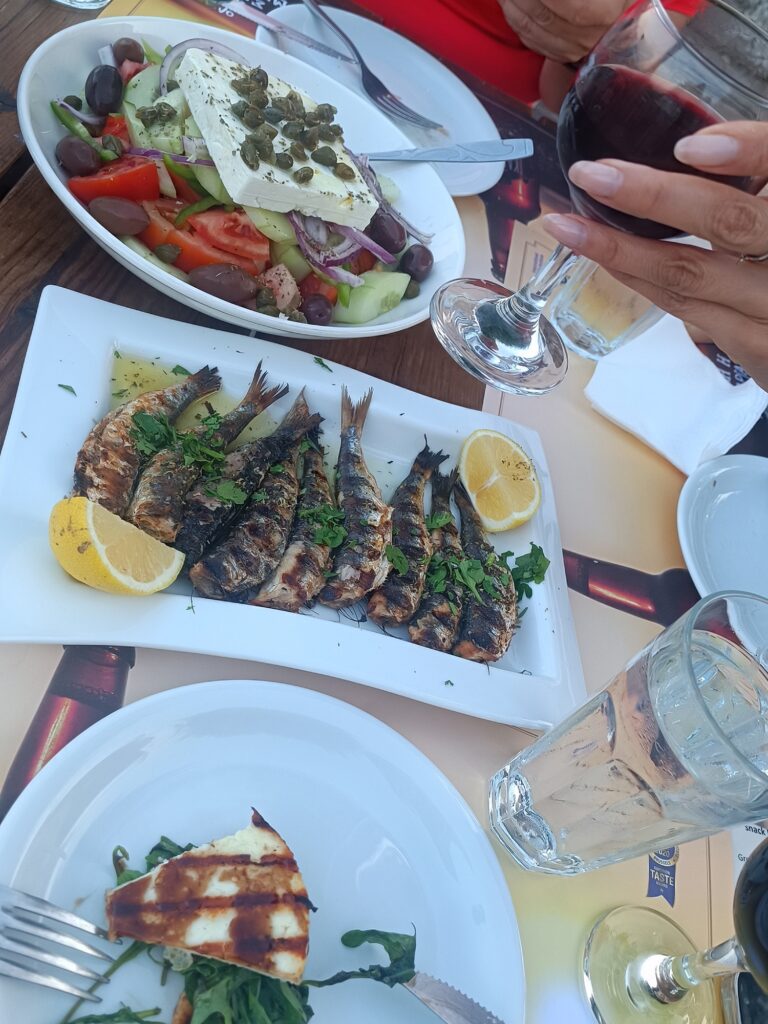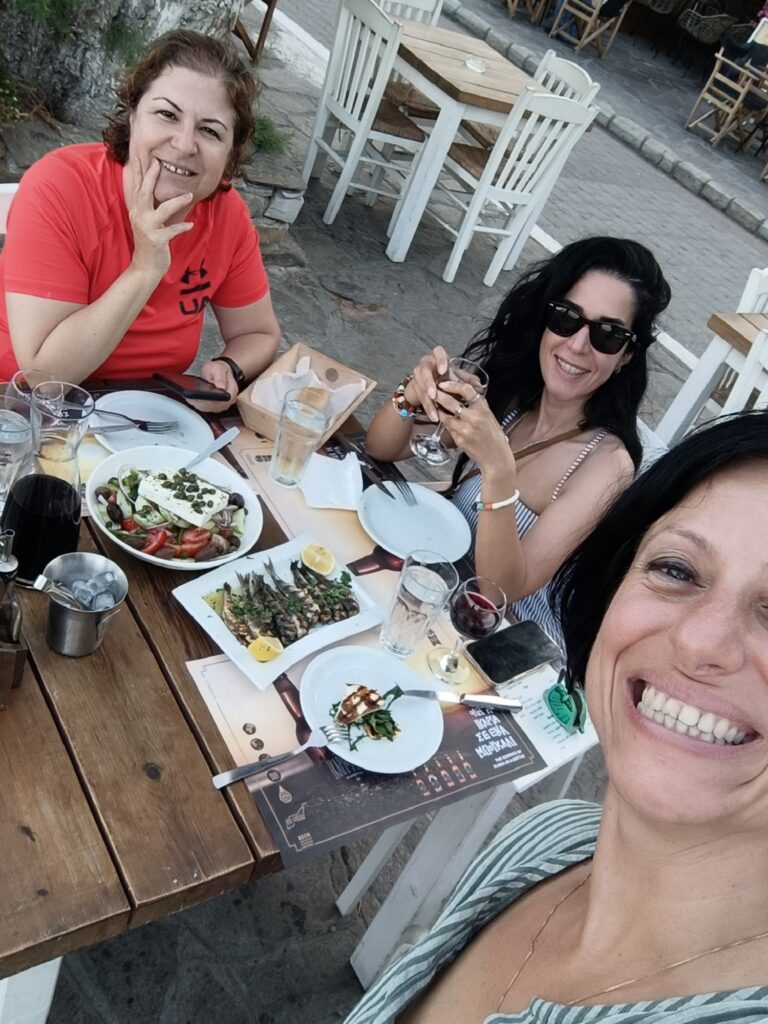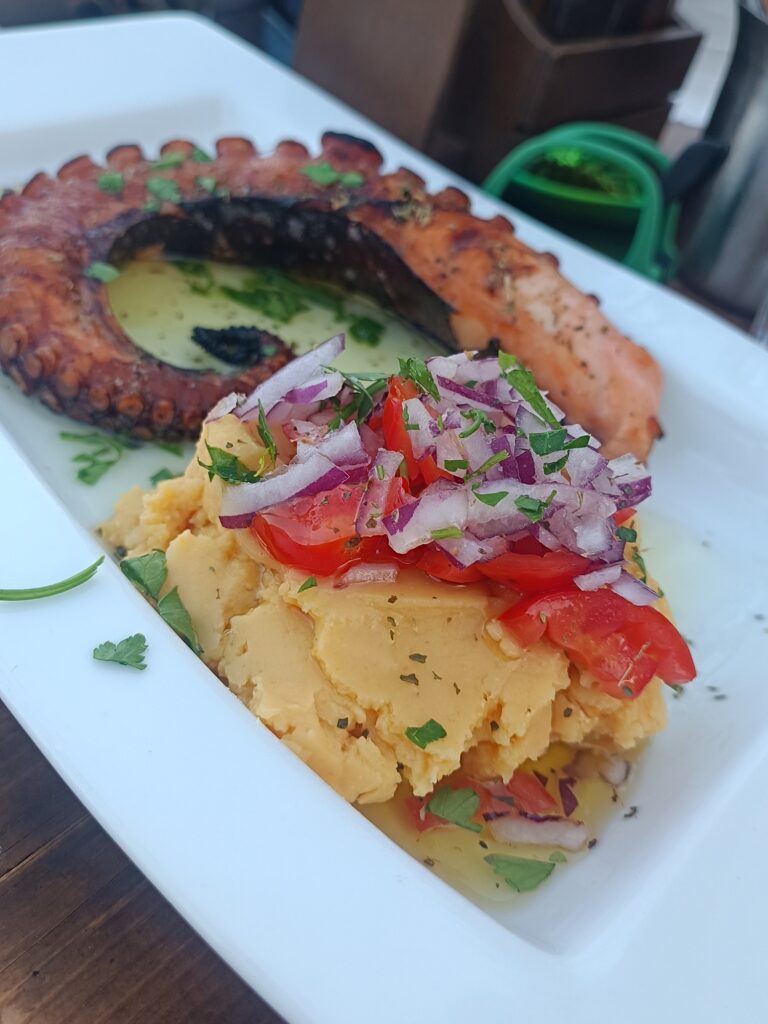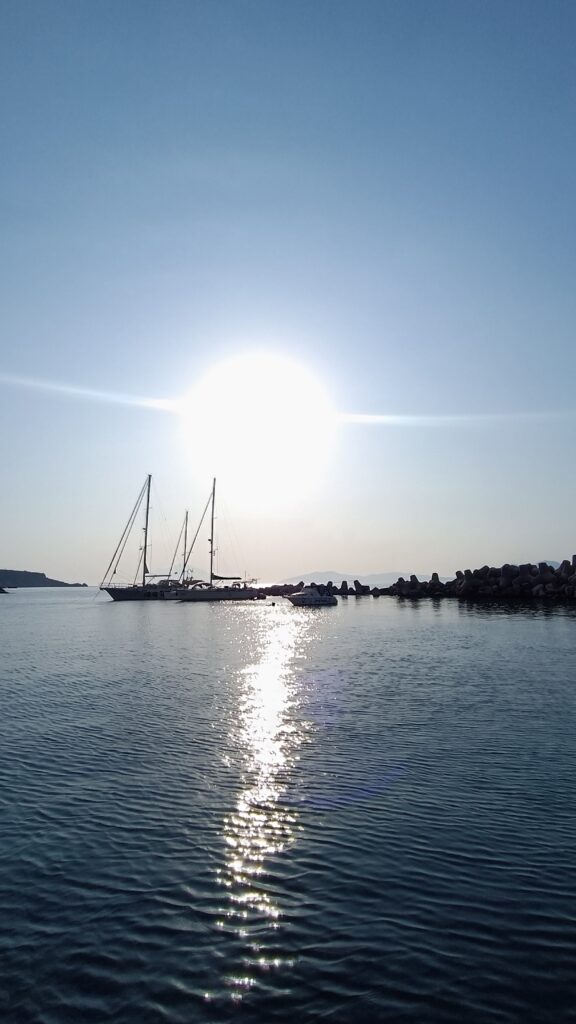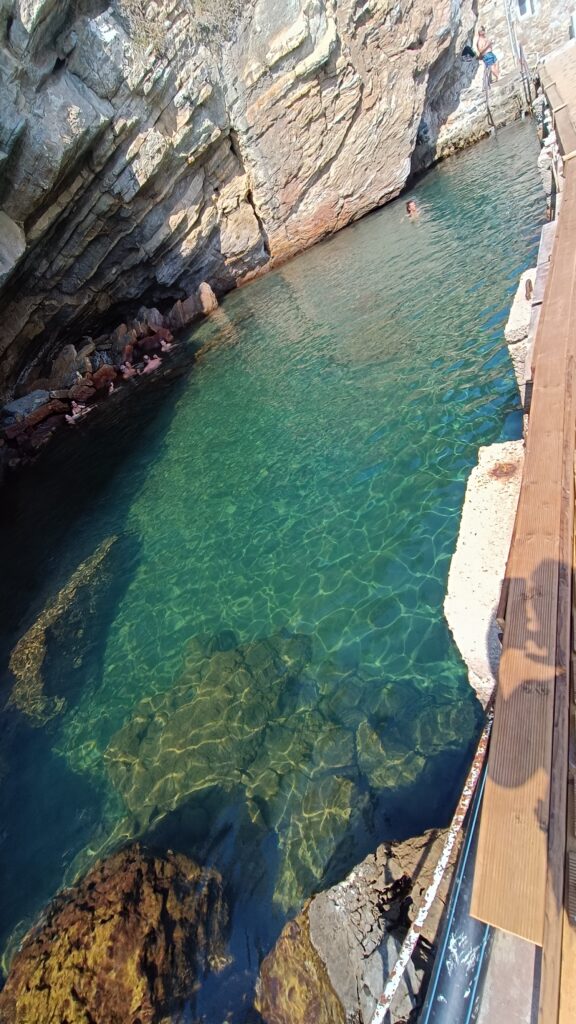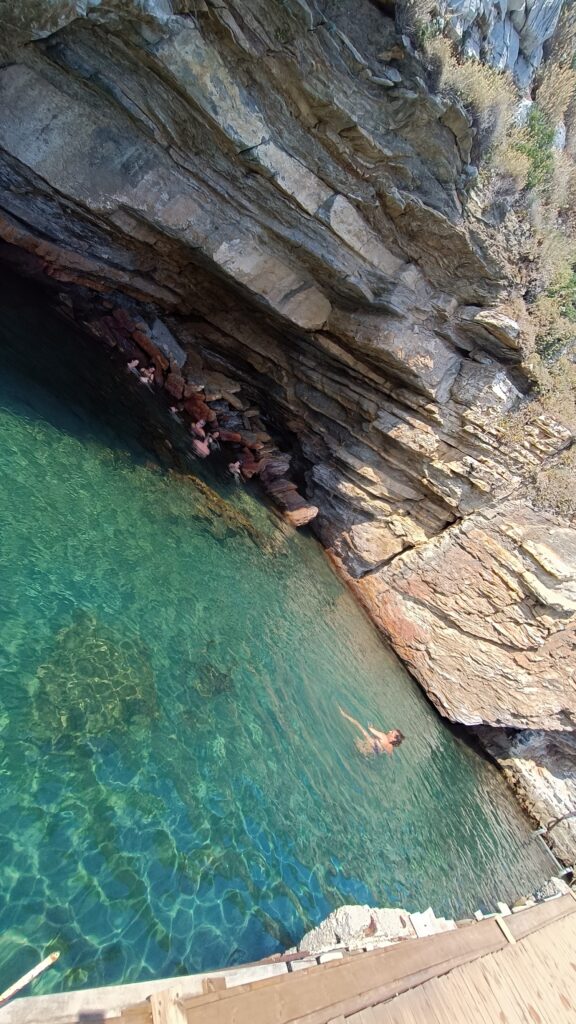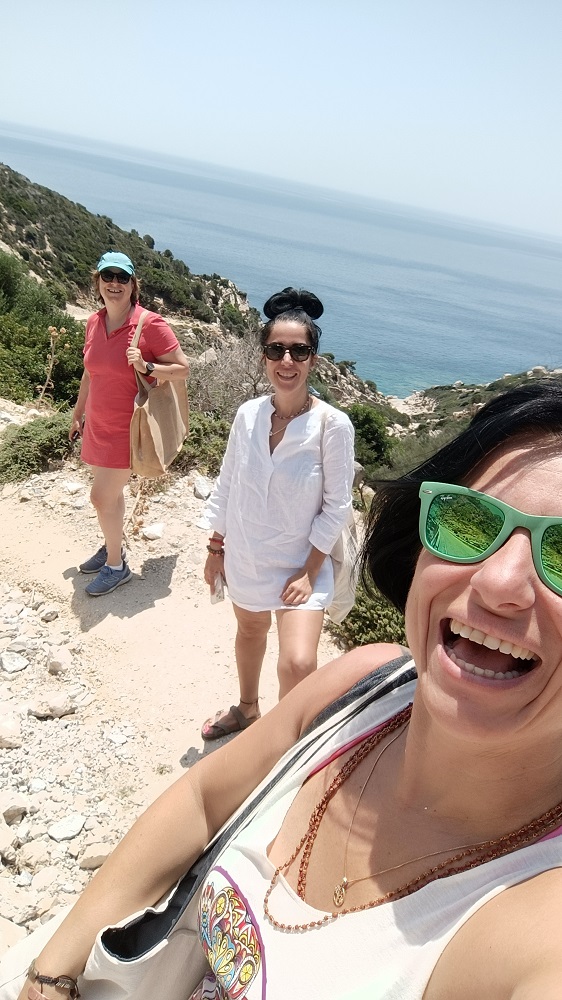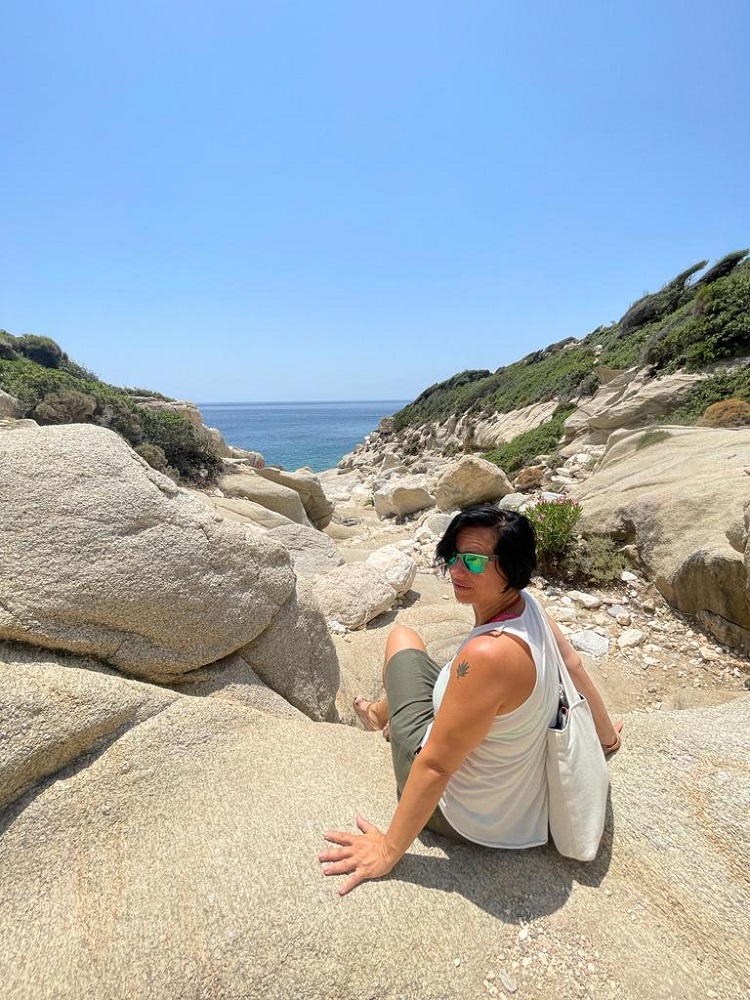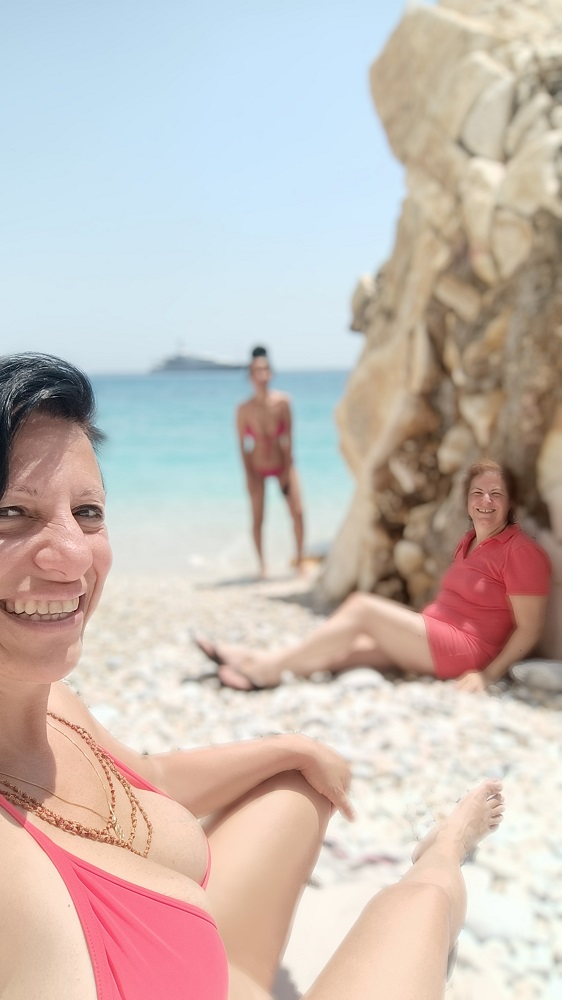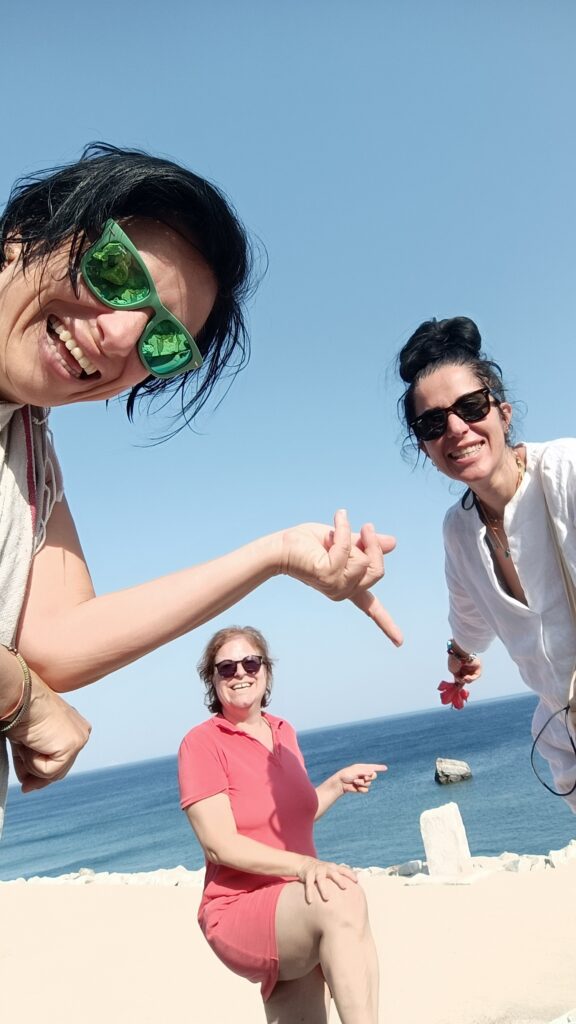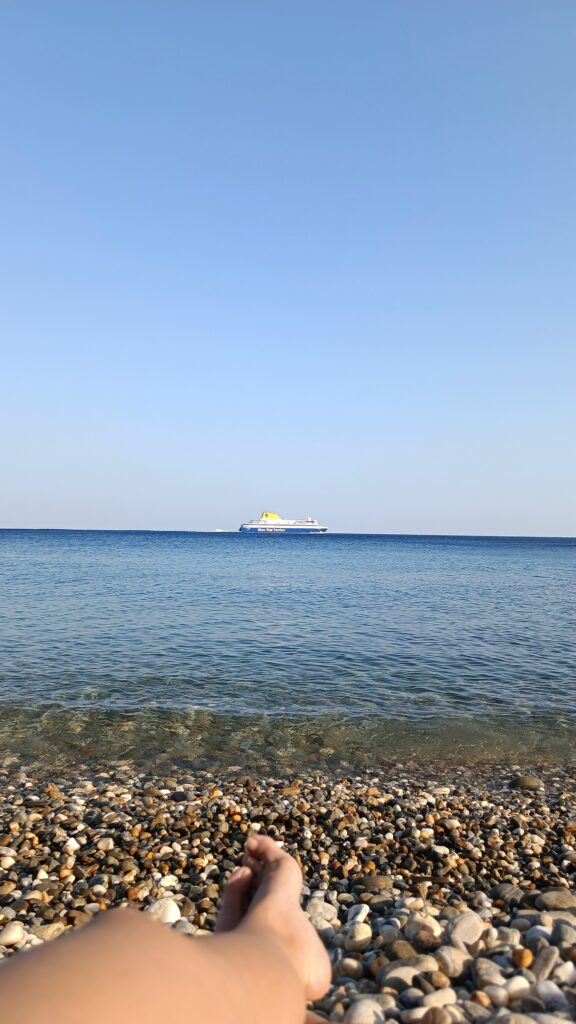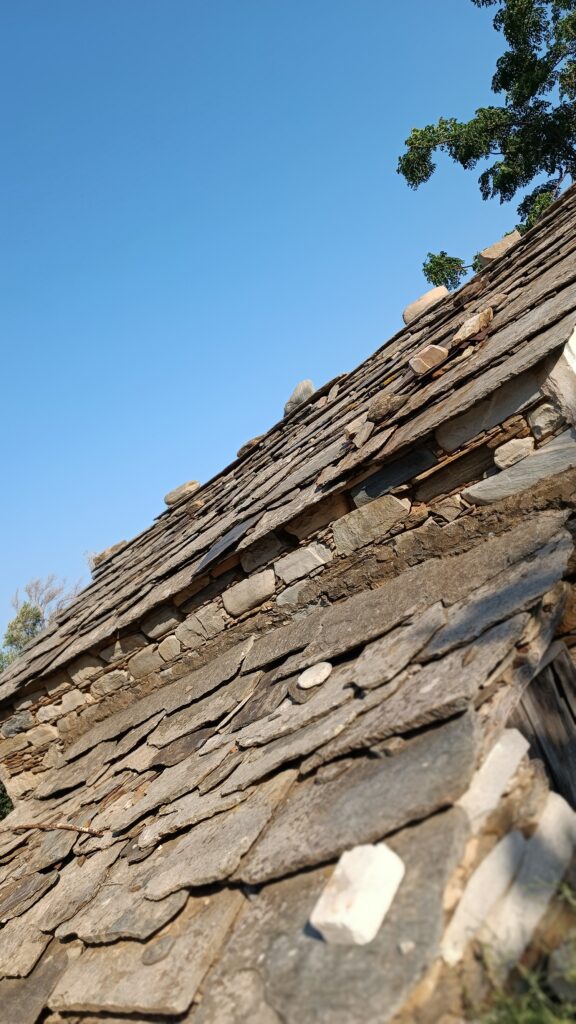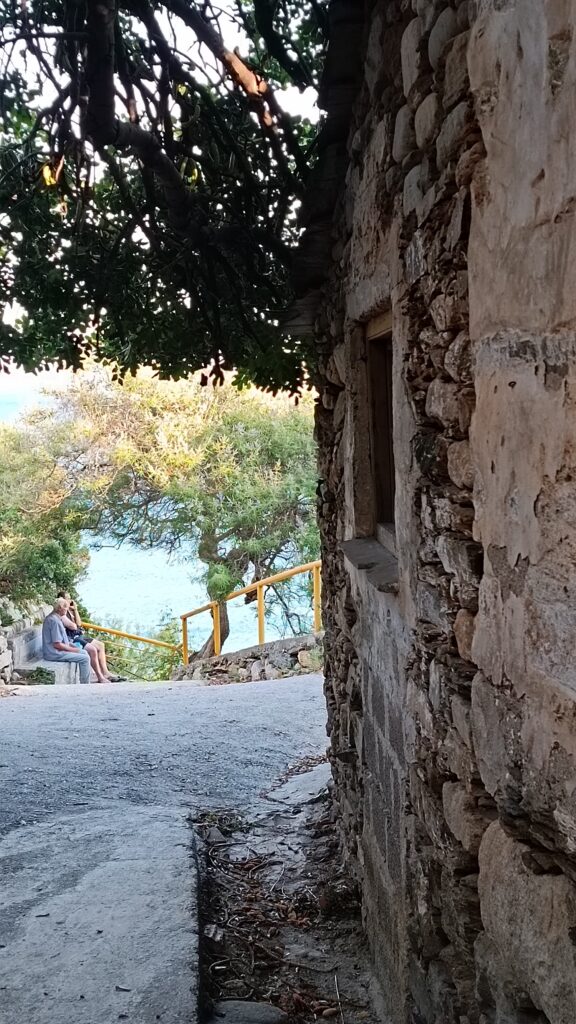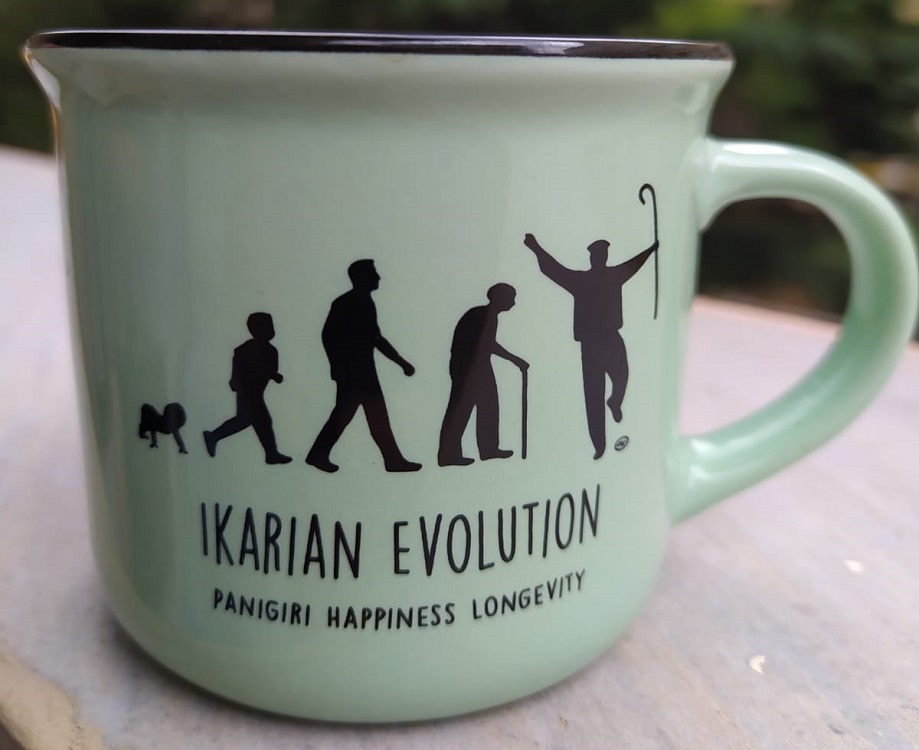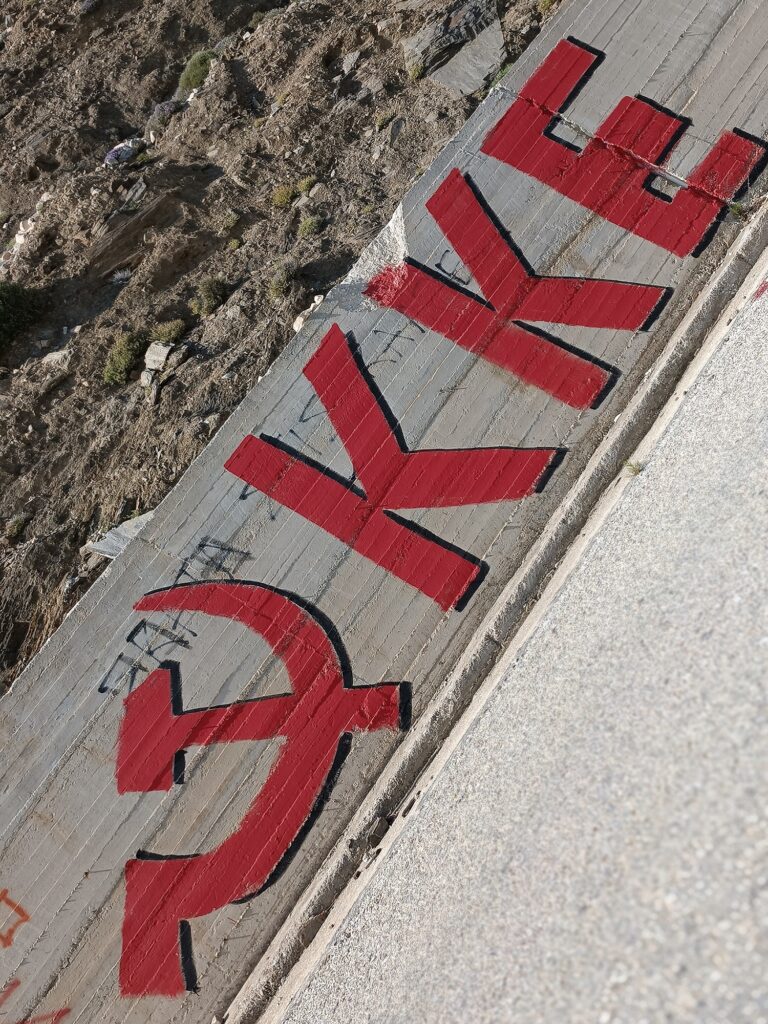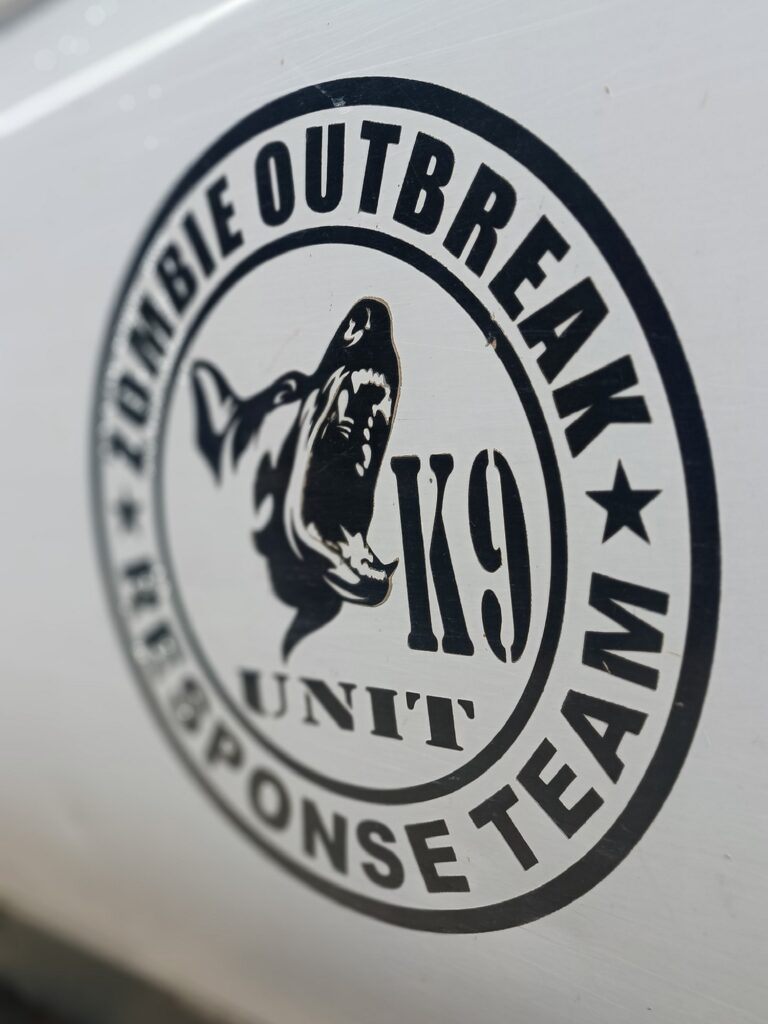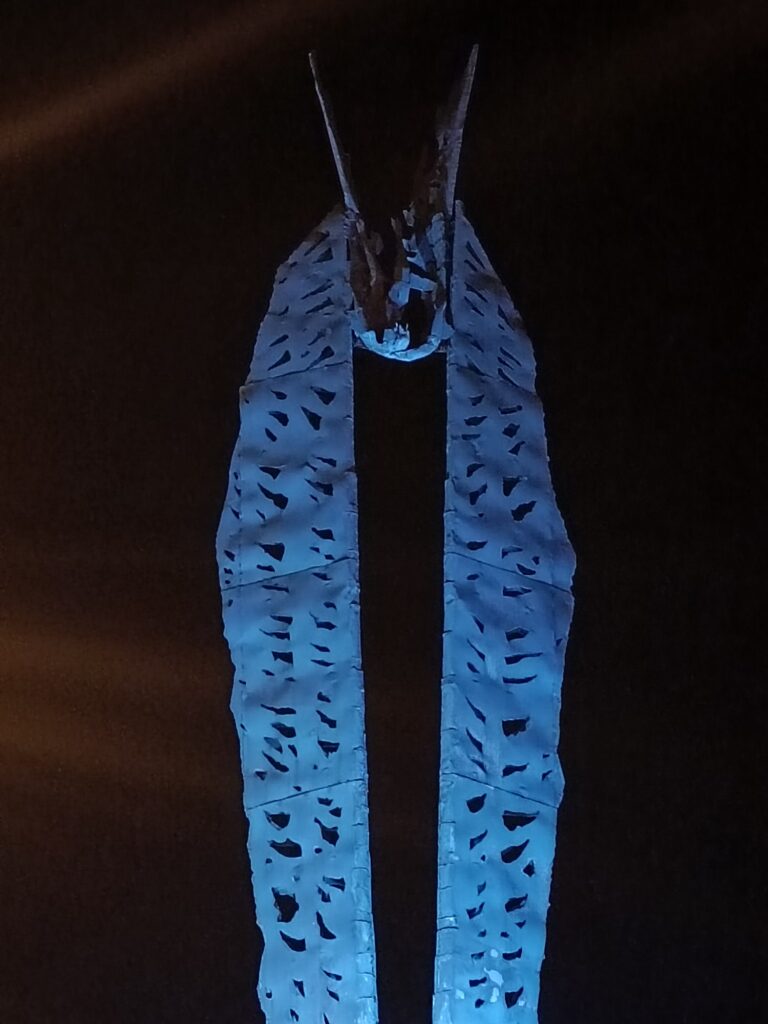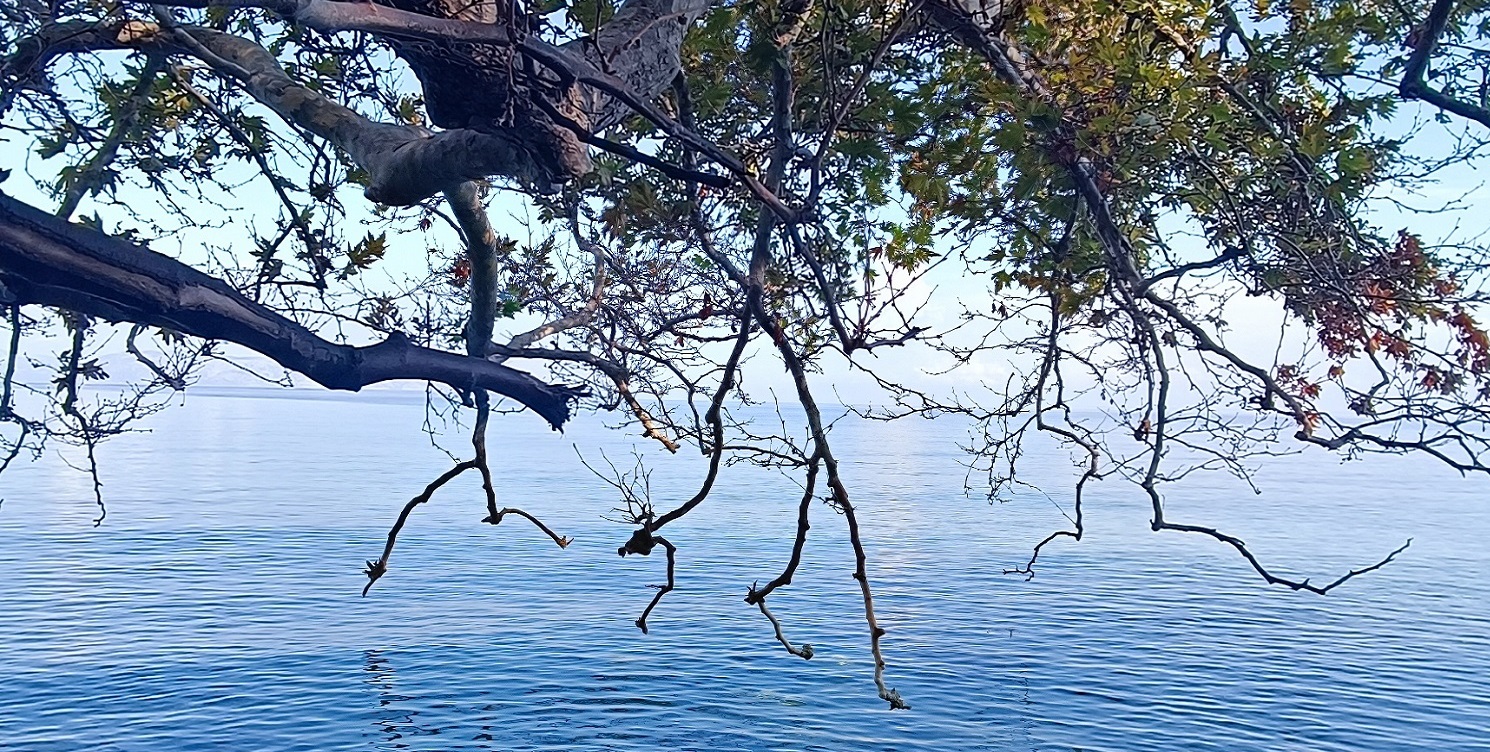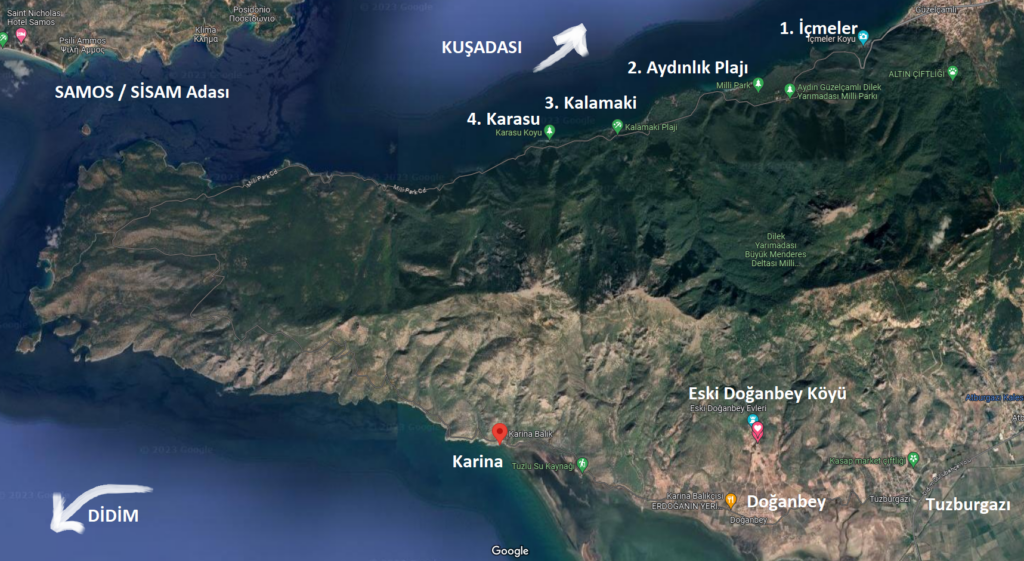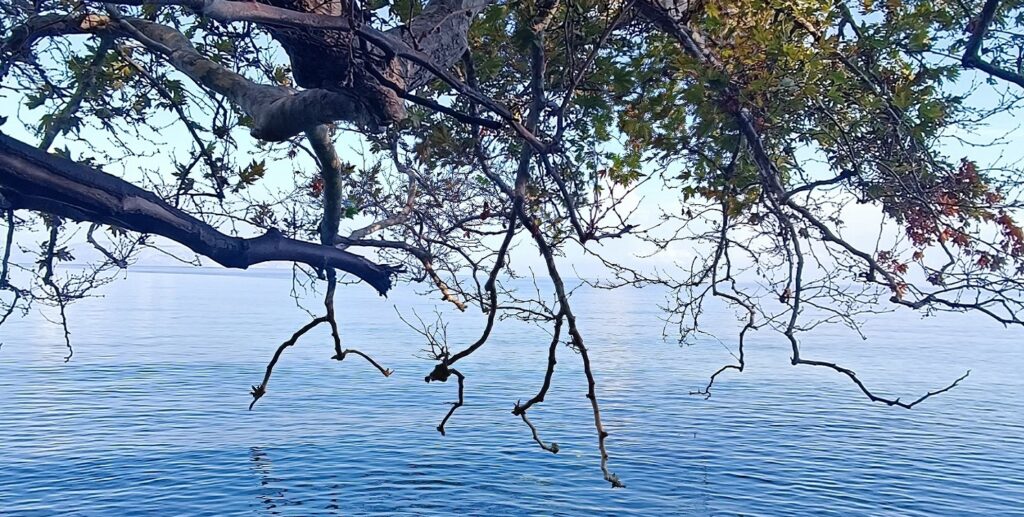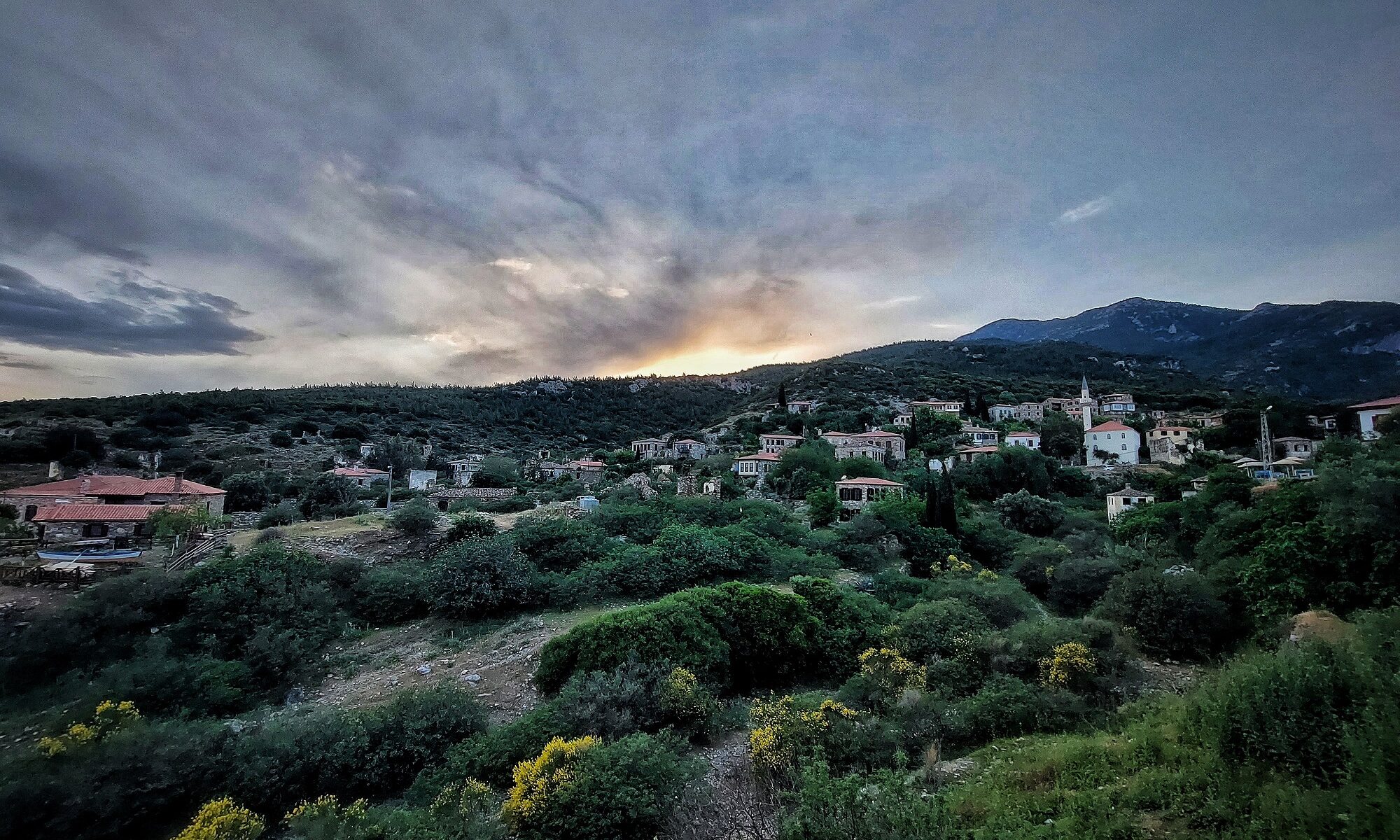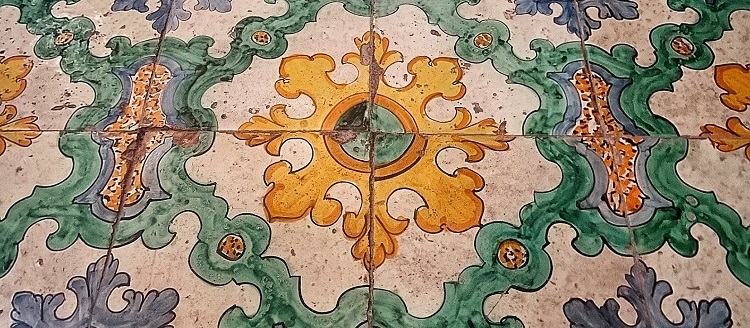
On the Trail of Greek Colonies
Since I had traveled extensively on the Italian mainland a long time ago and had no time for Sicily, this Mediterranean island had been on my mind for a while. A friend’s invitation was the occasion; I was in Sicily this summer for three weeks. I traveled the island and some on the heel of the boot in the mainland.
Sicily is one of the distant lands where first Greek colonies were first established. That’s why it is home to the oldest Hellenistic ruins in Europe. Moreover, this huge island, in the middle of the Mediterranean basin, is the playground of power and migration. That’s why it has been a cauldron of civilizations for centuries; similar to our Anatolia. Therefore, we warm up to it immediately… both spiritually and physically!
At the time, there was only a direct flight from Istanbul to Sicily via Catania. But I didn’t visit this city, which is one of the largest cities on the island. I went directly to Syracuse, one of the oldest and most famous settlements. It was also the epicenter of the program I was invited to. The aim of the program was a summer school with the design academy MADE to infuse European and cultural knowledge into American design students. I had the opportunity to accompany the team’s Sicily adventure as an observer upon the invitation of my host, designer and instructor Carey Watters.
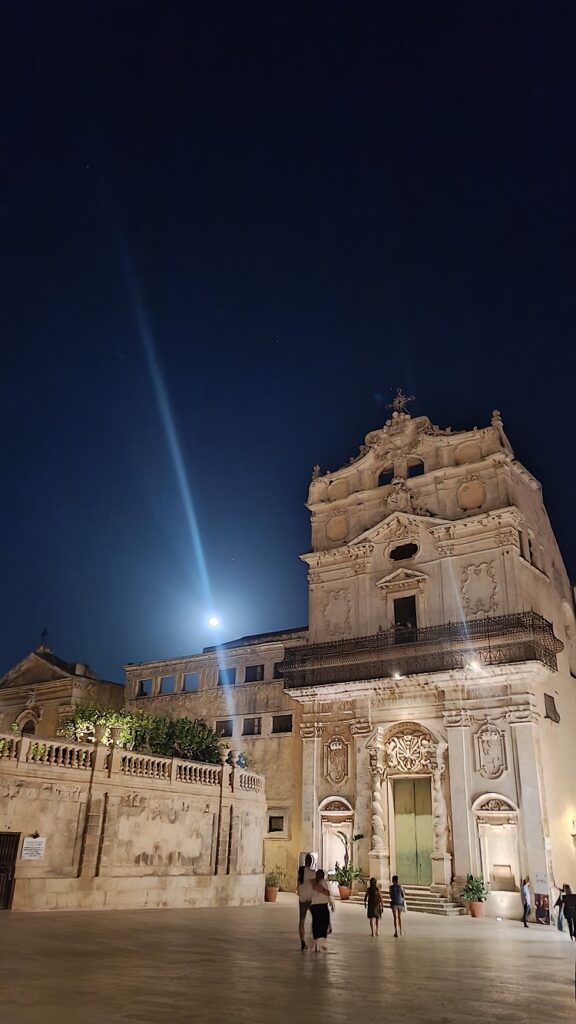
Living in Syracuse
Since I stayed the longest in Syracuse, the city became like home. Sometimes we made daily trips to various parts of the island from here. Sometimes we let ourselves go to the rhythm of this slow town. We stayed in the old center, which carries the patina of the past on its streets and facades. Ortigia, the island at the tip of the island, is like the historical peninsula of Istanbul.
It’s possible to walk around the entire area connected to the mainland by two side-by-side bridges. In fact, it is recommended; because driving is a problem. Both Sicily’s difficult-to-decipher parking rules and some narrow one-way streets are just like Sultanahmet. After arriving from Catania to Syracuse on a frequently scheduled bus, we took a taxi to our apartment and traveled mostly on foot. Everything is within walking distance anyway. We also took buses from the stop on the edge of the island for group excursions. We only rented a car for a few days to places we specifically wanted to visit.
To those planning a trip to Sicily, no matter which route you follow, I suggest to make a base town and get familiar with its streets, the people and the food. In other words, instead of visiting touristic places one after another, I recommend that you choose a center and synchronize your five senses there. That’s what I did; I’m very happy with the result. Moreover, I managed to see many of the most famous places on the island.

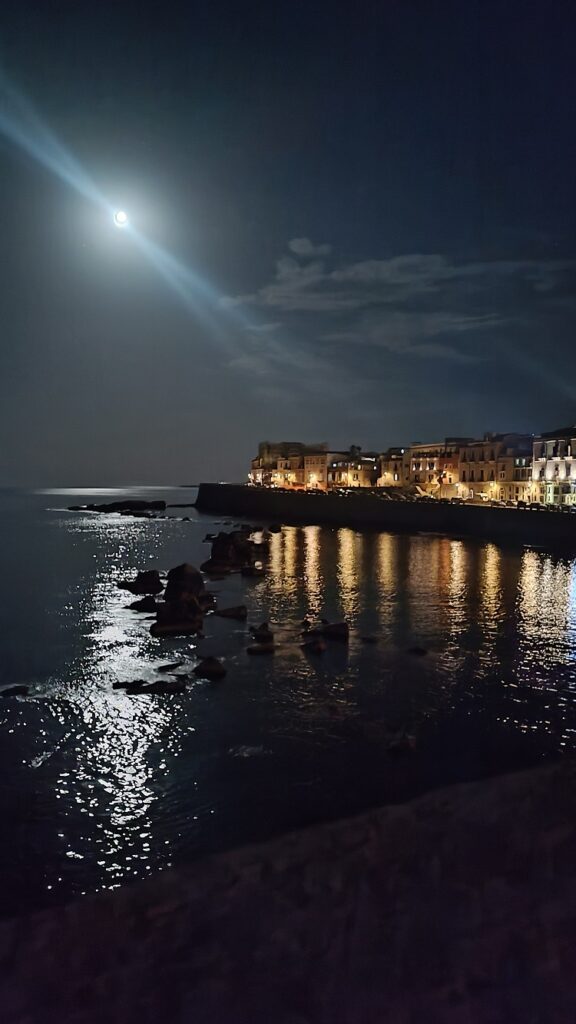
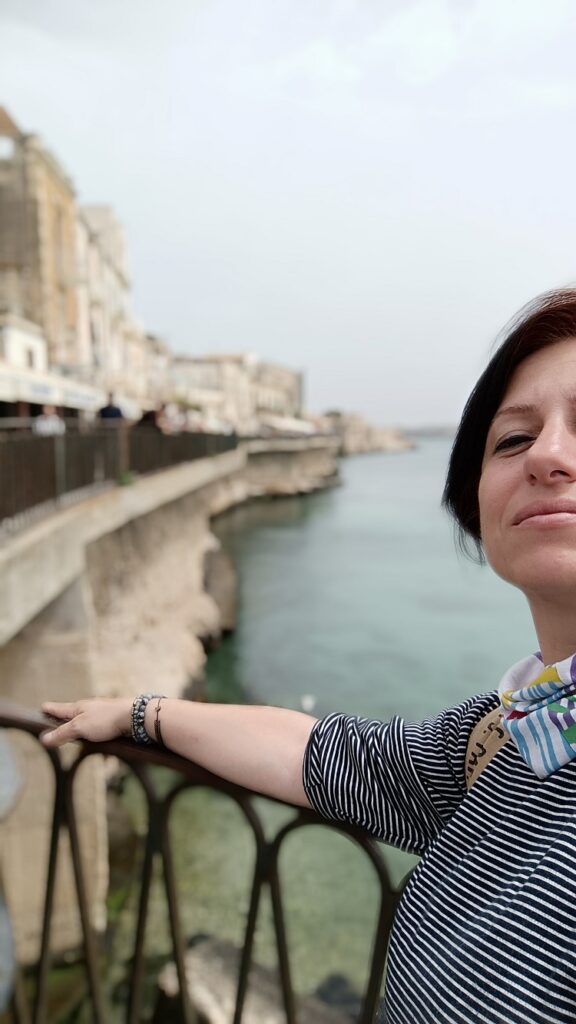
Important note: Time is slow in Sicily. So if you’re in a hurry, it can be hard. Therefore, it’s useful to adjust your rhythm of life accordingly. In fact, their way of working is very similar to ours, the Turks. Both in slowness, lack of planning and the capacity to let go. After all, we have the Mediterranean spirit – children of the same climate.
I am writing my entire Sicily and southern Italy route at the end of the article with map links. You can pick from those… But I would like to note the ones that impressed me the most here:
- Archaeological Park: In addition to the ruins of the old city, one of the first Greek colonies, there are also traces from the Roman period. But the most impressive part is the quarries that provided resources for the construction of the region and the giant statues placed in this area. The majority of the Igor Mitoraj – a scuptor of Polish origin – collection is located in the Syracuse Archaeological Site and is truly impressive. The works inspired by mythology and especially Icarus are dazzling. Igor Mitoraj’s works, which can be seen in other historical places in Sicily too, are like traces from history.


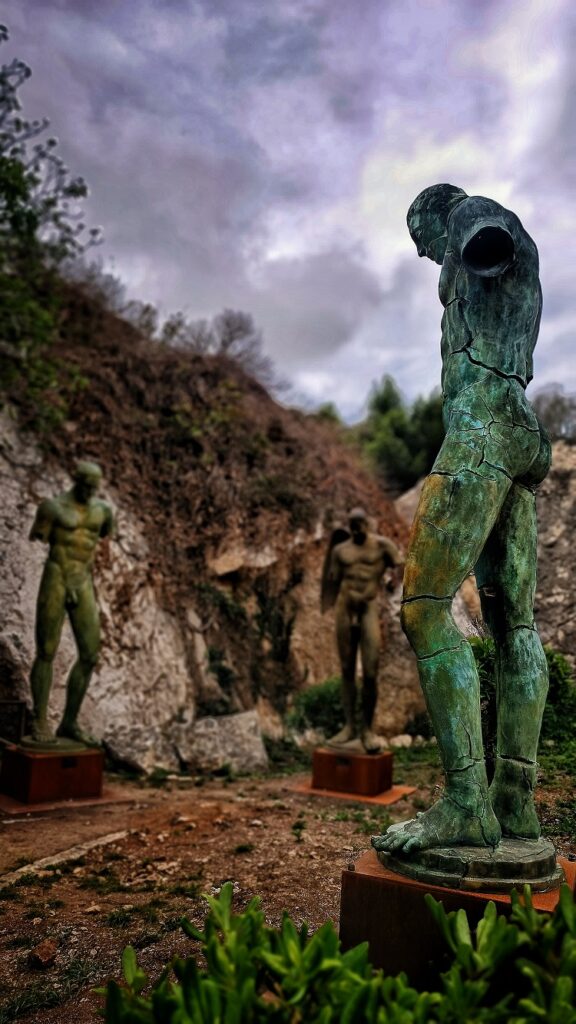
- Archaeological Museum: There are many, many displays… Not only from this city but also from other ruins of the island. Frankly, I was not very impressed by the displays of piles, not selecting important ones and highlighting them. But it is very rich in content for those who are interested. Especially the special hall where the most beautiful coins are exhibited is worth seeing.
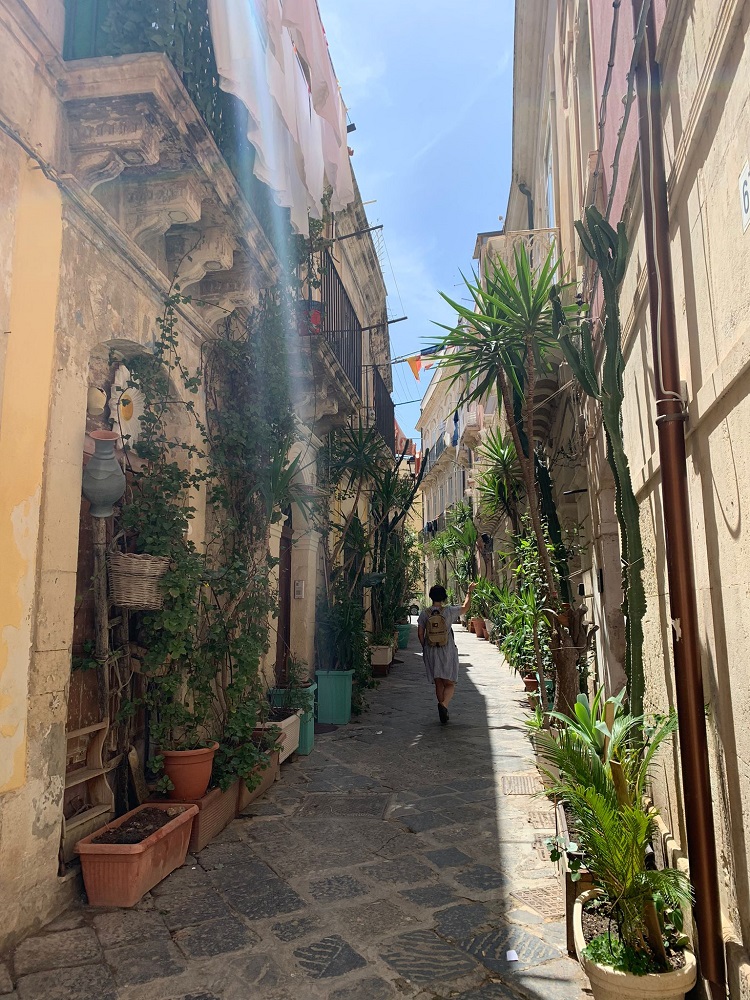
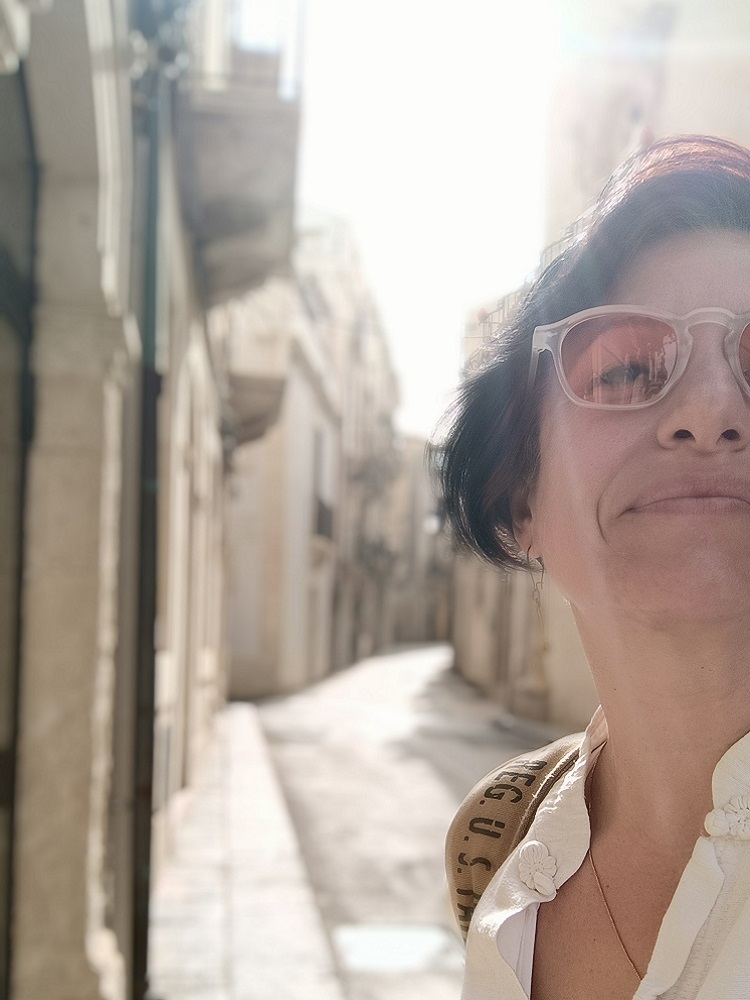

- Ortigia Island Streets: I would say at least one day, but the ideal is to experience different routes for a few days. Moreover, there are tiny beaches on the edge of the city where you can dive into the Mediterranean from the rocks.
- Temple of Apollo: At the entrance of the island, it is the most touristic place; impossible to miss. Make a few prayers; after all he is the prophet god.
- Fish Market: Seafood, a must for every southern Italy and Sicily themed trip, is on display here. You can taste them all, either as a mixture or one by one. I tried them all, from mixed fries in a cone to a delicatessen plate and I was not disappointed. A part of it is reserved for souvenirs. The prices are normal; more or less the same everywhere. However, the market is open early in the morning and closed in the afternoon every day; don’t miss out.
- Puppet Museum: A tiny private museum. Ideal for seeing the history of Syracuse-specific puppet models and its most beautiful examples. There is also a show, but I didn’t watch that.

- The Fort: I saw it from afar and had the impression that there was no need to visit first. But later when I went in I was glad. It’s has a great view of the island and it is impressive to see the volcanic rocks in the vaults of the high-ceilinged main hall. There are also works of art scattered around; it’s definitely worth spending an hour or two.

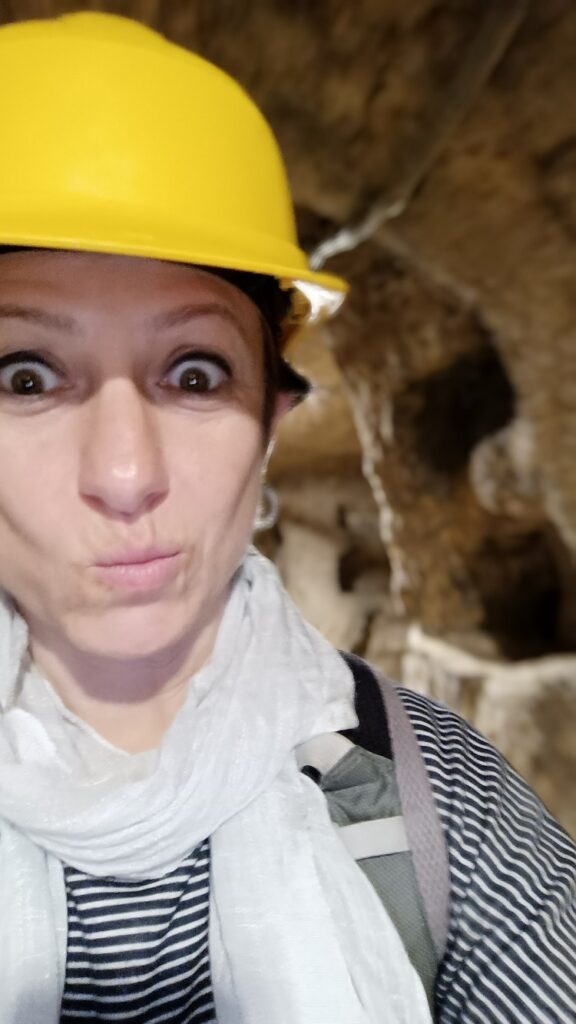
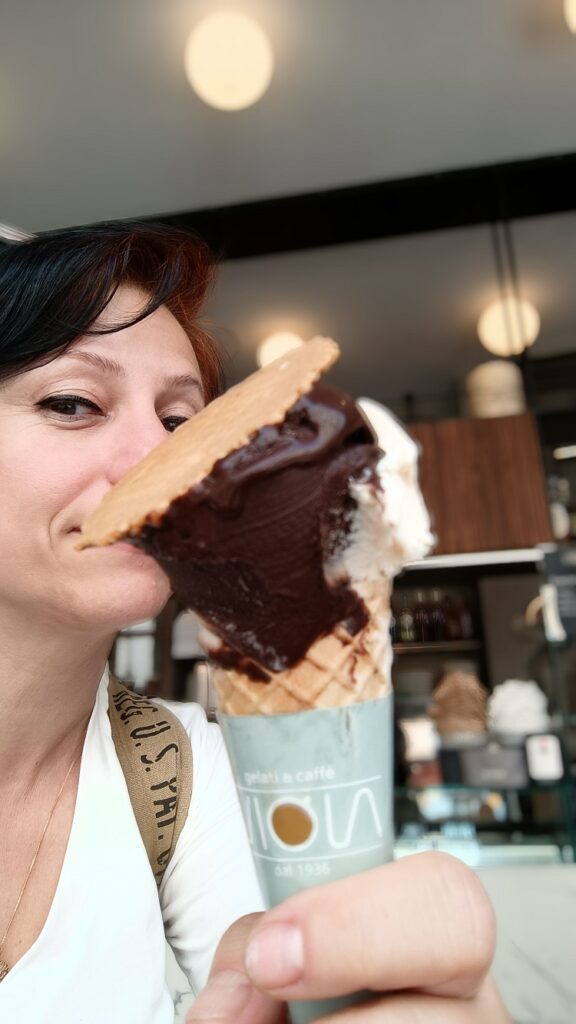
- San Giovanni Catacombs: Another catacomb I thought at first. But I saw these andI suggest you don’t skip them. It’s so big and impressive that we were glad to put on a helmet and do a half-hour tour.
- Piazza Santa Lucia flea market: I became a flea market enthusiast in my mother’s footsteps; I chase them in every city I go to. But this one is different! So much so that I went two weeks. It is set up on Sunday mornings and closes in the afternoons. There are rare pieces waiting to be discovered here, along with second hand items, antiques, and junk too. I bought Italian original old comic books, a few old pieces of jewelry, and a couple of new dresses. There is old stuff on one side, food on the other, and new materials in a corner like our markets.
- Madonna delle Lacrime Cathedral: I visited this relatively new, modern cathedral partly out of professional curiosity. It is like a giant monument built in the transition period of Fascist Italy to modern times. I was impressed by the building itself and the feelings felt under that pyramidal structure. It is a matter of taste, a different atmosphere. You can also see the story and memories of one of the Catholic miracles in the small museum underneath.


What To Eat
- Traditional Sicilian table in an old courtyard, economical menu warm people
Il Cortile di Archimede-Bistrot Ristorante in Ortigia Siracusa
https://maps.app.goo.gl/pBUPLgsrHvZSwZjE7

- Taverna Giudecca Food Drink & Shop Wine a Ortigia
A charcuterie plate that is this delicious and aesthetic! The best we’ve eaten. Local wine and beer are both affordable and delicious. We loved it so much we went back the next night. The cuttlefish ink and calamari arancinos are the best I’ve had in Sicily. The plates are satisfying both for the eyes and the stomach.
https://maps.app.goo.gl/8cyfJ9oku2ovcYdNA
- Trattoria La Foglia
A wonderful venue with great attention to detail, delicious food and table wine. A bit expensive compared to others
https://maps.app.goo.gl/hpKzoja3tuvxb4GK6
- For Arancino, the Sicilian street food, this is the place:
Antica Giudecca – Pizzeria, Biscotti, Arancini, Take Away
Think of it like a bakery, it has two tables but it is actually for take out
https://maps.app.goo.gl/W5f6yzhNCw1kP8Md8
Ice Cream Shops:
- Gelateria Belfiore Gelato & Cioccolato
https://maps.app.goo.gl/wCh6Y5EnKfMuqLgt5
- Viola Espresso Bar
https://maps.app.goo.gl/9encpDhUxbFZvoo27
Jewels of Sicily
I will leave the most cosmopolitan, most vibrant city of the island, Palermo, for last, as we did on the route. Apart from that, here are some of the touristic spots:
Taormina
Built on a very steep slope, the city is one of the most touristic places in Sicily. Both the neatly restored Greek/Roman Theater and the ruins around it and the streets with preserved buildings are truly impressive. But neither the pedestrian street Corso Umberto, adorned with luxury brands, nor the balconies on the facades were enough to make me ecstatic. Yes, you should visit it, but a day will suffice. I especially found the crowded pedestrian traffic & the hot sun repulsive. The gardens of Villa Comunale di Taormina, where we took refuge while trying to escape from this chaos, were a heavenly breeze. It is both adorned with Roman ruins and surrounded by wonderful gardens and the view is magnificent.
The bakery-like cafe that we went to did not disappoint us. We ate our Arancinos here; we liked the spinach and cheese one the most: Rosticceria Da Cristina 2 – https://maps.app.goo.gl/AdqrKJGLmDWdgR1H6
There is also a cable car from the hills of Taormina to the beach. We saw it when we drove down the winding roads and reached the seaside. But there is a close island across from one of its few famous beaches that you can walk to: There is also a chapel on this island of Isola Bella. The water is cool and rocky, there is a public beach and facilities right by the sea, but a bit expensive.
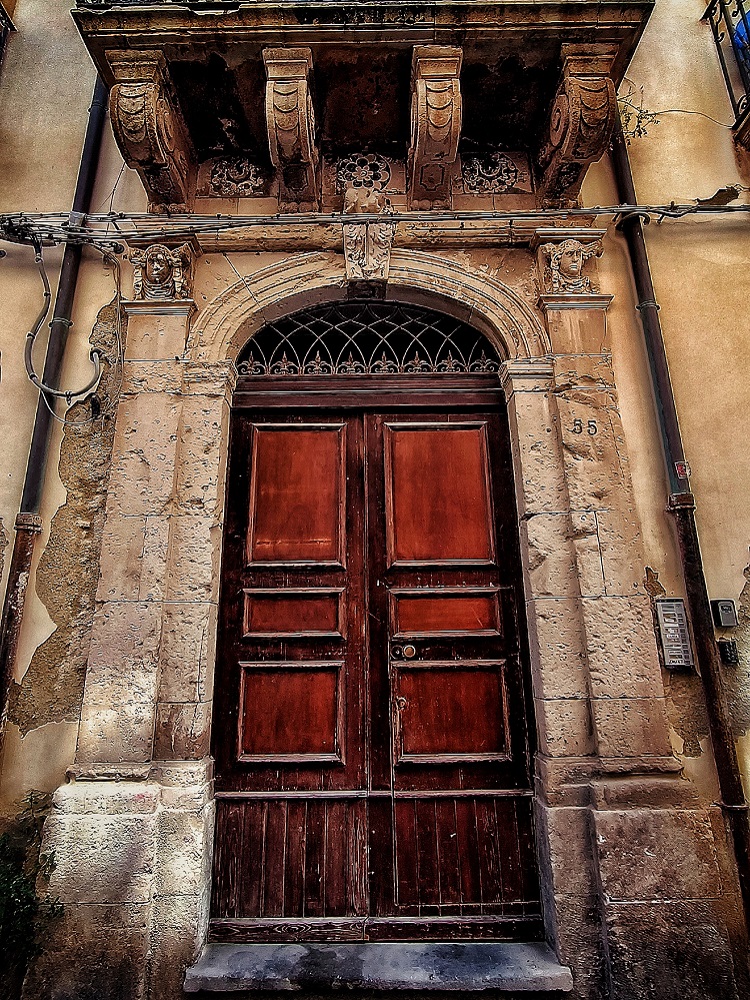

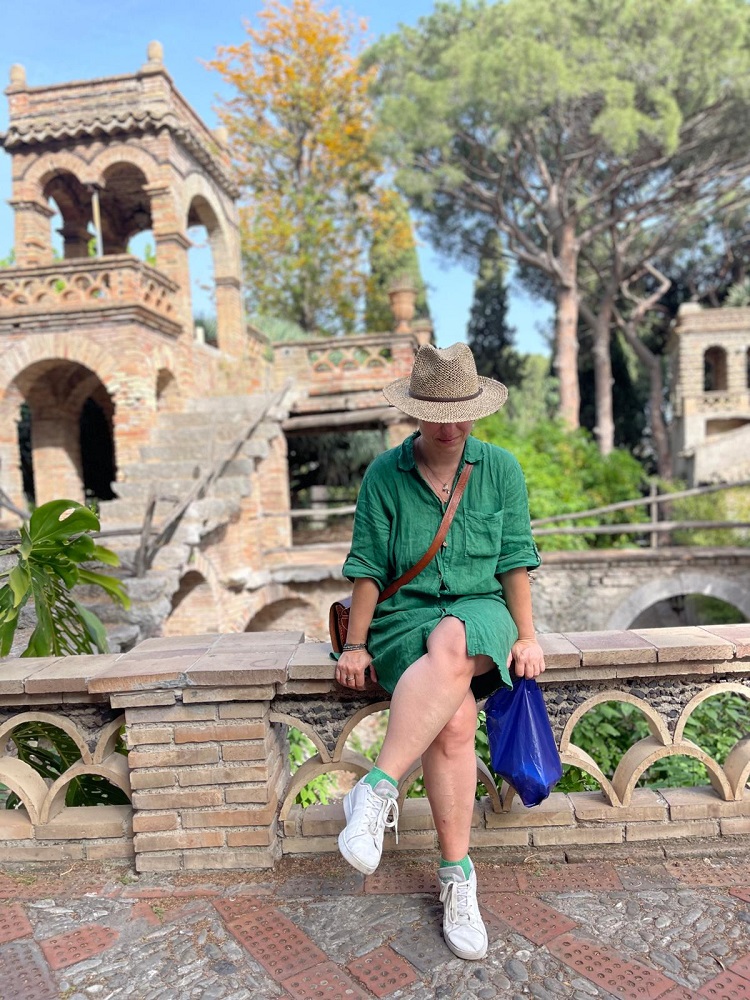
Agrigento – Valley of Temples
Don’t leave Sicily without seeing this Valley of Temples. The city Agrigento, the richest of the Greek colonies of the period, built majestic temples on a hill, seven of which have been restored and can be visited. It is impossible not to be impressed as you proceed along the ancient road, spiced by the fallen Icarus, another work by Igor Mitoraj. We also realized how magnificent, rich, deep and ancient our Anatolian heritage is. As we do in every European trip, the fact that Turkey’s cultural and natural heritage does not hold the importance, attention and interest it deserves makes our hearts ache.
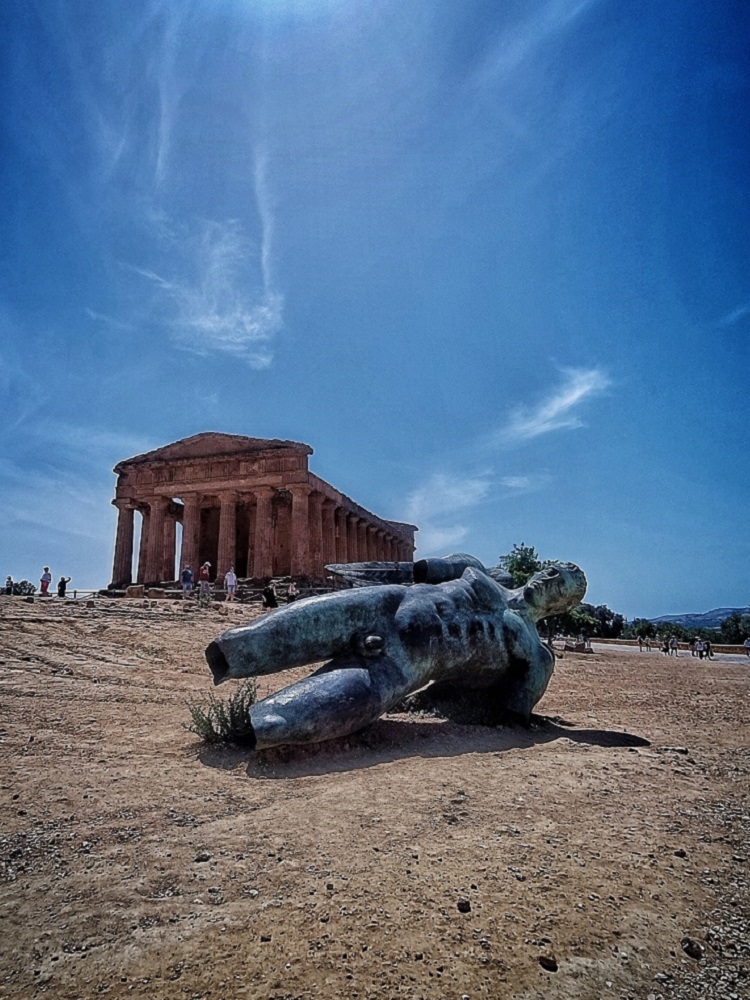
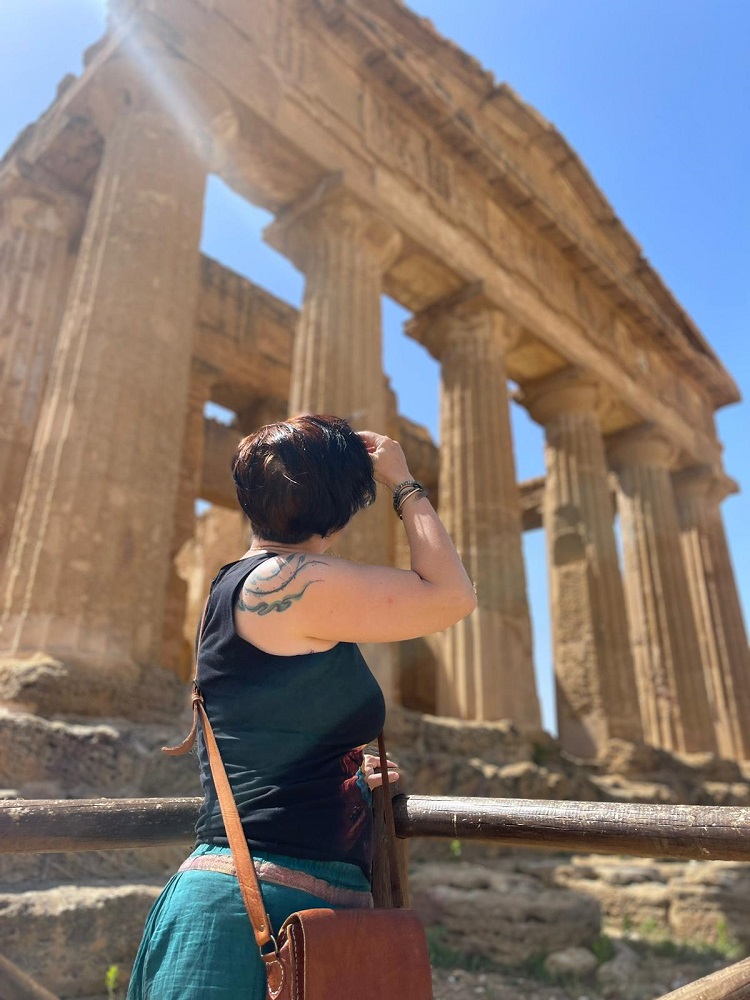
Villa Romana del Casale
Villa Romana del Casale is a Roman mansion that has been preserved as a whole since it was buried underground due to a landslide and it has been restored beautifully. We do have a lot of mosaics in Turkey too but it’s with the visit Especially bikini girls are very popular and famous. But I liked the big hall where mythological stories and eccentric animal mosaics are.
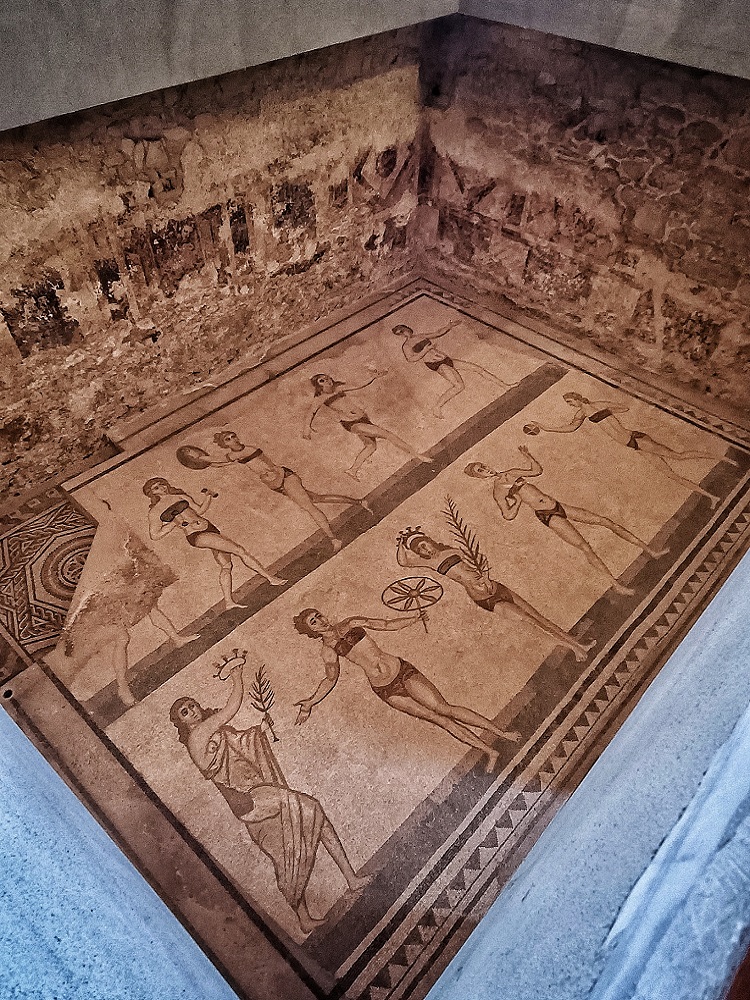
Etna National Park
When else can you come this close to an active volcano? It is a rare piece of nature and Etna National Park has wonderful trails where you can walk with well-equipped guides. Both the landscape is legendary and the shades on the earth from different Etna eruption periods are fascinating. It has a unique climate, so I recommend that you go prepared. There are also cafeterias and gşft shops selling volcanic stone ornaments. I regret not buying more of the red 70% alcohol Etna liqueurs, what a delicious drink!
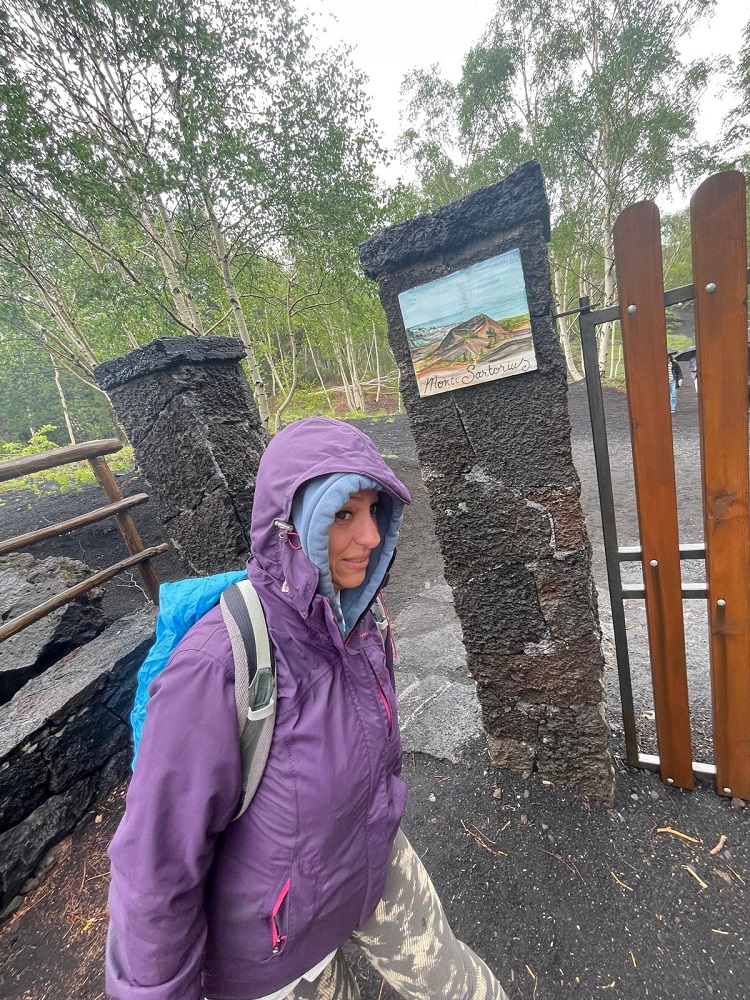
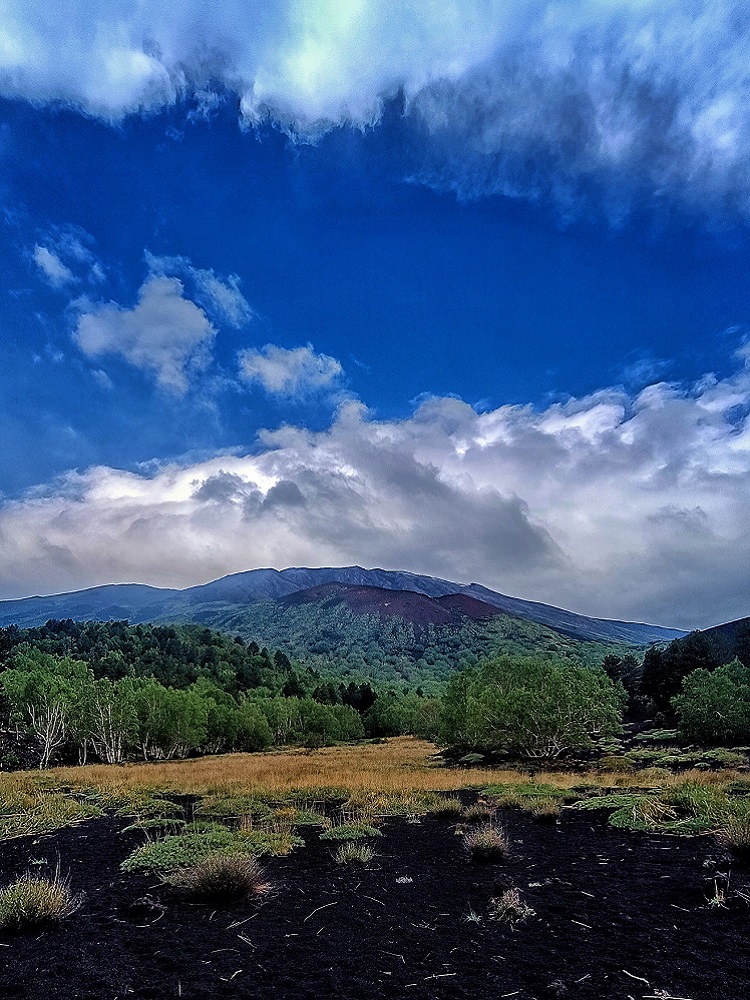
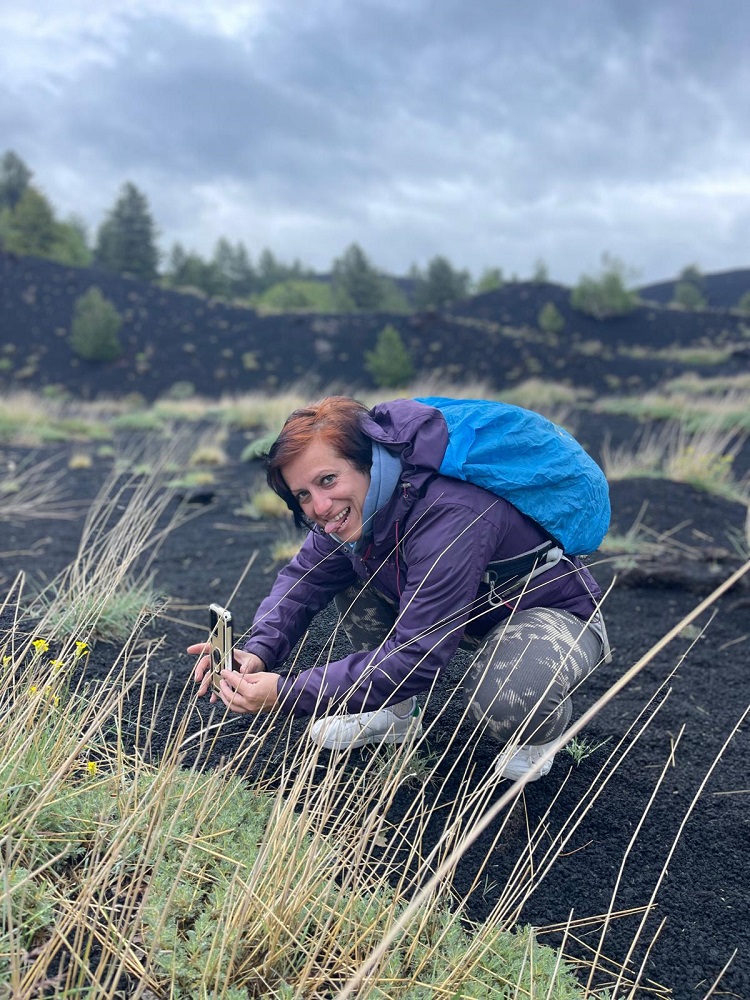
Noto
Another rich city… But this one is not so ancient. I recommend to set aside a day to wander the streets and visit the inside of a few Baroque architecture’s jewel-like buildings and mansions. The day we visited, a classic car tour was passing by here! What fun and commotion was watching the aunties and uncles in these vehicles straight out of the movies wave goodbye to us! We were lucky in both timing and finding a delicious break too…
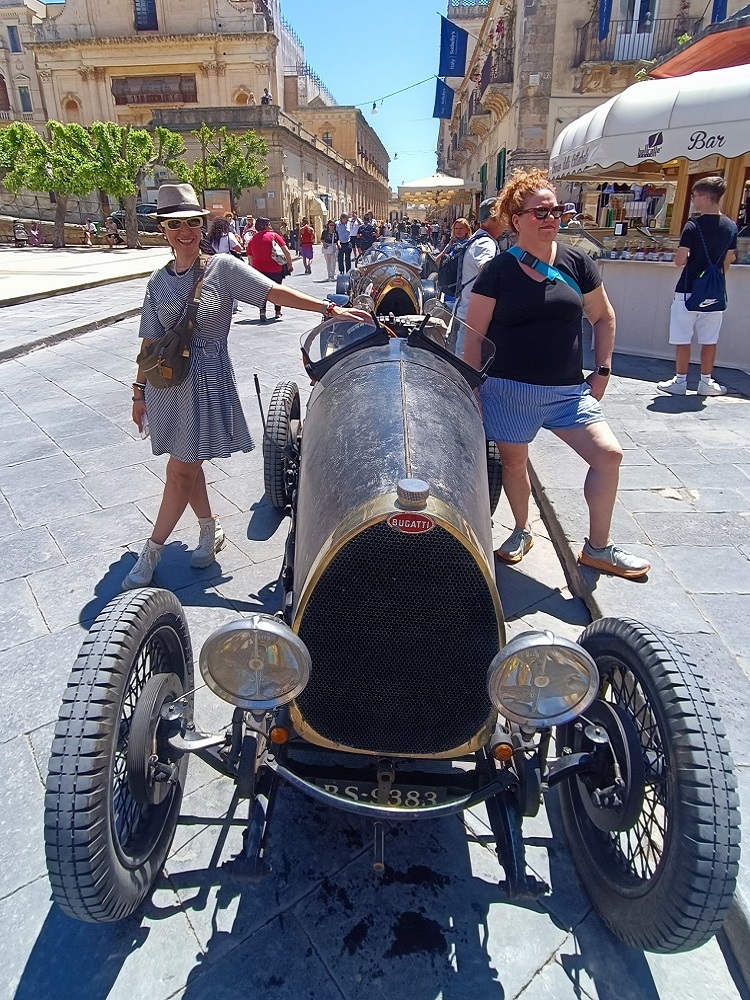


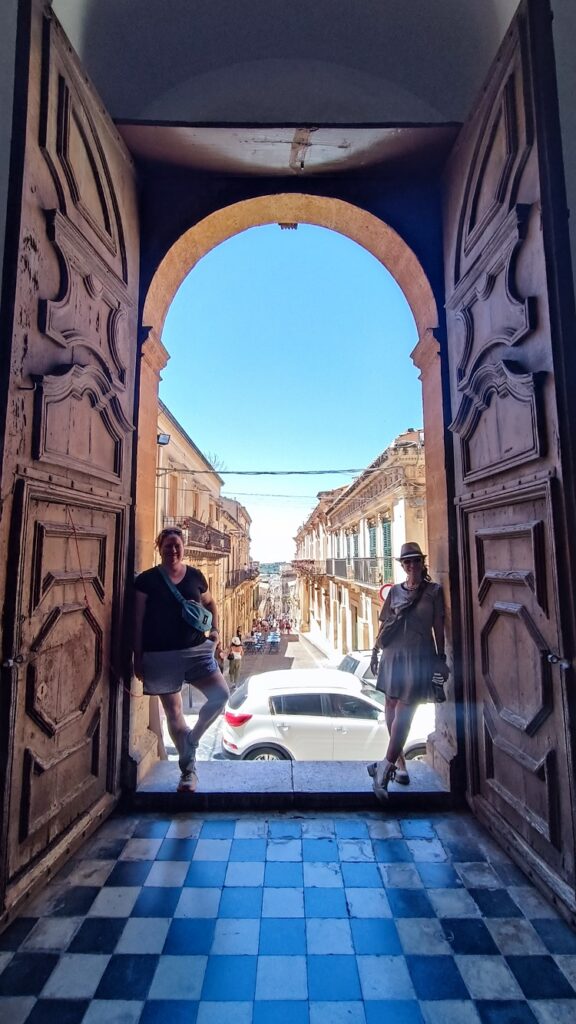
Legendary arancinos are here: I loved the pistachio and cheese one… Rosticceria Palermitana Arancina Planet – https://maps.app.goo.gl/Gv99U1e6jV2nx7FP6
The best ice cream I’ve ever had was here: Try the ricotta and pistachio one… Caffè Sicilia – https://maps.app.goo.gl/bax5kVj3sKRDEokv6
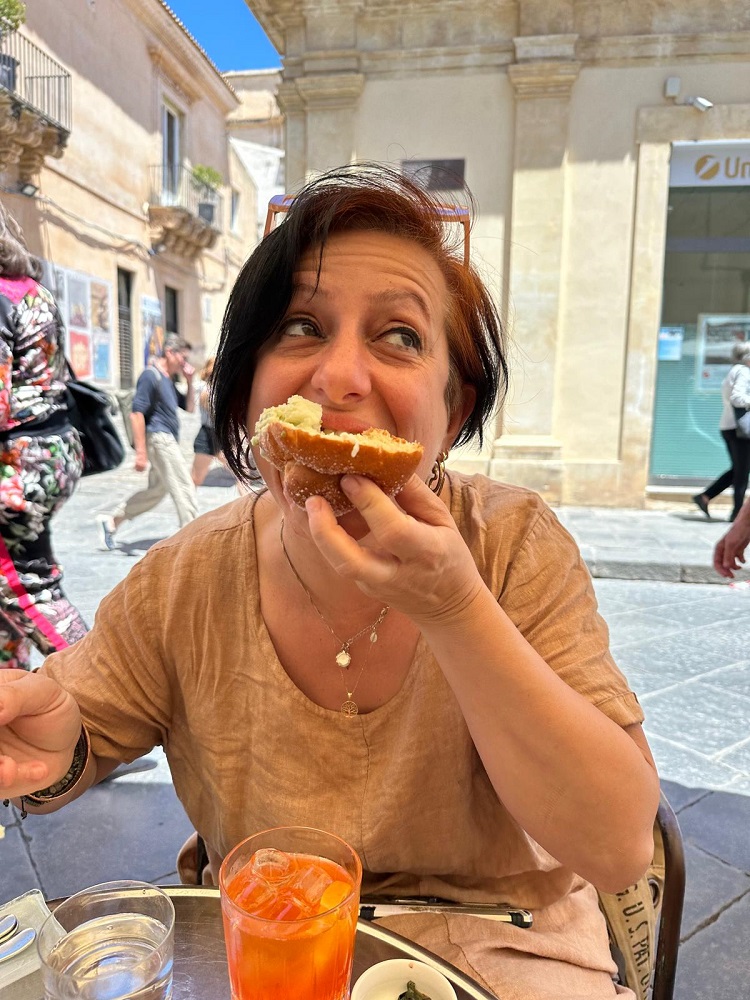
Modica
This small city was founded at a junction where three deep valleys meet inland. You can climb the stairs or the steep slopes and view the baroque architecture and the valley. It is also home to Italy’s oldest cold-pressed chocolate makers and a chocolate museum. Although I can’t say it’s the best chocolate I’ve ever tasted you can shop for quality delicacies here: Antica Dolceria Bonajuto – https://maps.app.goo.gl/KyXWCRmxsvNeLmEY8 I think half a day is enough for the city.
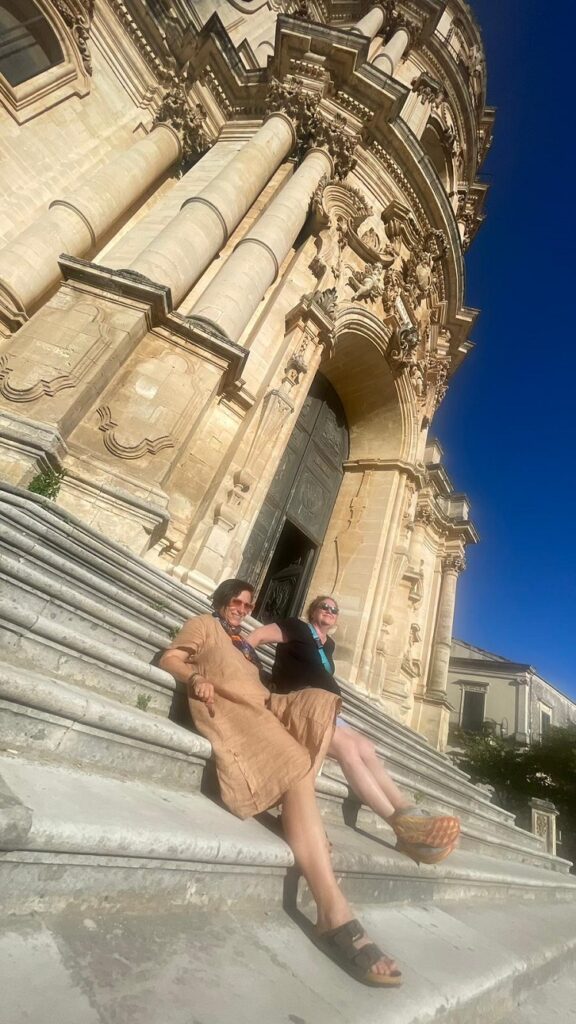
Marzamemi
This place is actually a small fishing town; but it’s famous for the fish restaurants around the tiny square that was preserved. We had dinner with excellent fish, shrimps and calamari pasta at the restaurant recommended: Al Boccone – https://maps.app.goo.gl/cJbZX7dMA7JKcnEJ8
The City of Palermo
As I said, it’s the most cosmopolitan, most vibrant city on the island… Staying in the heart of Palermo, right in the middle of that famous marketplace allowed us to experience the chaos to the fullest. We came to the Chiesa del Carmine Maggiore Monastery guesthouse with the hope of an economical and clean accommodation. Monastery accommodations are a method widely used in Europe, especially in Italy. Usually, they do not upset the guests who have low comfort expectations, but we were a little bit disappointed this time. The building was shabby, the sheets were very thin, the hygiene was mediocre, and the comfort level was below average. Moreover, the market that setup at around 6 in the morning roamed until the evening with shouting, sometimes music and dancing. So I can’t say I would recommend it, but it was a different experience. When you left the room to go to the courtyard, the only area with internet reception, the picturesque beauty and serenity of the environment did carry a natural sense of enlightenment. It also had a direct connection to the church and the bell tower. A breakfast consisting of croissants, jam, yogurt and coffee was not satisfactory. That’s why we preferred to eat from the vendors and shops in the market.


We took the Street Food Tour on the first day and ate the local flavors with a guide. During the half-day walk, we ate snacks standing or occasionally sitting at the famous places. We spent the rest of our time shopping at the market. I have to mention that the ricotta cheeses are legendary!
Of course, we visited most of the top tourist spots of Palermo. I am sharing them in the location list. But the Norman Palace and the famous chapel inside fascinated me the most… I have never seen such beautiful and magnificent mosaics. Moreover, the workmanship of the muqarnas decoration on the ceiling is a show

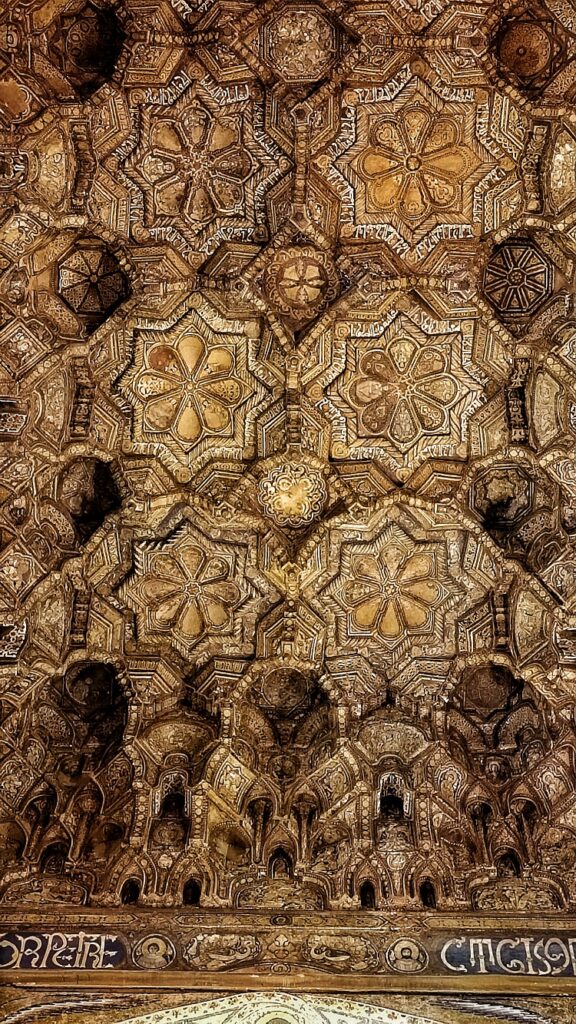
The archaeological museum and private museums are also beautiful, a better exhibition environment than the one in Syracuse. The buildings are also very enjoyable, and you can feel life in ancient times in the displays. I recommend seeing the giant Palermo Cathedral at night, especially for travelers who are tired of seeing baroque architecture; you can climb up to its illuminated roof and view the city. There is also a free special exhibition called No Mafia Museum; you can see the history of the mafia and its victims.
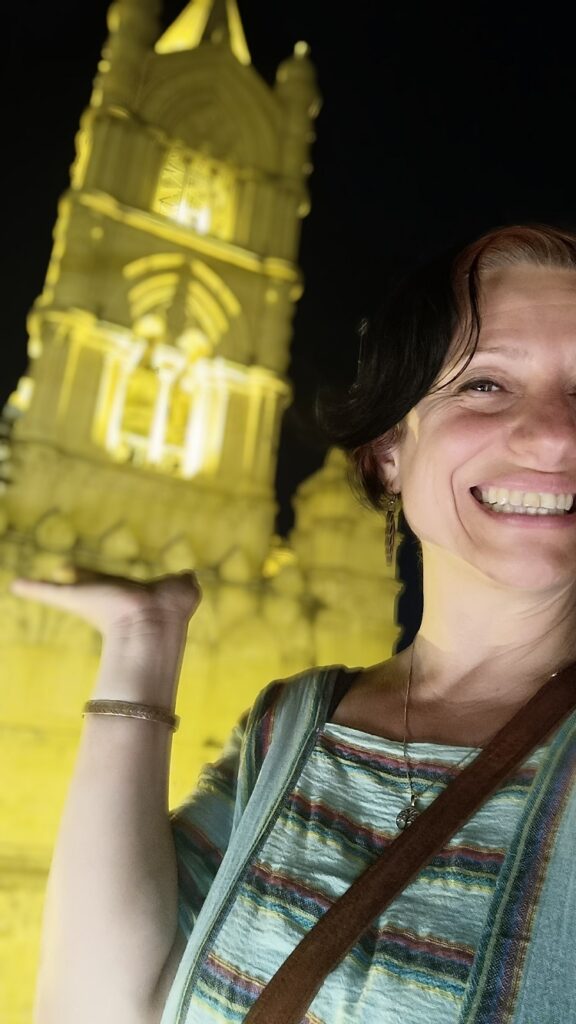
In short, although it did not astonish me visually and spiritually as other cities in Sicily and the chaotic energy, similar to Istanbul, is a bit tiring. But I would like to go to Palermo again to see the places I missed & walk around the streets. Unfortunately the streets are very dirty, there is garbage everywhere. Palermo is also an impressive stop in Sicily. Moreover, there are now direct flights!
The Cauldron Issue
In fact, in the last part of the three-week route, we also visited the southern parts of the Italian mainland for a few days before going to Palermo. This land is also magnificent and consists of regions with their own characteristics. It is possible to go from the northern shores to the southern Mediterranean waters, from the west to the mountains of the east in a matter of hours. The atmosphere and energy of each is different. There are also plenty of ghost towns; the ones where the legends of buying a house for 5/10 Euros are famous. But I will not go into the details of this part of the trip; both because I do not feel I have done it justice to it. But I will share our route. I definitely recommend each of them.
Now, about the ladle of Sicily… In short, this rare piece of land that has been the cauldron of civilization in the Mediterranean does deserve your time. Whether you like history, food or nature, it is beautiful with a diverse culture. Although I stayed quite long, I could not quite succeed in visiting everywhere. But it was wonderful to be the ladle that tasted this cauldron of experience. I’ll go again!
Sicily May 2024 Route
Syracusa
- Archaeological Park – https://maps.app.goo.gl/hVLb6iDgZobJpHJ46
- Archaeological Museum – https://maps.app.goo.gl/AmaNqq5dzLRAn3oG7
- Ortigia Island
- Apollon Temple – https://maps.app.goo.gl/pwP8mswVq9qCx53h9
- The Marketplace
- Puppet Museum – https://maps.app.goo.gl/V9zXsuGbEwwPhUPG8
- The Fort – https://maps.app.goo.gl/r5Y8rXJJX2tsXuwG8
- San Giovanni Catacombs – https://maps.app.goo.gl/CEAJQbxe5fkxJwSUA
- Piazza Santa Lucia ı – https://maps.app.goo.gl/XqDtPq82LLxPzi3F6
- Madonna delle Lacrime Cathedral- ttps://maps.app.goo.gl/hM7jgsDbFL5uVajo7?g_st=ac
- Arethusa Spring – Fonte Aretusa – https://maps.app.goo.gl/G3hApSGAMWWt8kFq8
Taormina
- Greek theatre – https://maps.app.goo.gl/Yc3qipg1j363Gzv8A
- Villa Comunale di Taormina – https://maps.app.goo.gl/X9LUukcpkoHrRo647
- Corso Umberto
- Isola Bella – https://maps.app.goo.gl/cVaHF9Y2236Nrysg9
Noto
- Rosticceria Palermitana Arancina Planet – https://maps.app.goo.gl/Gv99U1e6jV2nx7FP6
- Caffè Sicilia – https://maps.app.goo.gl/bax5kVj3sKRDEokv6
Modica
- Duomo di San Pietro Apostolo – https://maps.app.goo.gl/thUzx1GGbYMWMAcJ6
- Duomo di San Giorgio – https://maps.app.goo.gl/fYyhVcNd5myqNpNX6
Marzamemi
Agrigento – Valley of Temples
https://maps.app.goo.gl/LPGY5Ku35jZyEPgQ6
Villa Romana del Casale
https://maps.app.goo.gl/uKwB3YjQt2RuYSFGA
Etna National Park
https://maps.app.goo.gl/wmDCA6NGMci7VGTH7
Palermo
- Food Tour & Marketplace
- Museo Archeologico Regionale Antonino Salinas – https://maps.app.goo.gl/arvnJJb4sQiP5W5m8
- Museo Palazzo Branciforte – https://maps.app.goo.gl/cPMgd7dx2As4gCUh6
- Palazzo Reale & Capella Palatina – https://maps.app.goo.gl/yAHKFizyAxEvpTZR9
- Palermo Cathedral- https://maps.app.goo.gl/yGTs5B1JND15sdSs6
- Chiesa del Carmine Maggiore ve Manastır – https://maps.app.goo.gl/EXjZtYMipBVdLTFM6
- Chiesa Santa Maria dell’Ammiraglio (Chiesa della Martorana) – https://maps.app.goo.gl/uj3XZnf8DLAzyD279
- Chiesa e Monastero di Santa Caterina d’Alessandria – https://maps.app.goo.gl/wUNCgSJBrM9ZBDaq8
- No Mafia Memorial – https://maps.app.goo.gl/bh1WqAzS1bR6oZ9M7
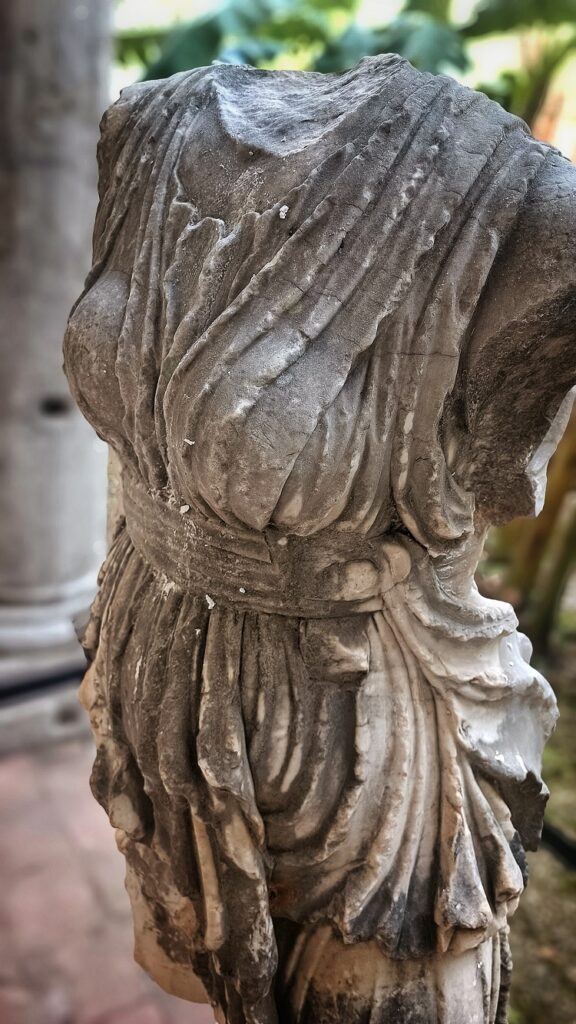

Eating Out:
Il Cambisone – https://maps.app.goo.gl/cSsxaTX65gVSzRsp9
Cefalu
- City & Beach – https://maps.app.goo.gl/DiddS81MAfV1Gpwu5
- Food: Tinchite Taverna & Putia – https://maps.app.goo.gl/fibtGJXZ3sw2gpA57
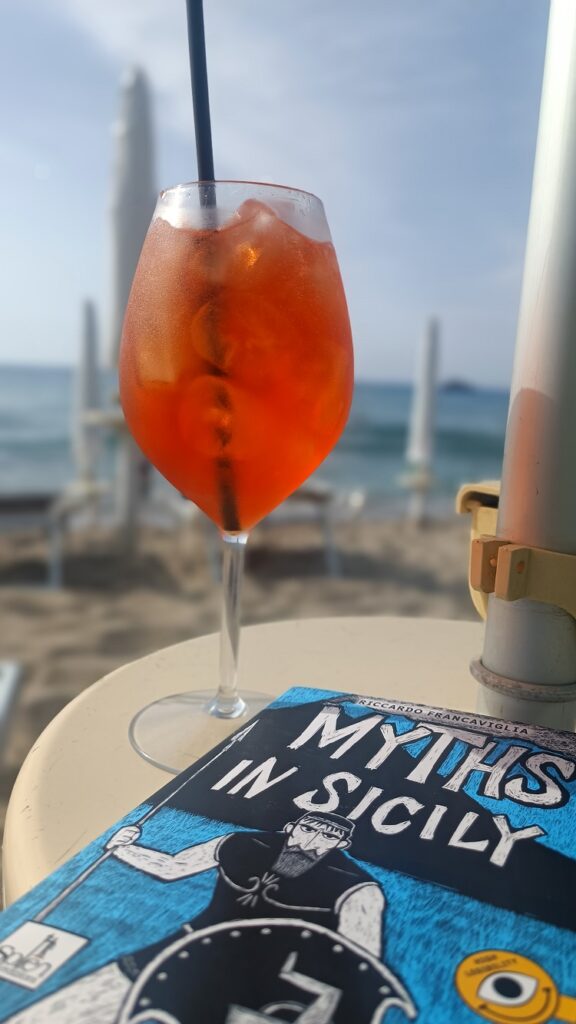
Mainland:
Cosenza
https://maps.app.goo.gl/1aNijYWHCd7j3Ewy5
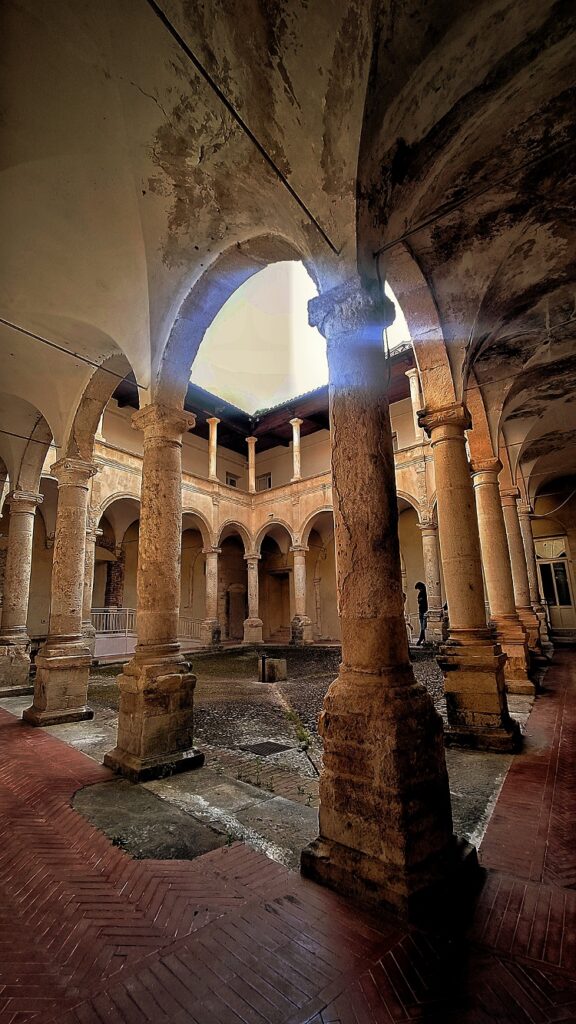

Lago Arvo – Dağ Gölü & Lorica
https://maps.app.goo.gl/YNM3NmmBKZ5uAwkQ9
Rocceletta – Basilica di Santa Maria della Roccella
https://maps.app.goo.gl/dFt5okADEhiRp8Gb8
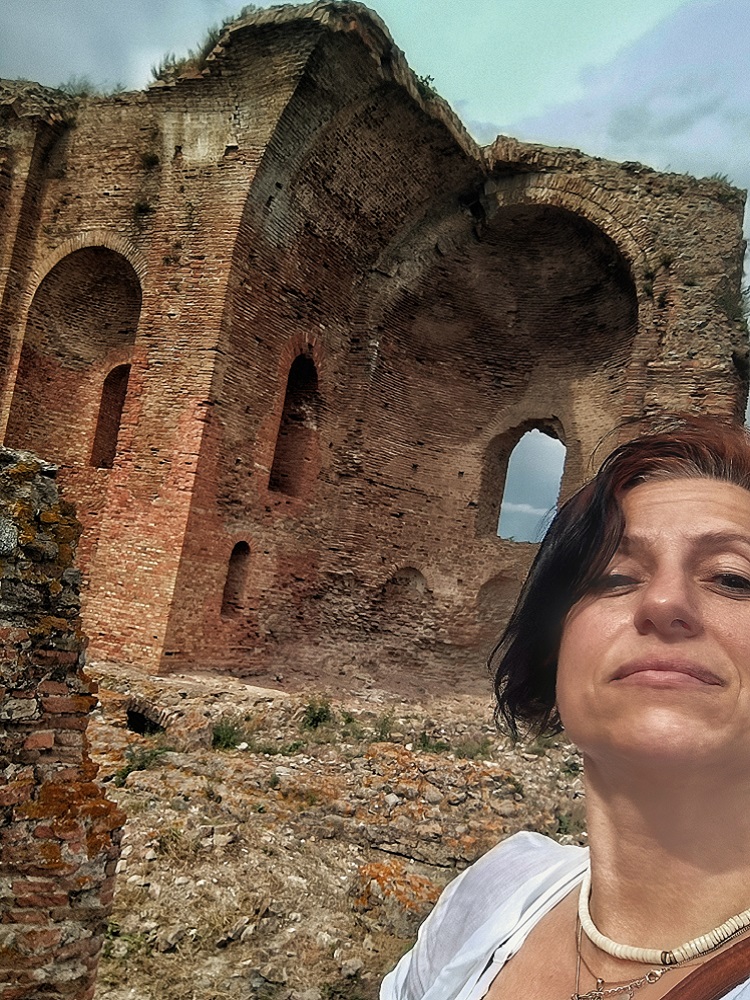
Stilo – Cattolica di Stilo
https://maps.app.goo.gl/JkQV1dcszvj2EmS59
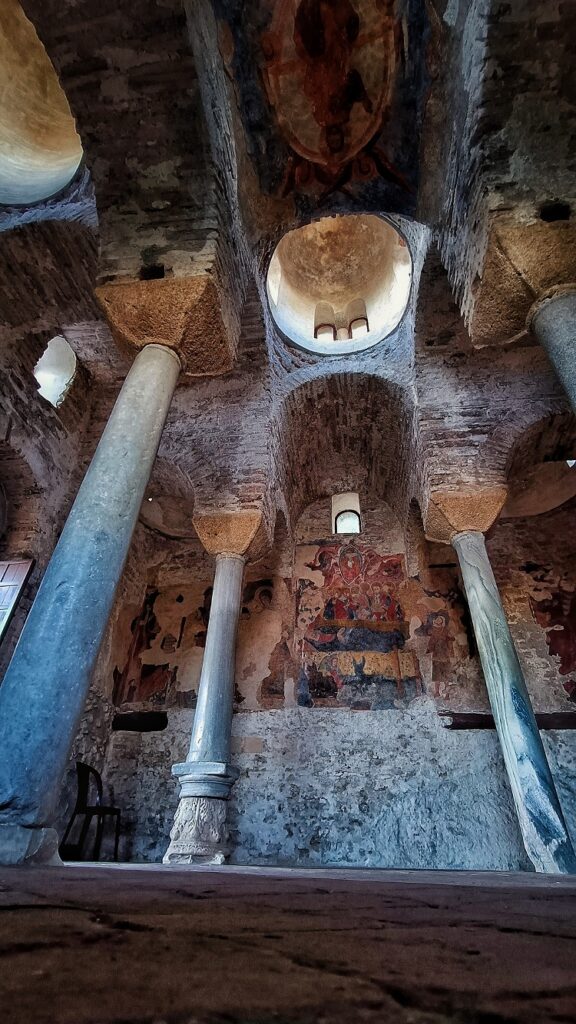
Tropea – Capo Vaticano
https://maps.app.goo.gl/Uu2oFb8Q4uMUfiDk8
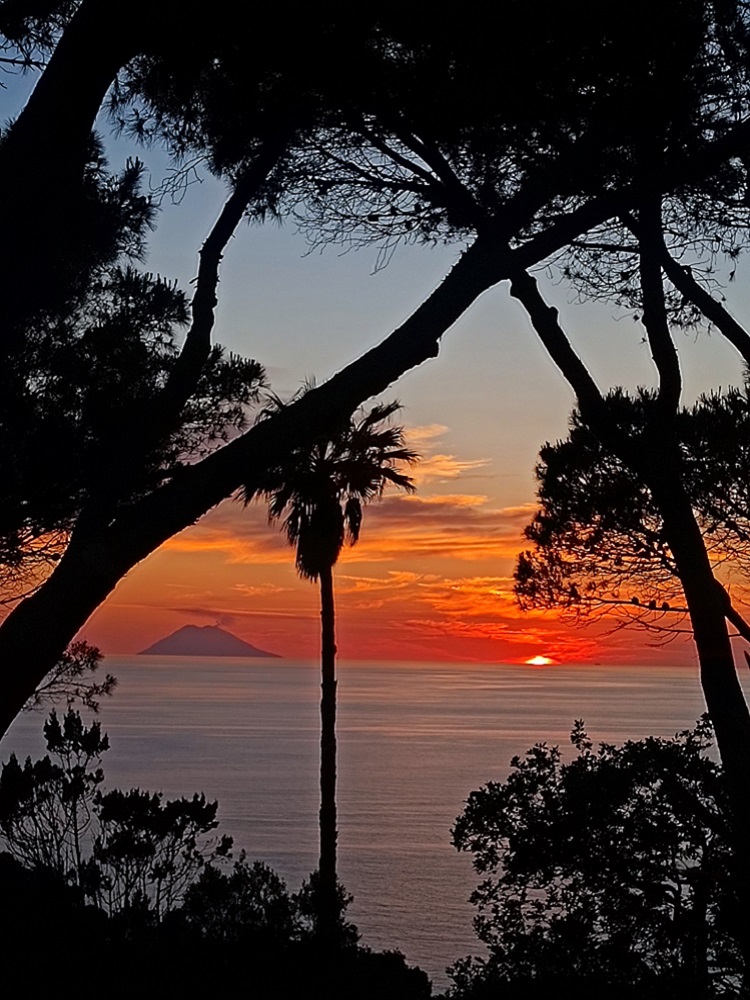
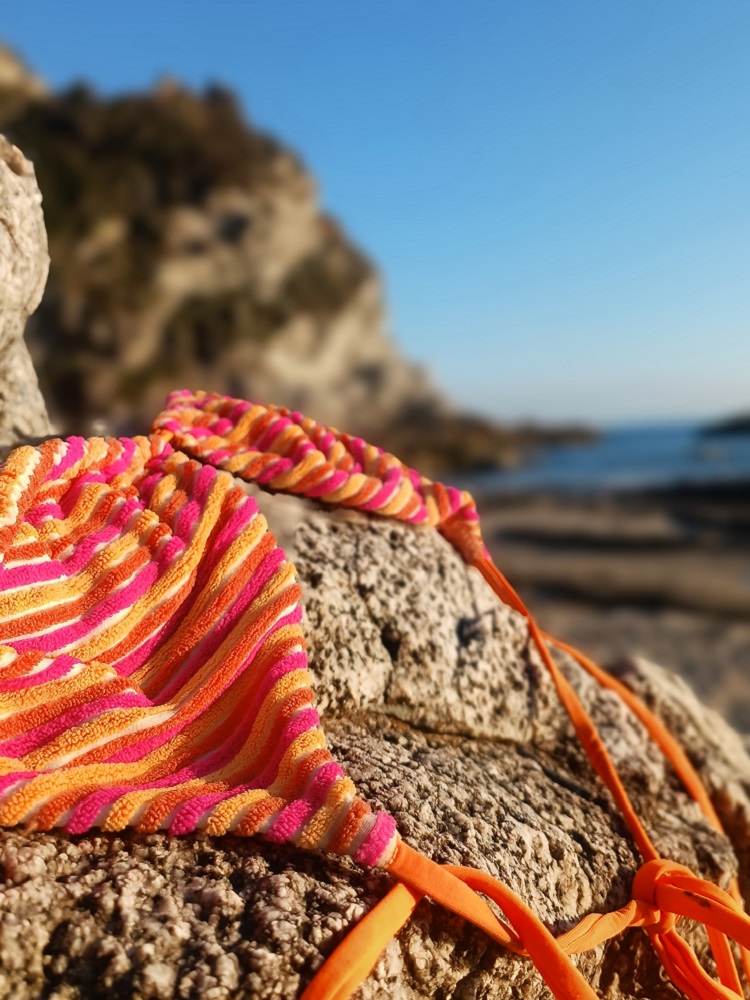
Pentedattilo (ghost town)
https://maps.app.goo.gl/VAvz5cKLDXQw5STU8
We could not go but we wanted to:
- Ragusa
- Agrigento Museo archeologico regionale Pietro Griffo
- Selinunte
- Sciacca
- Lido Scala dei Turchi
- Capo Bianco
- Trapani
- San Vito Lo Copo
- Scopello
- Terrasini
- Reggio Calabria – Museo Archeologico Nazionale di Reggio Calabria
